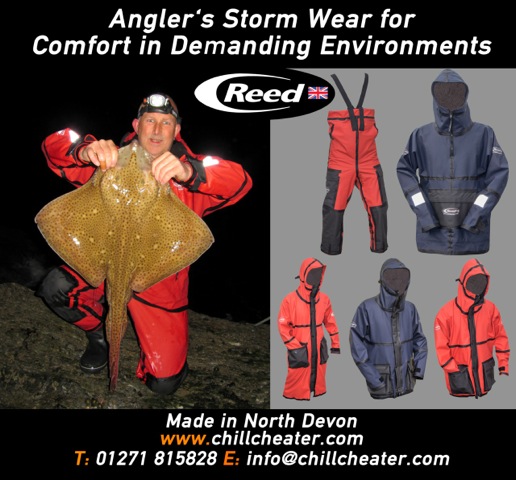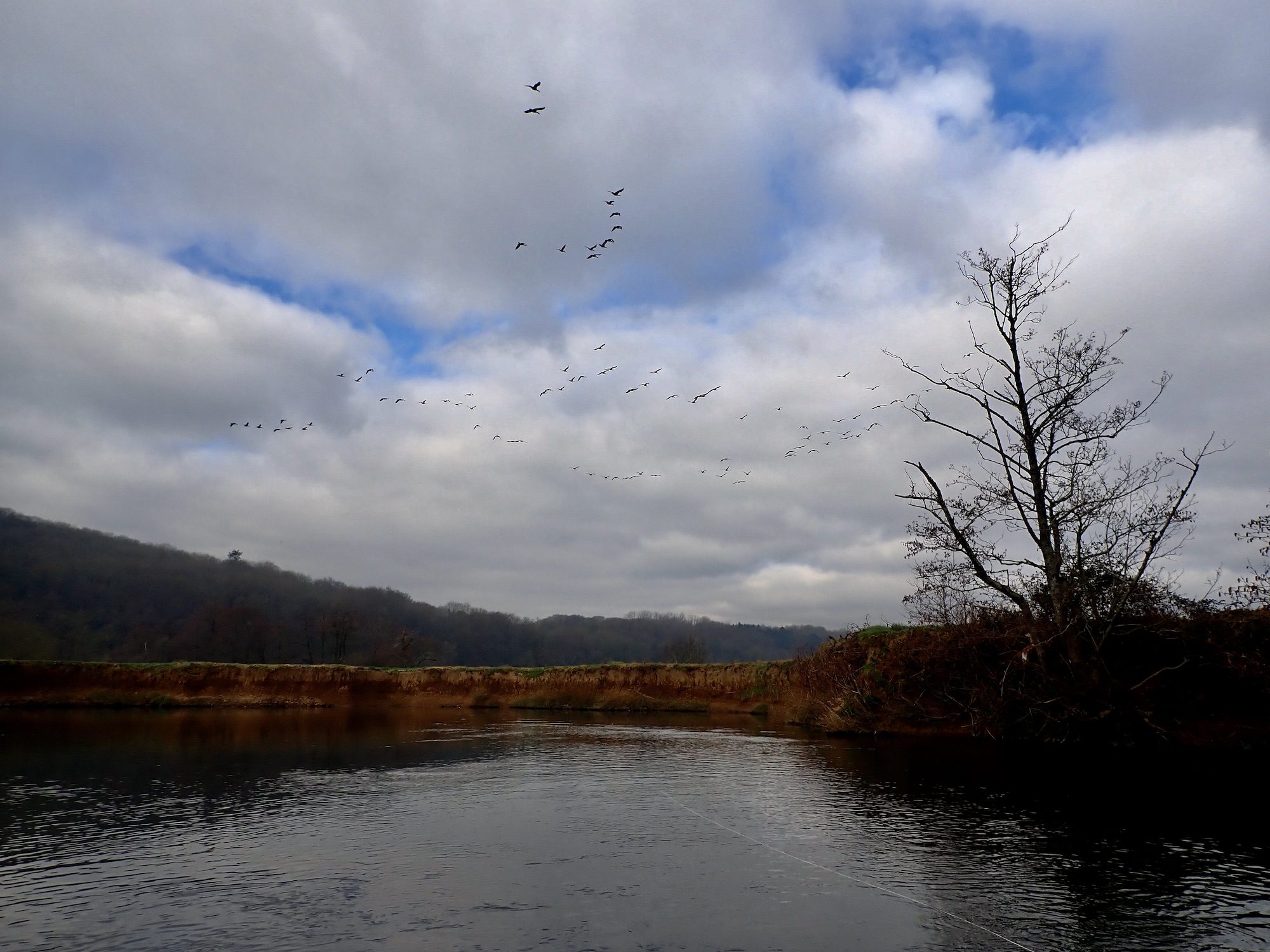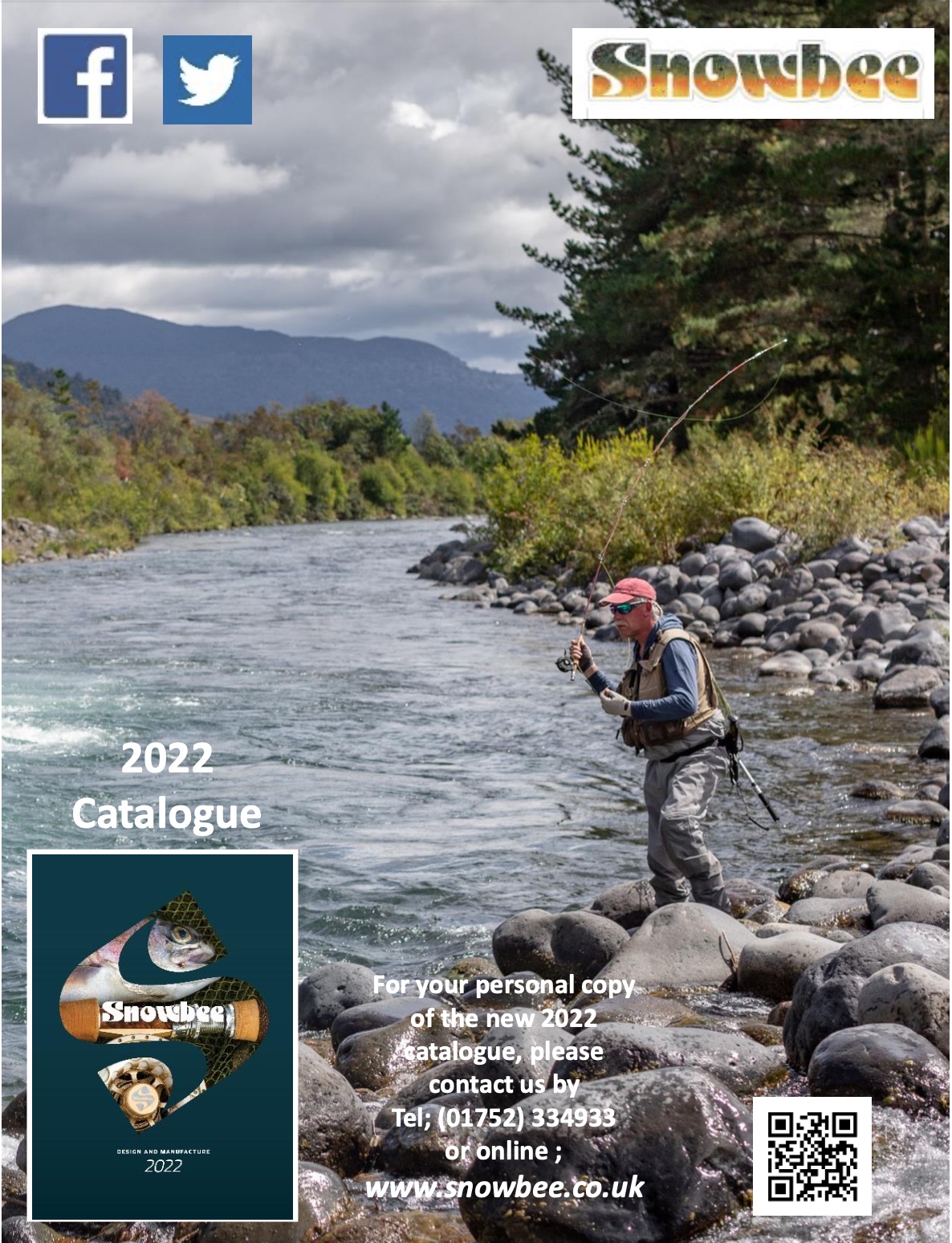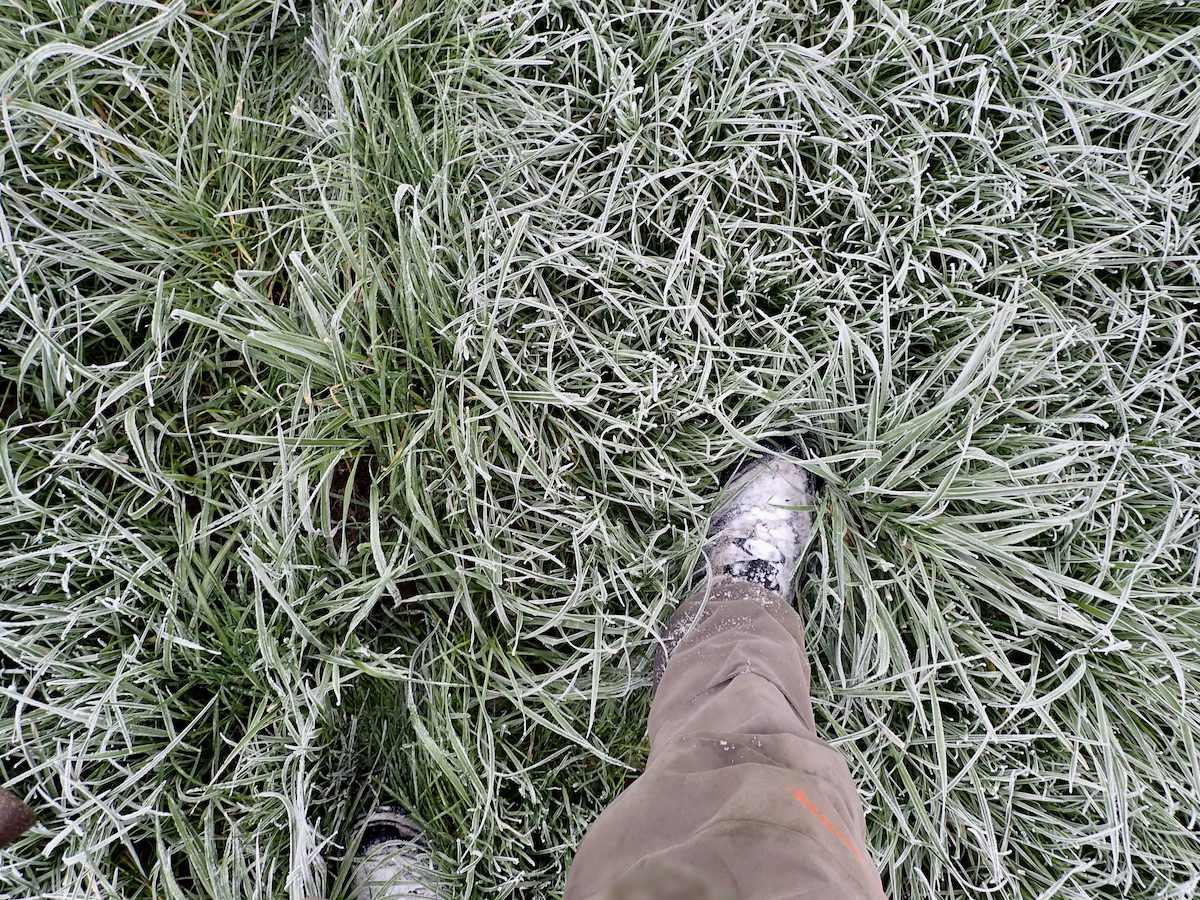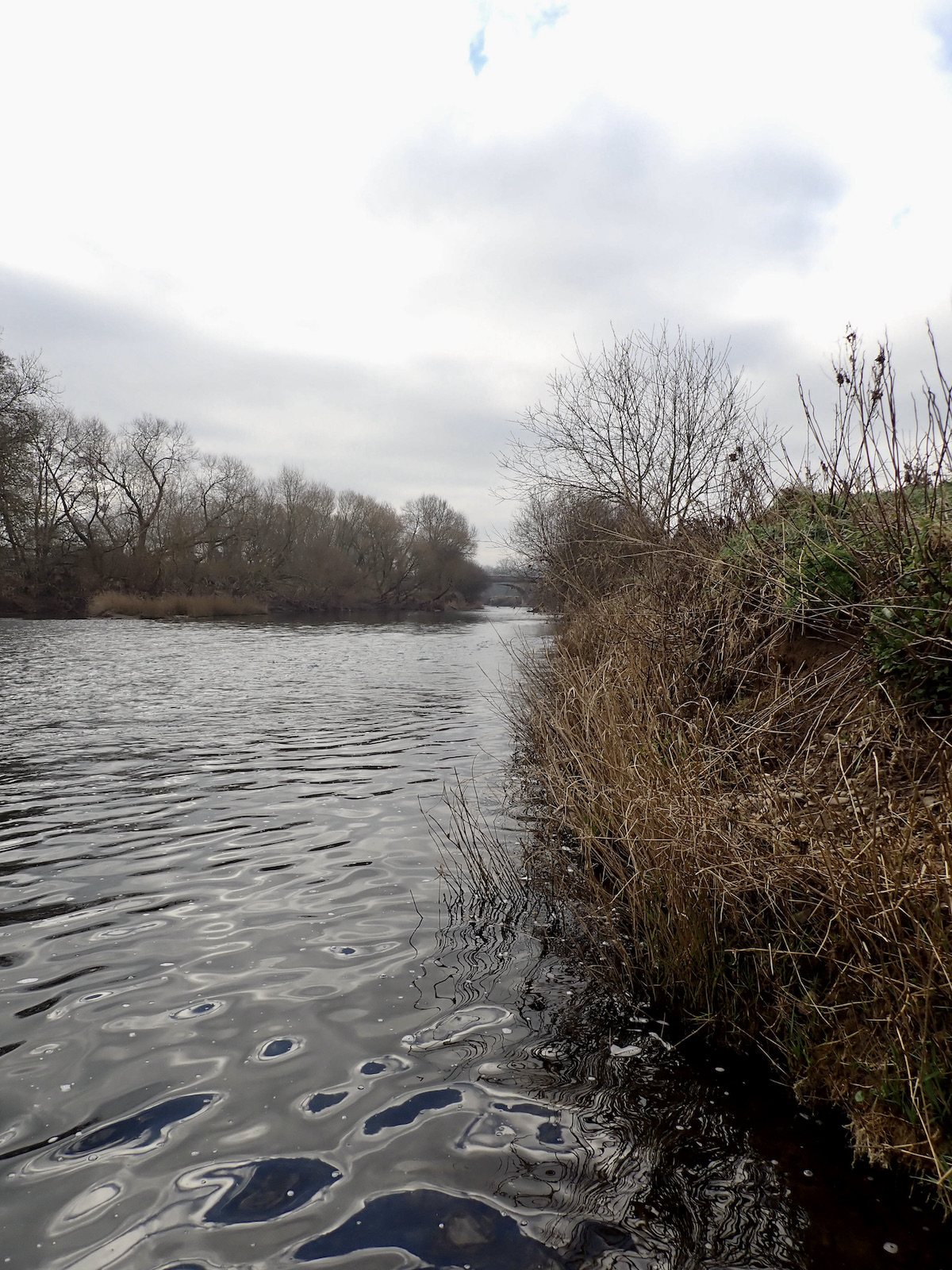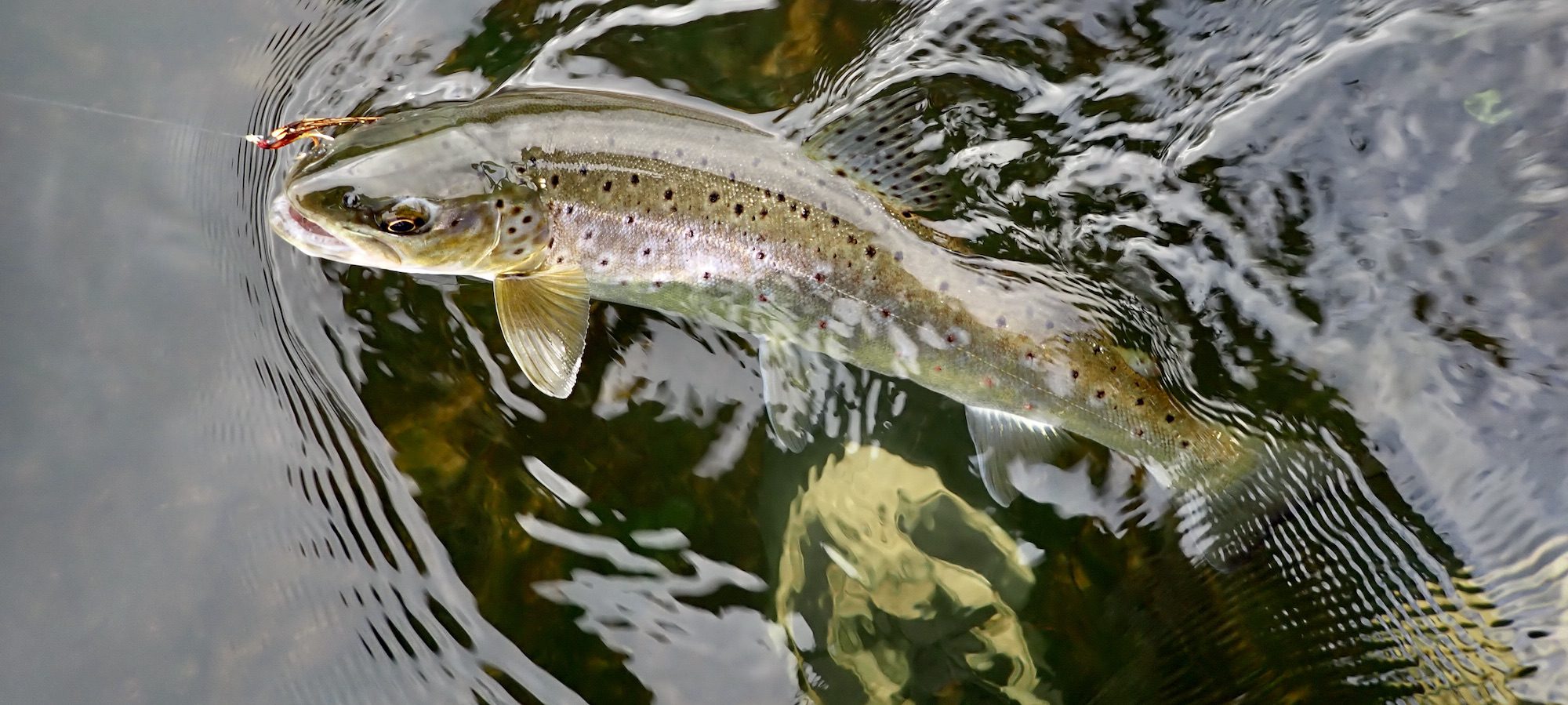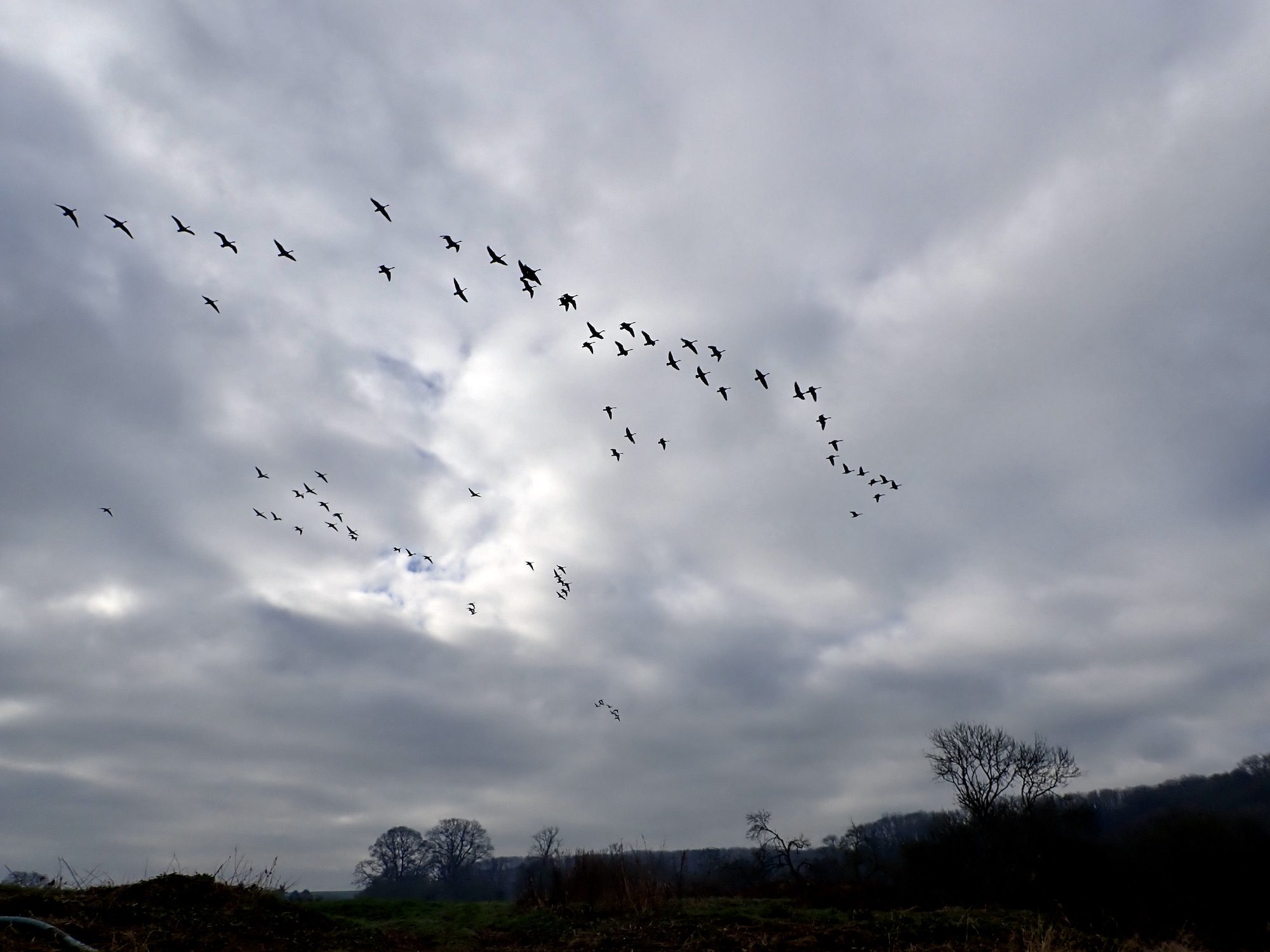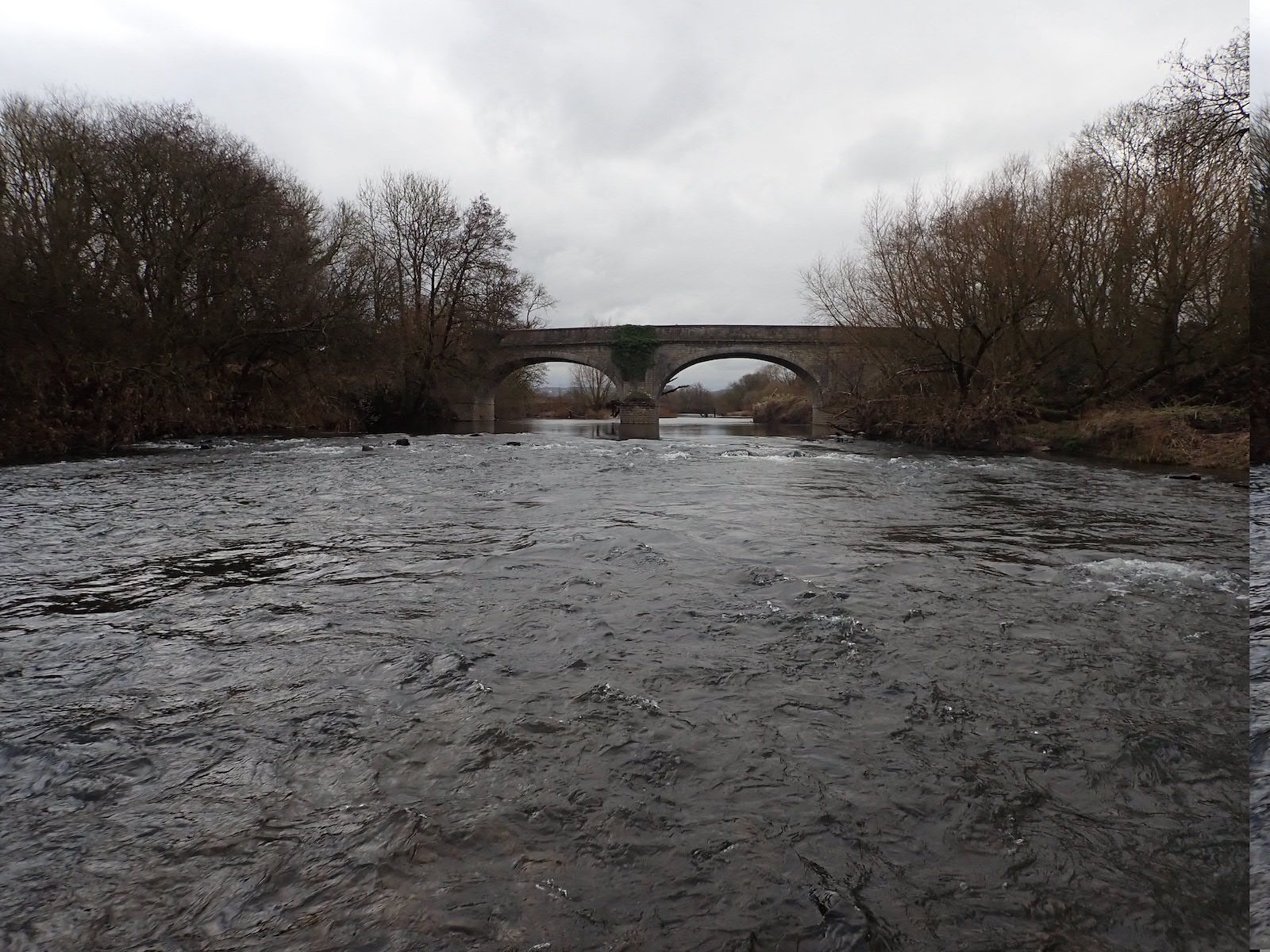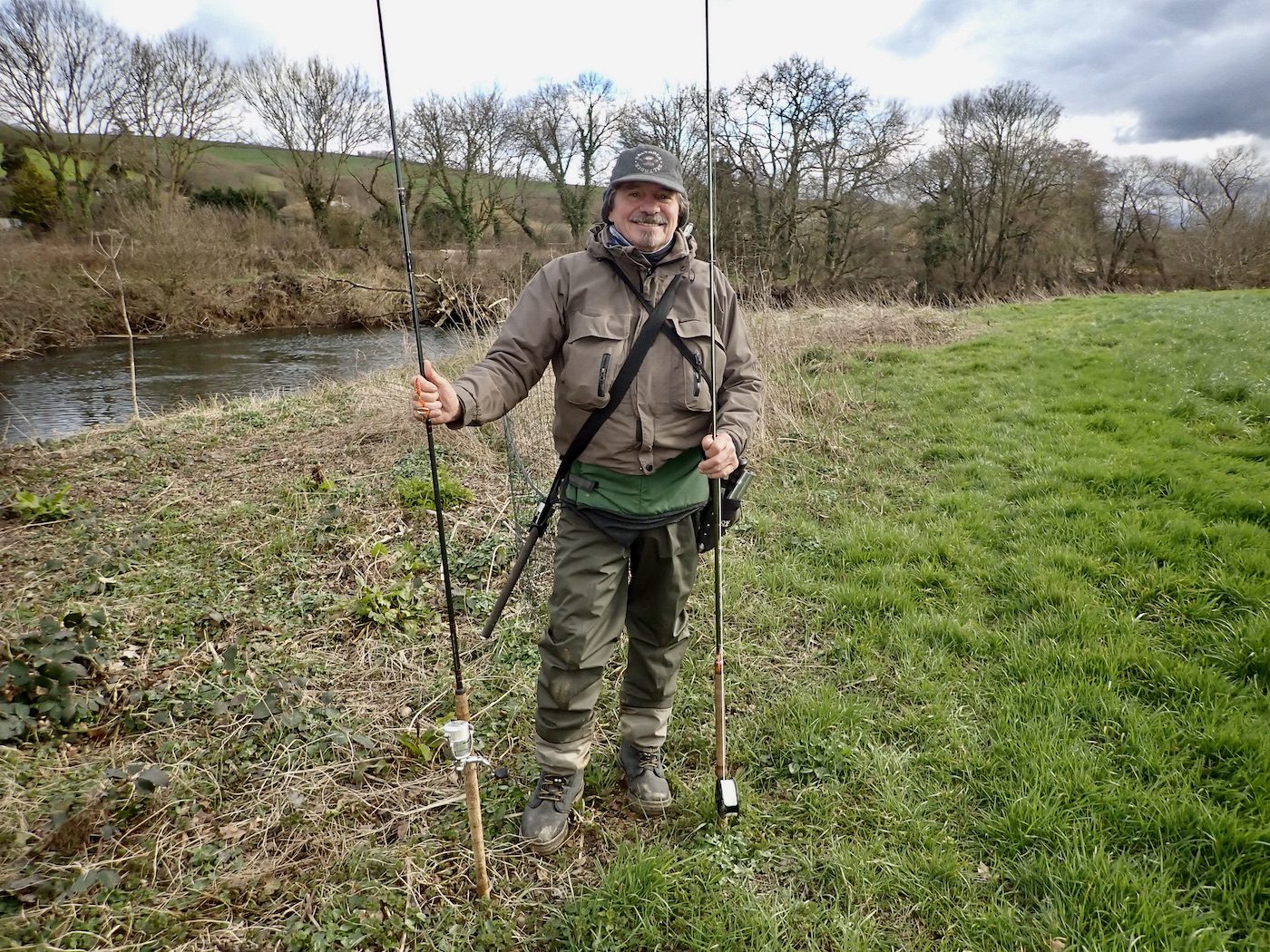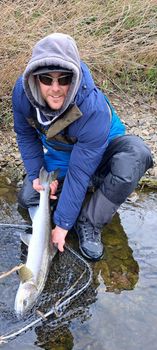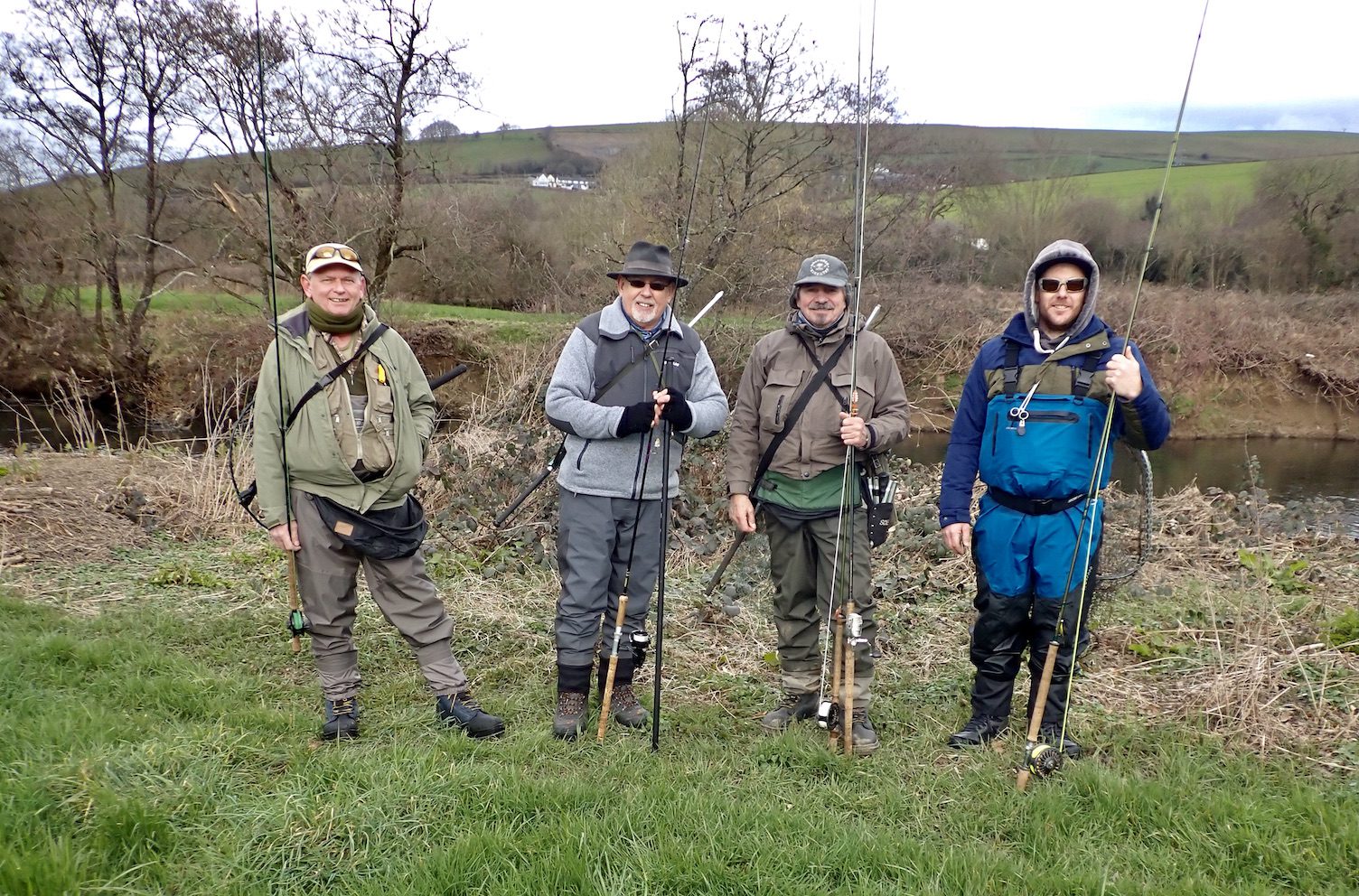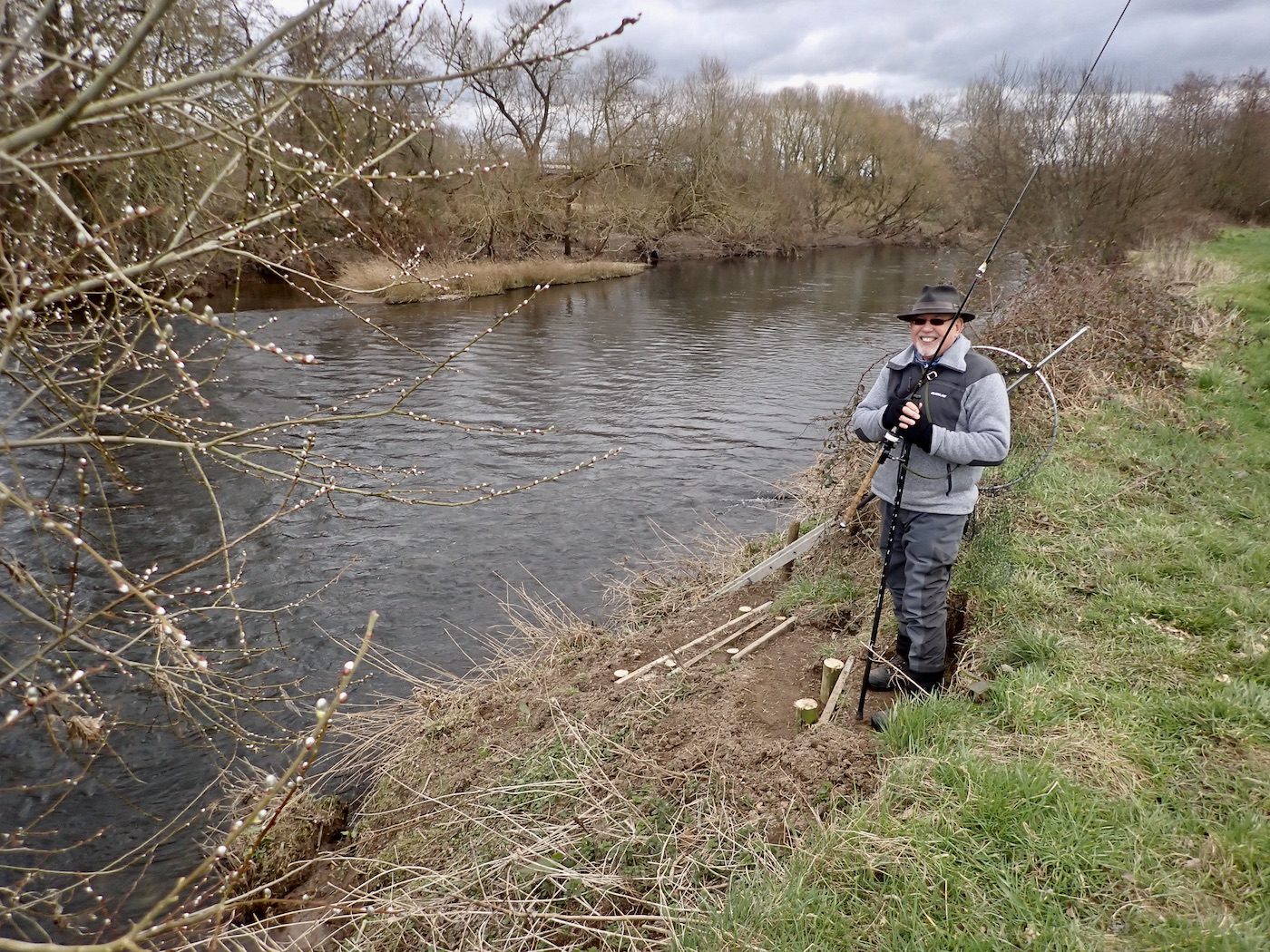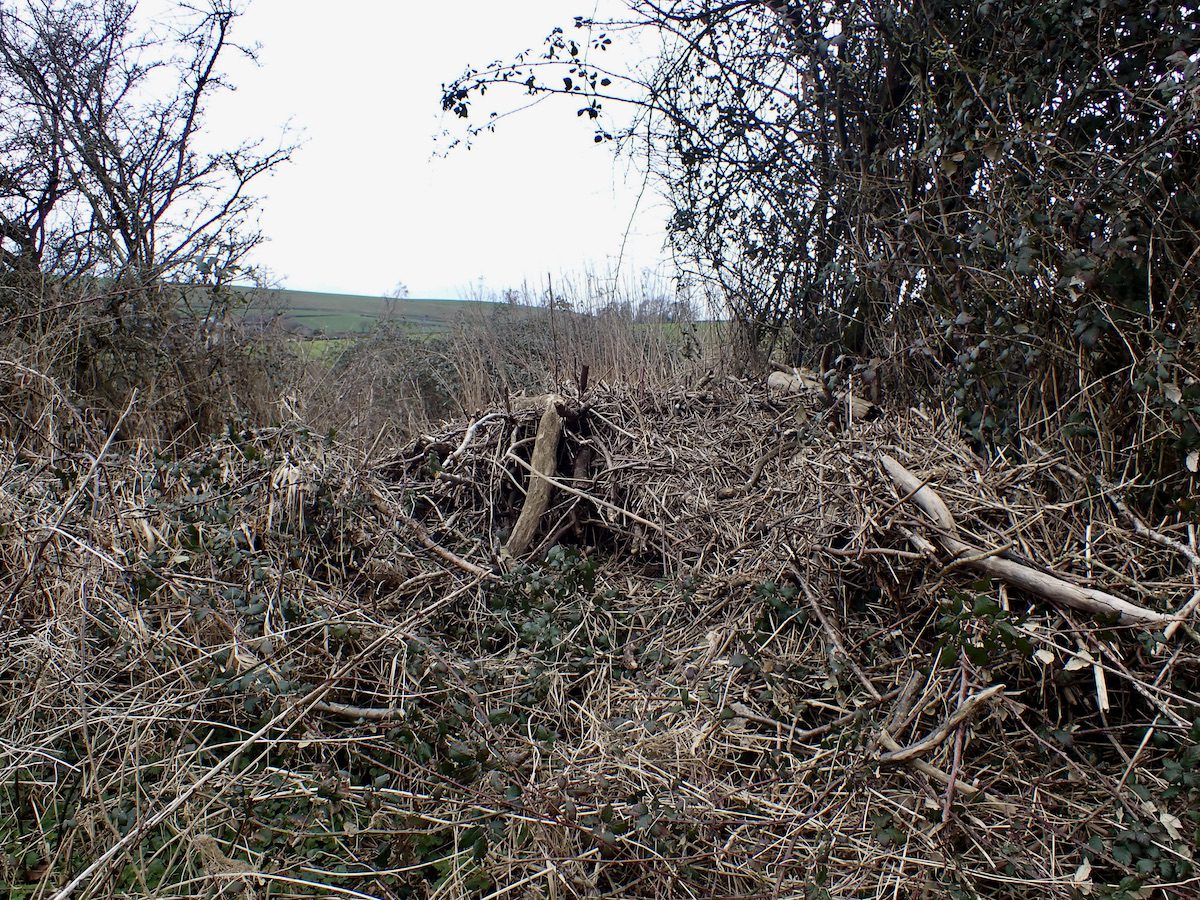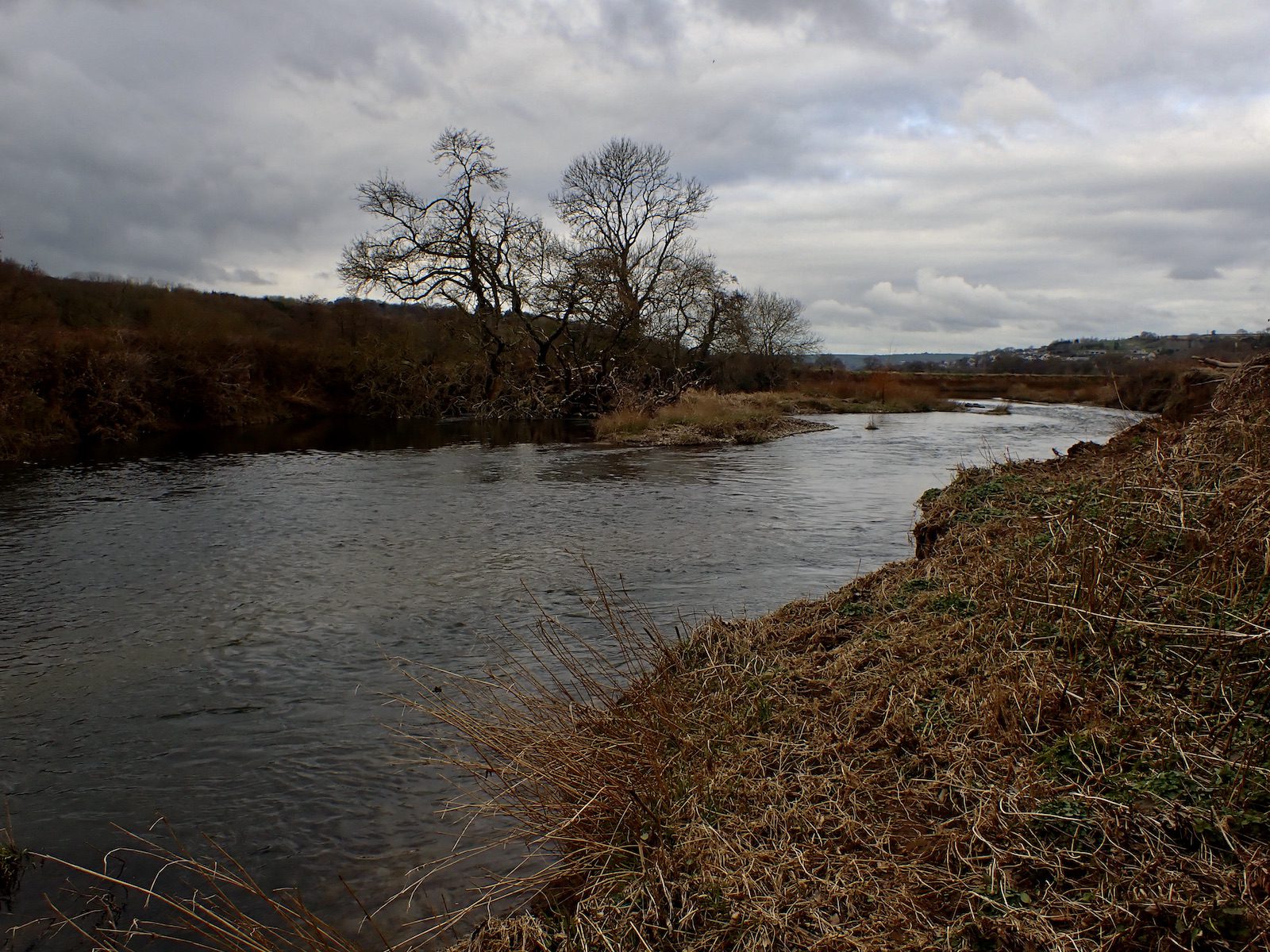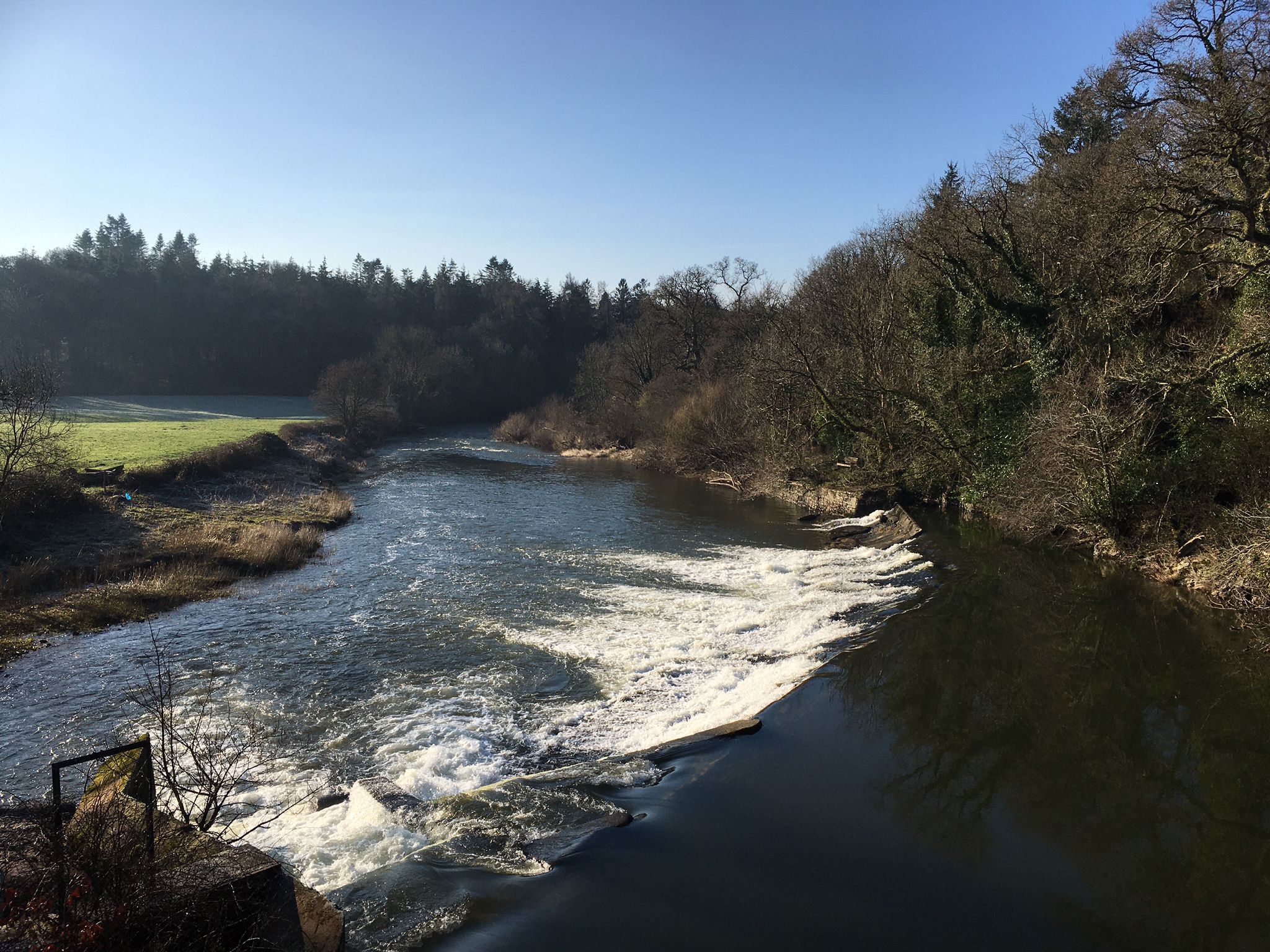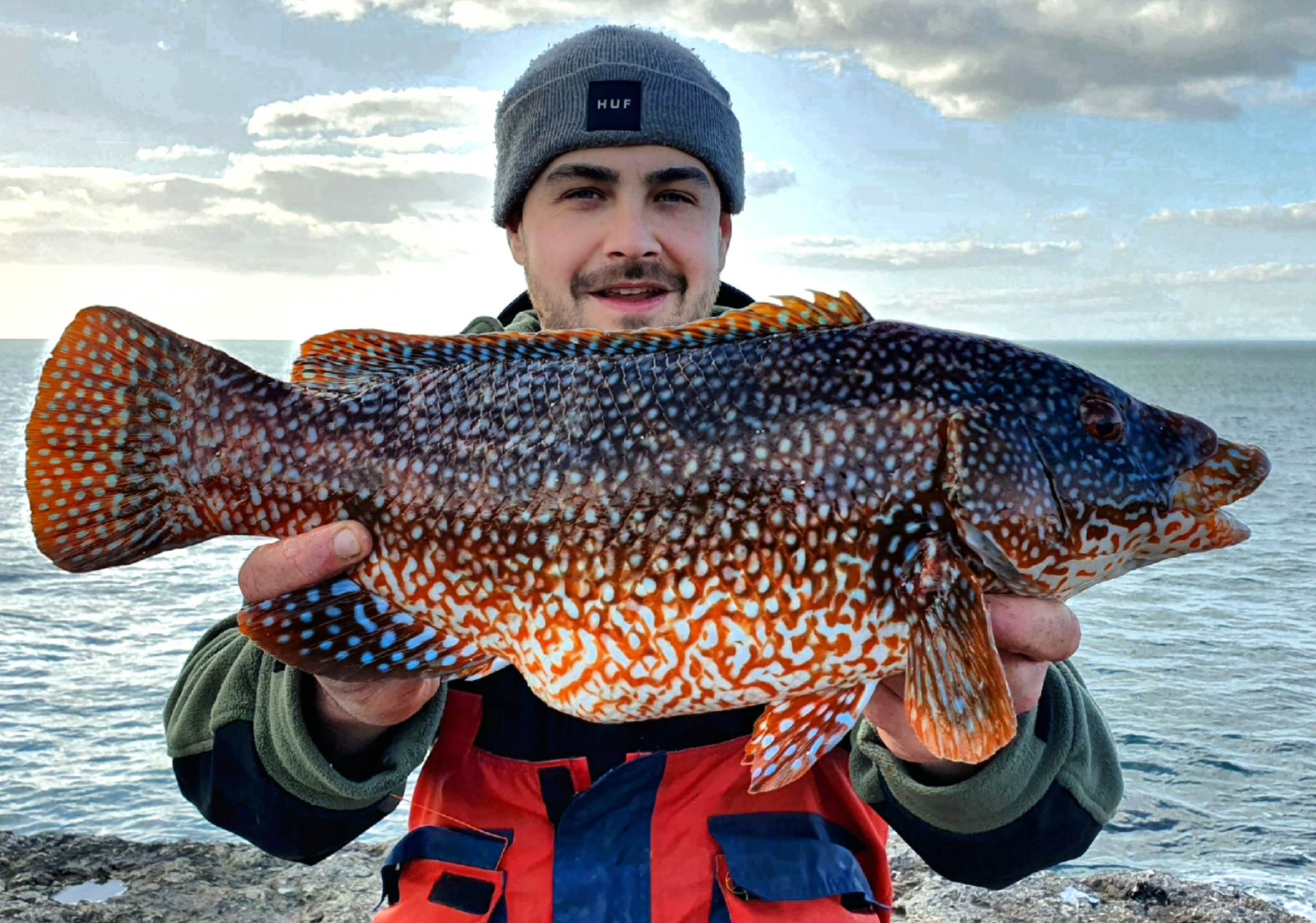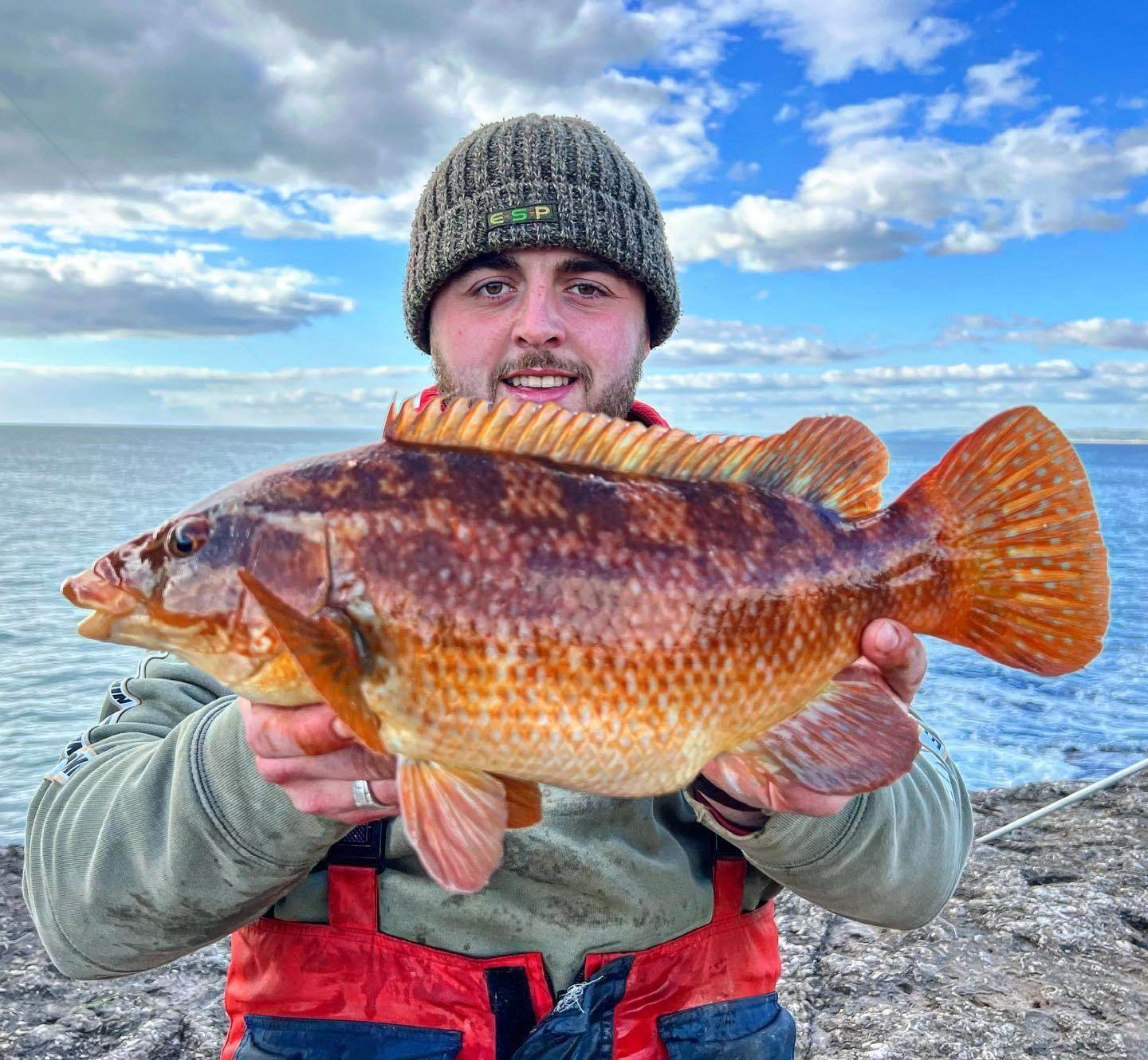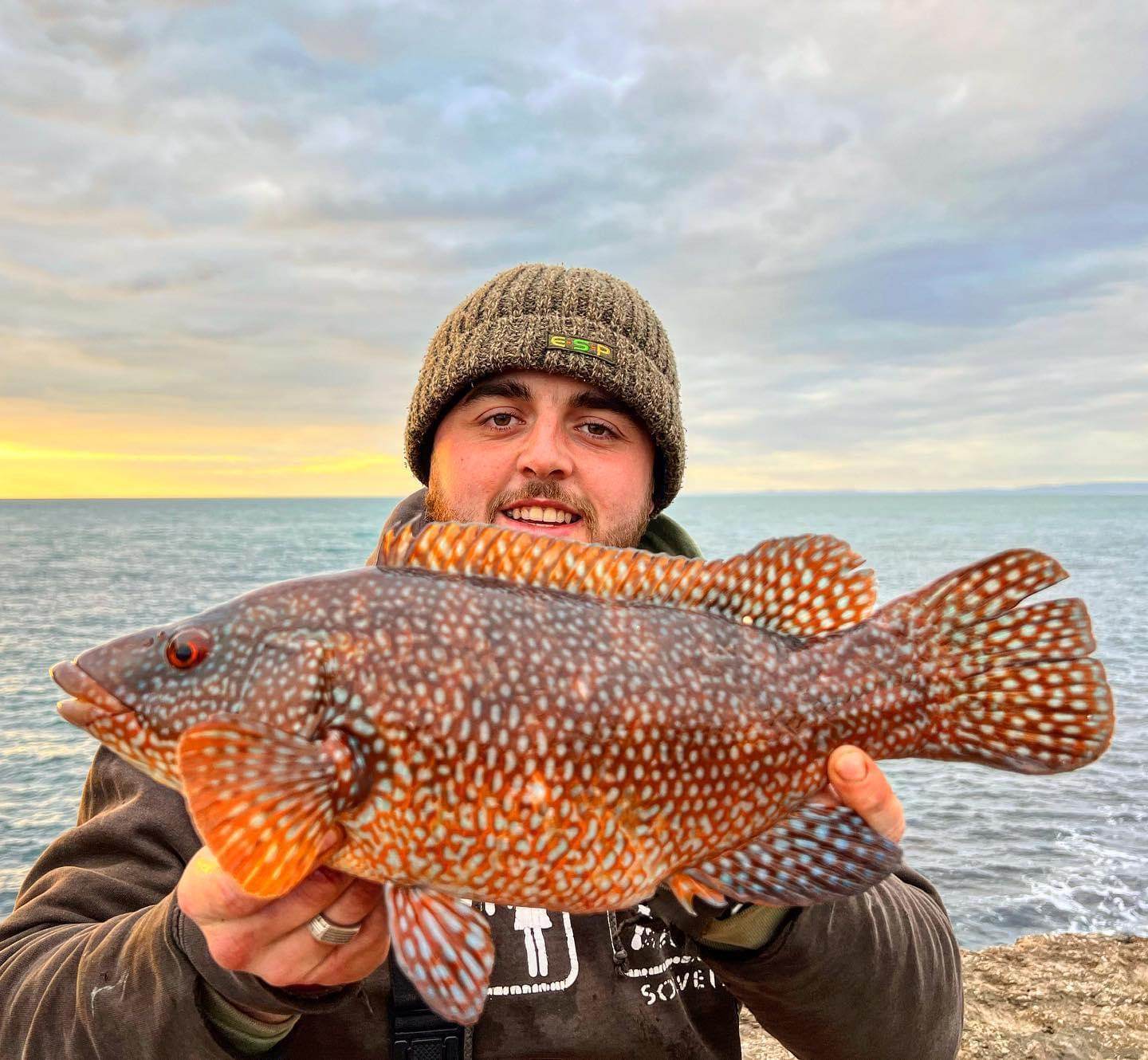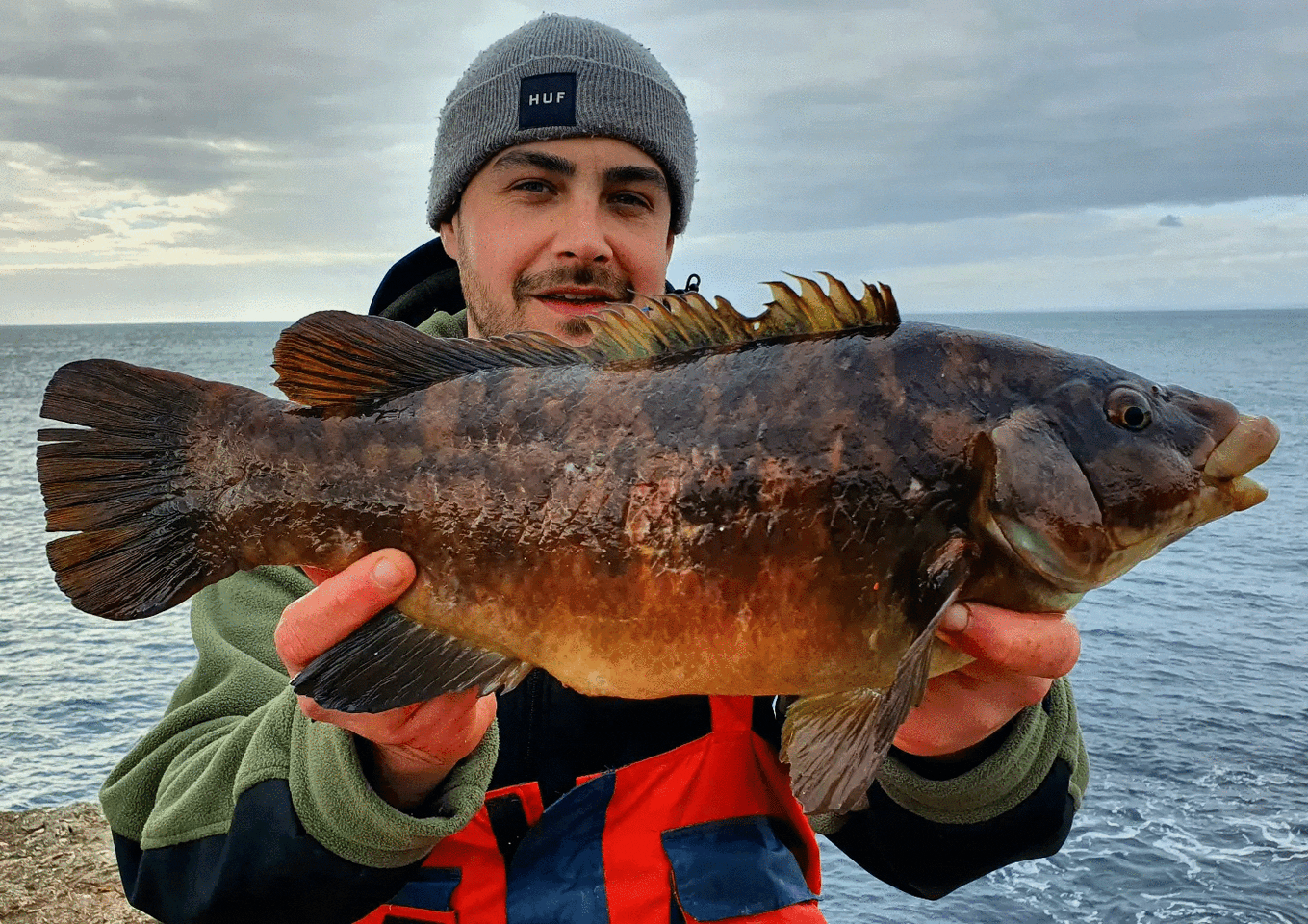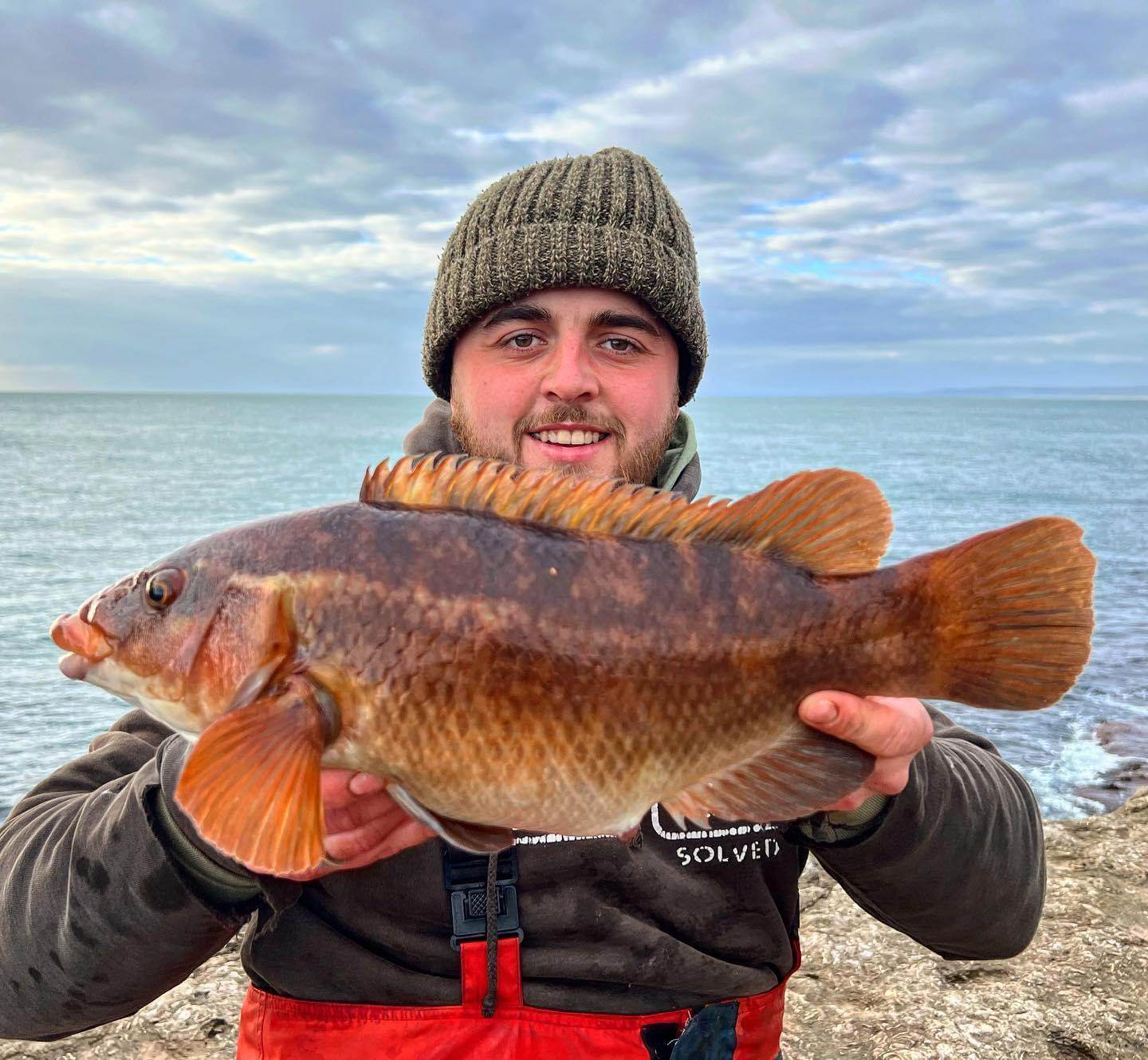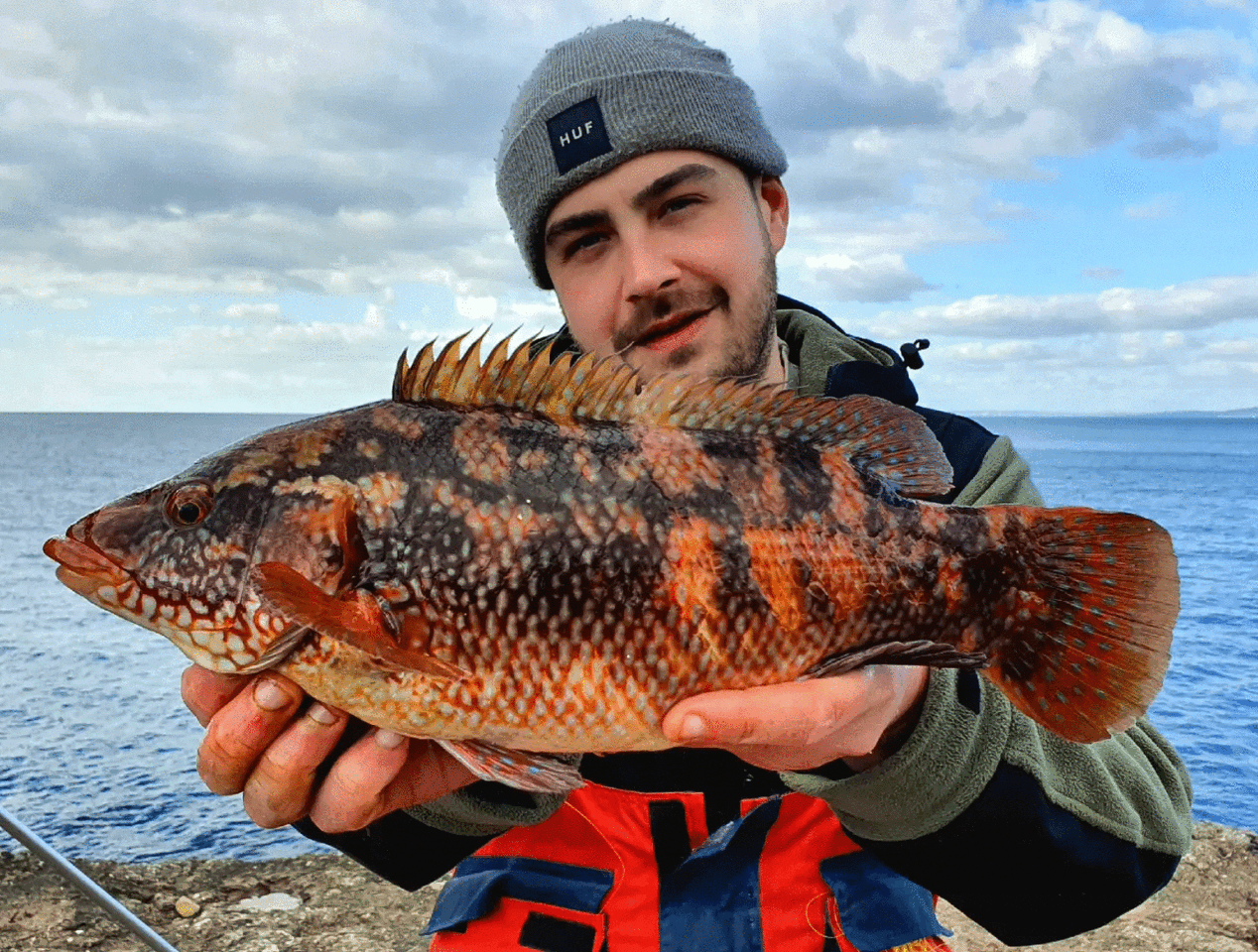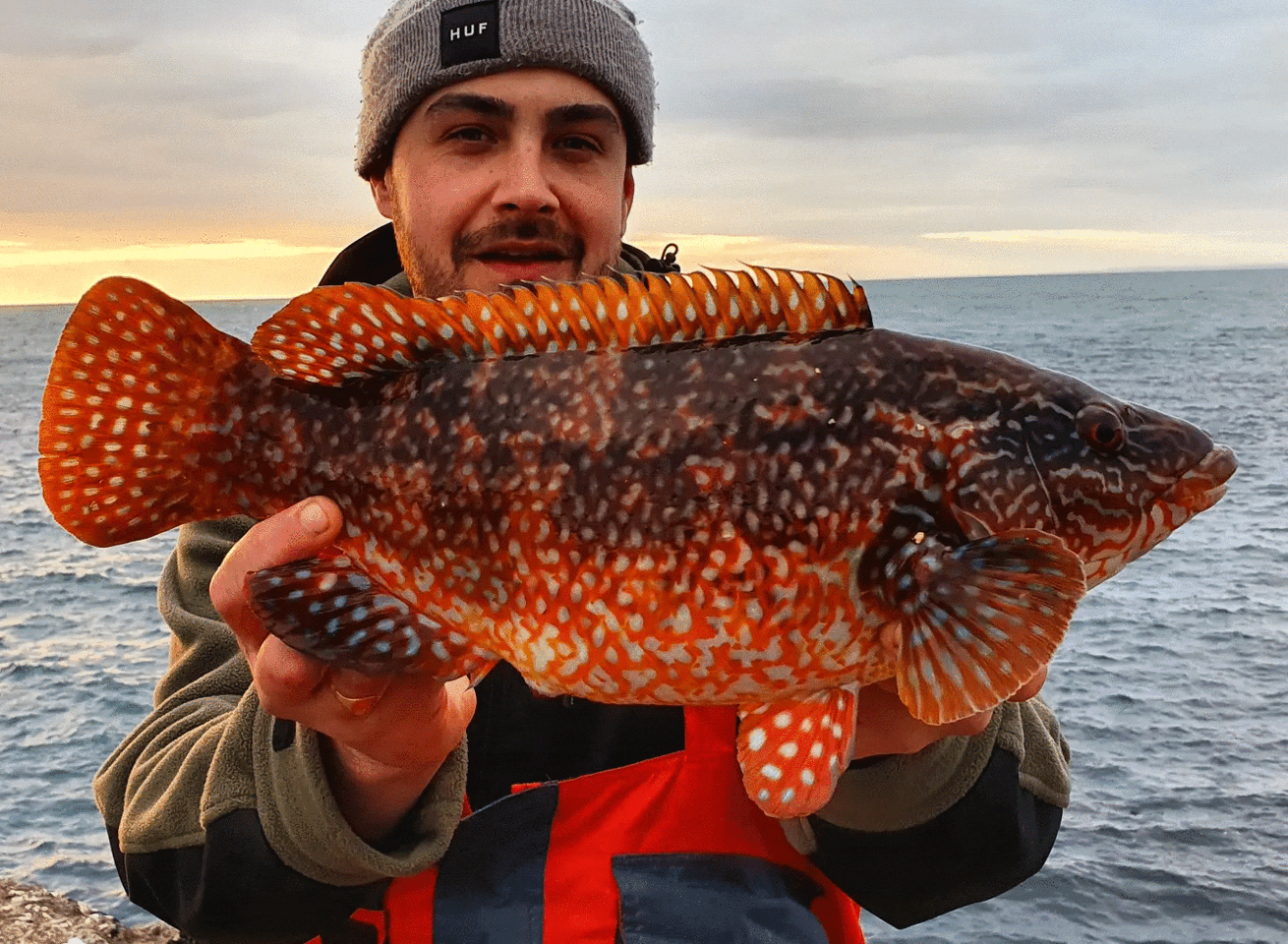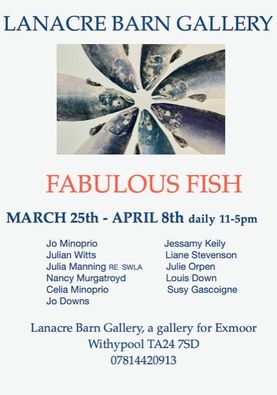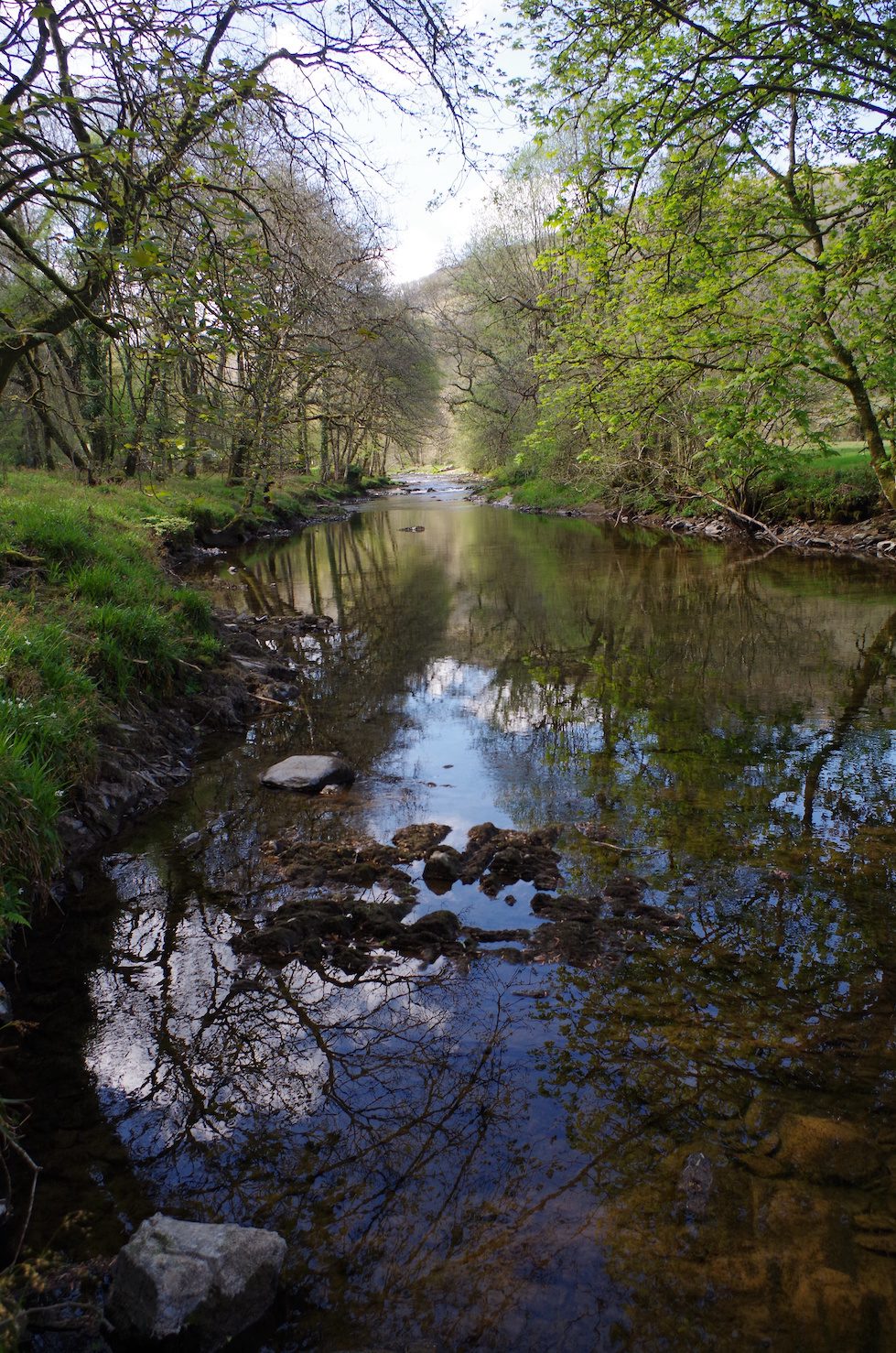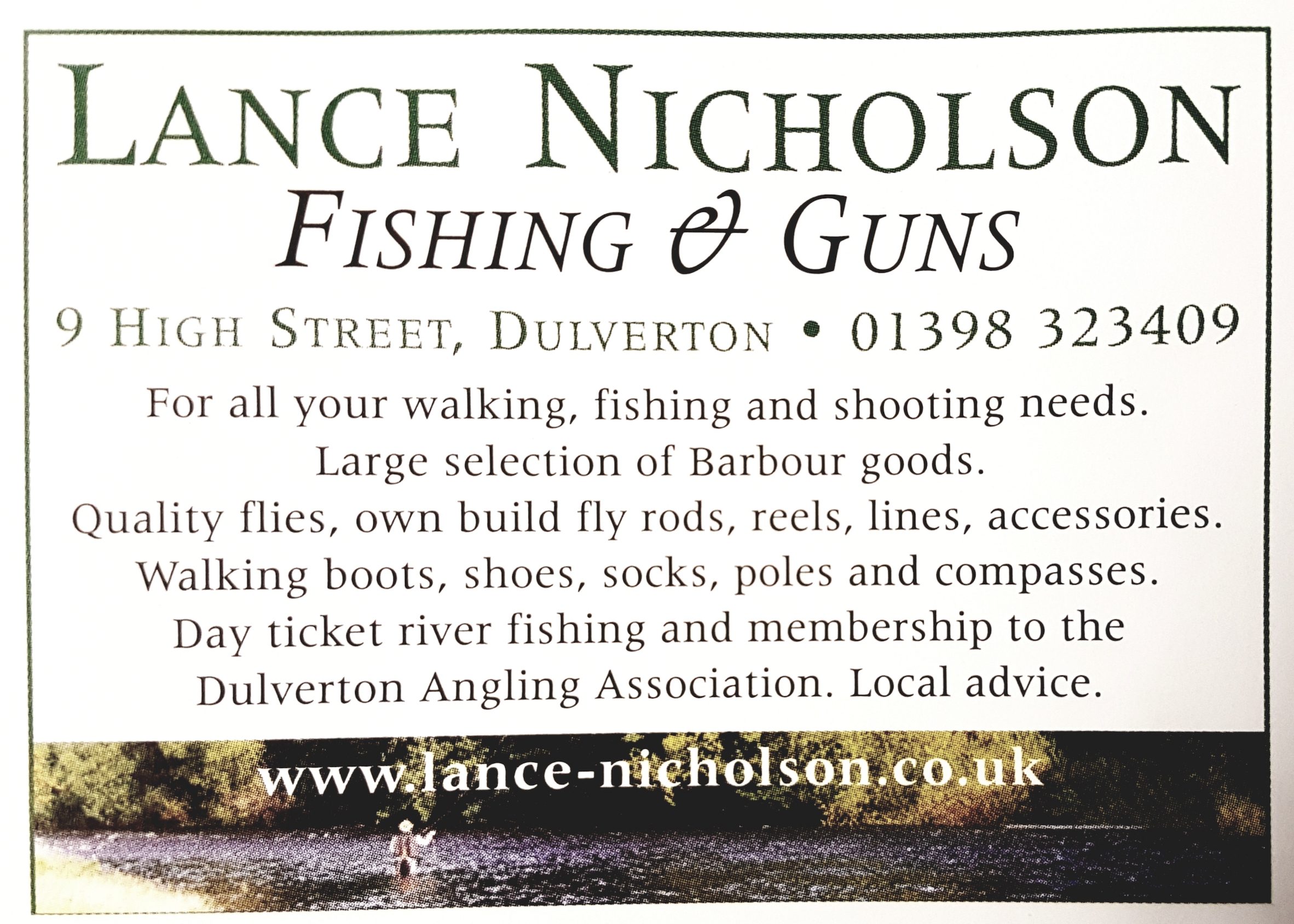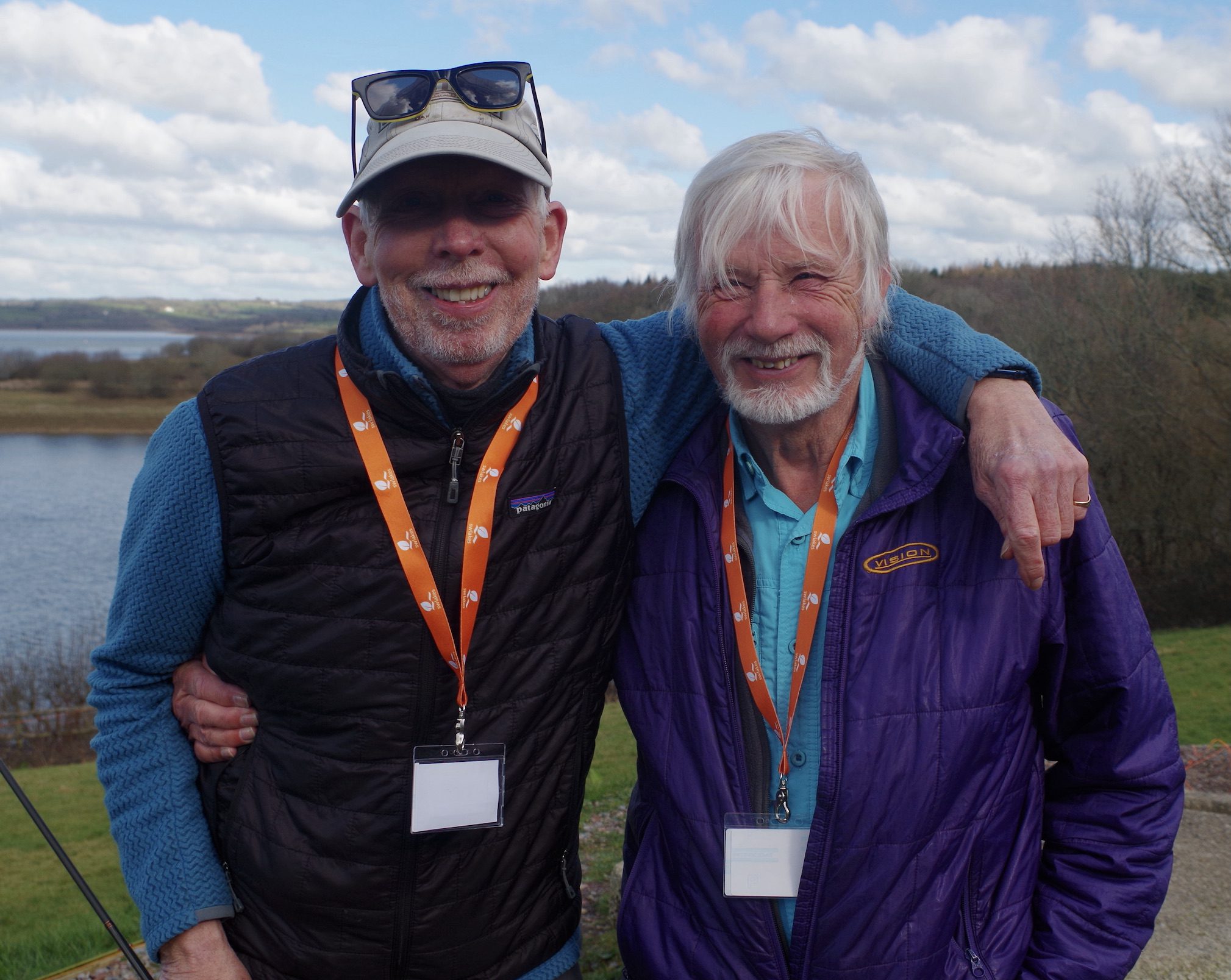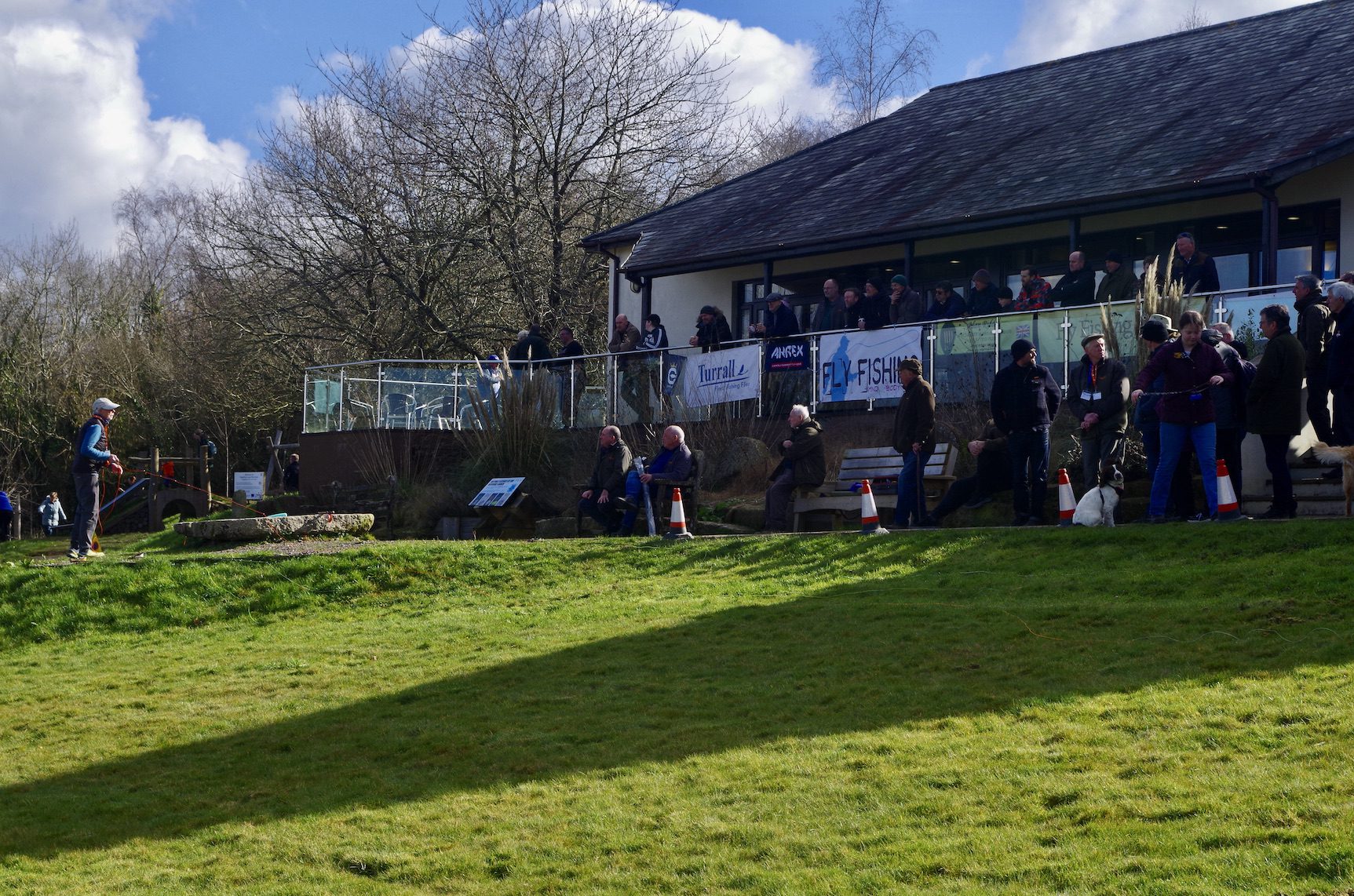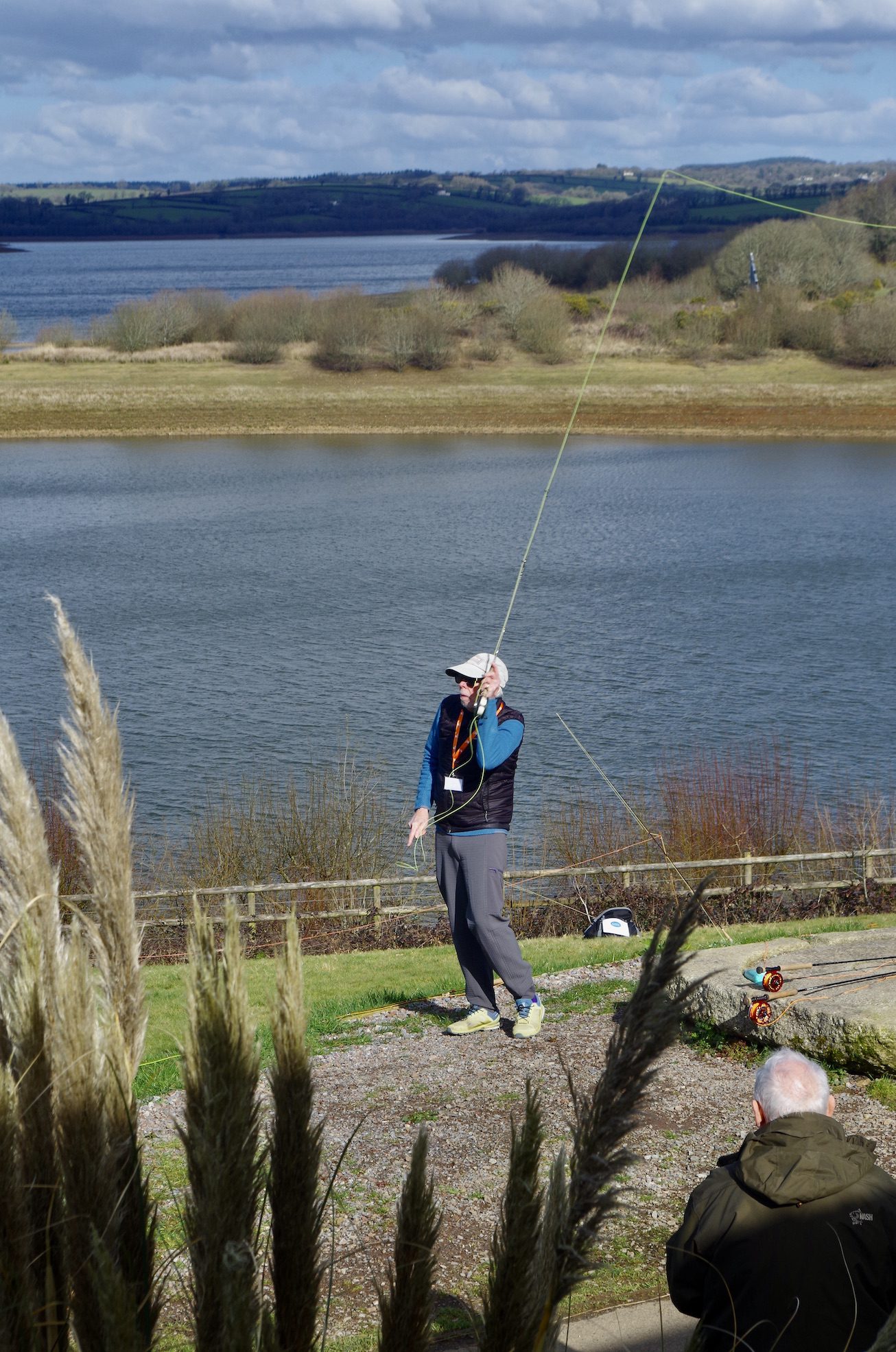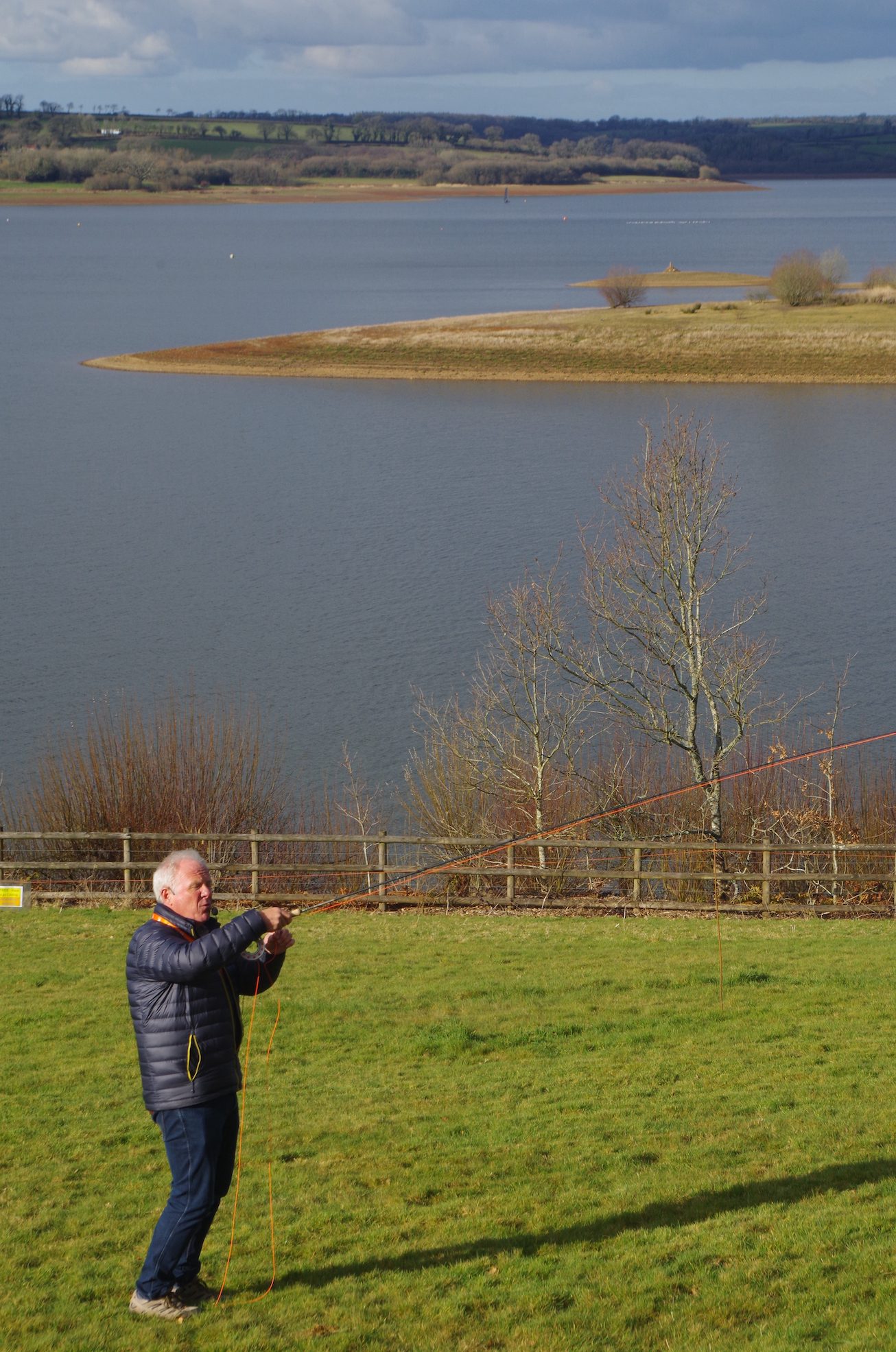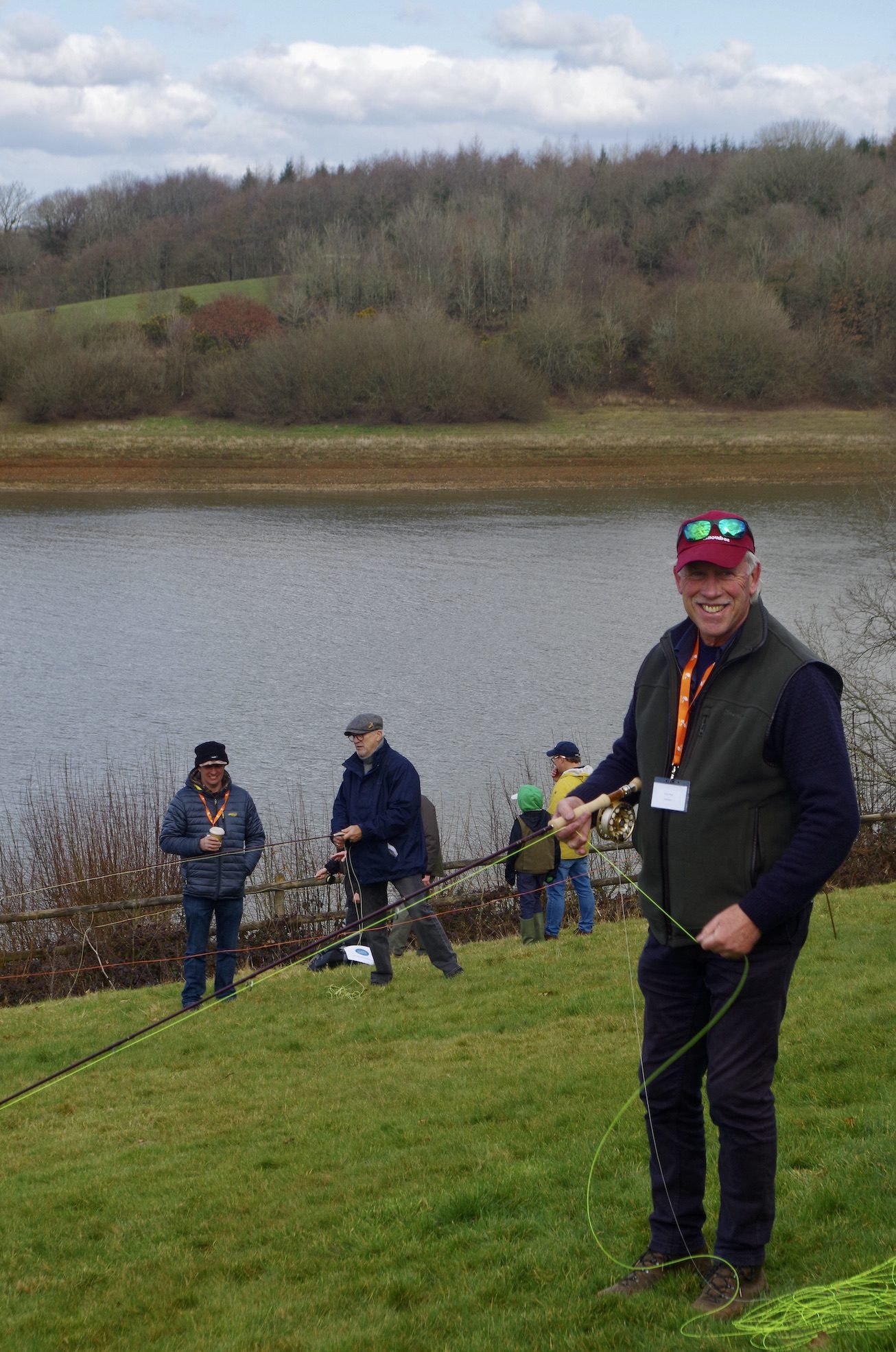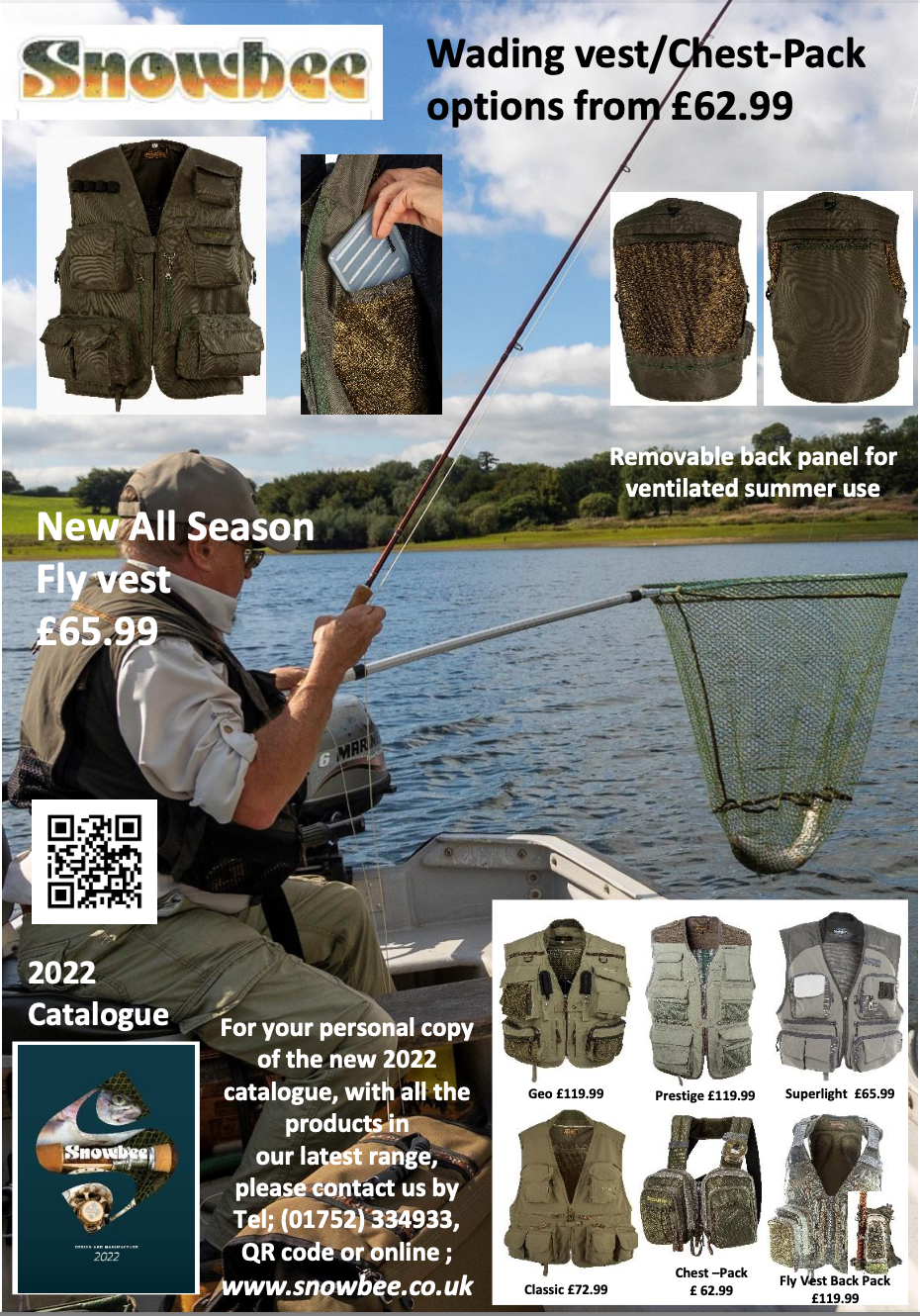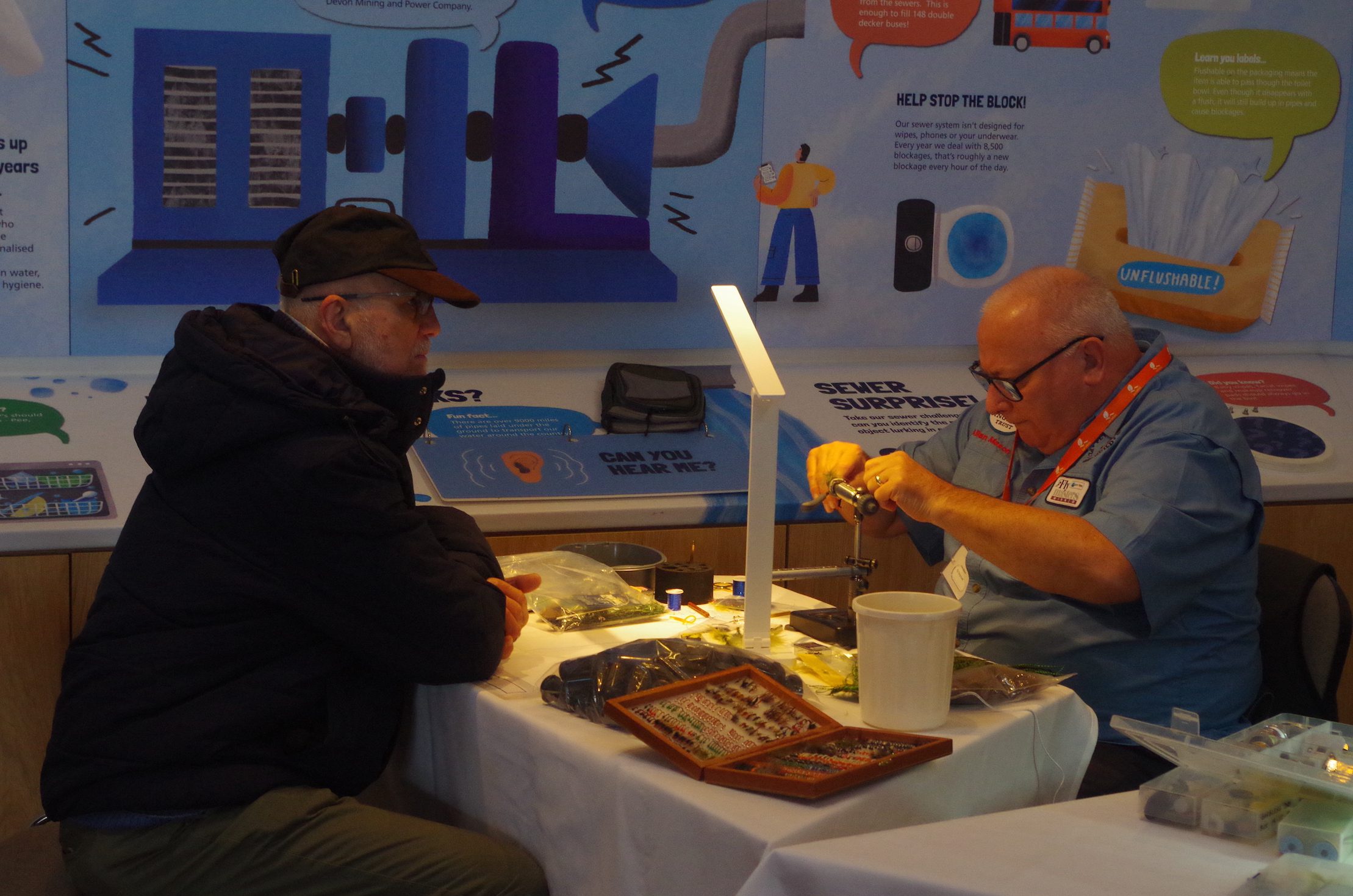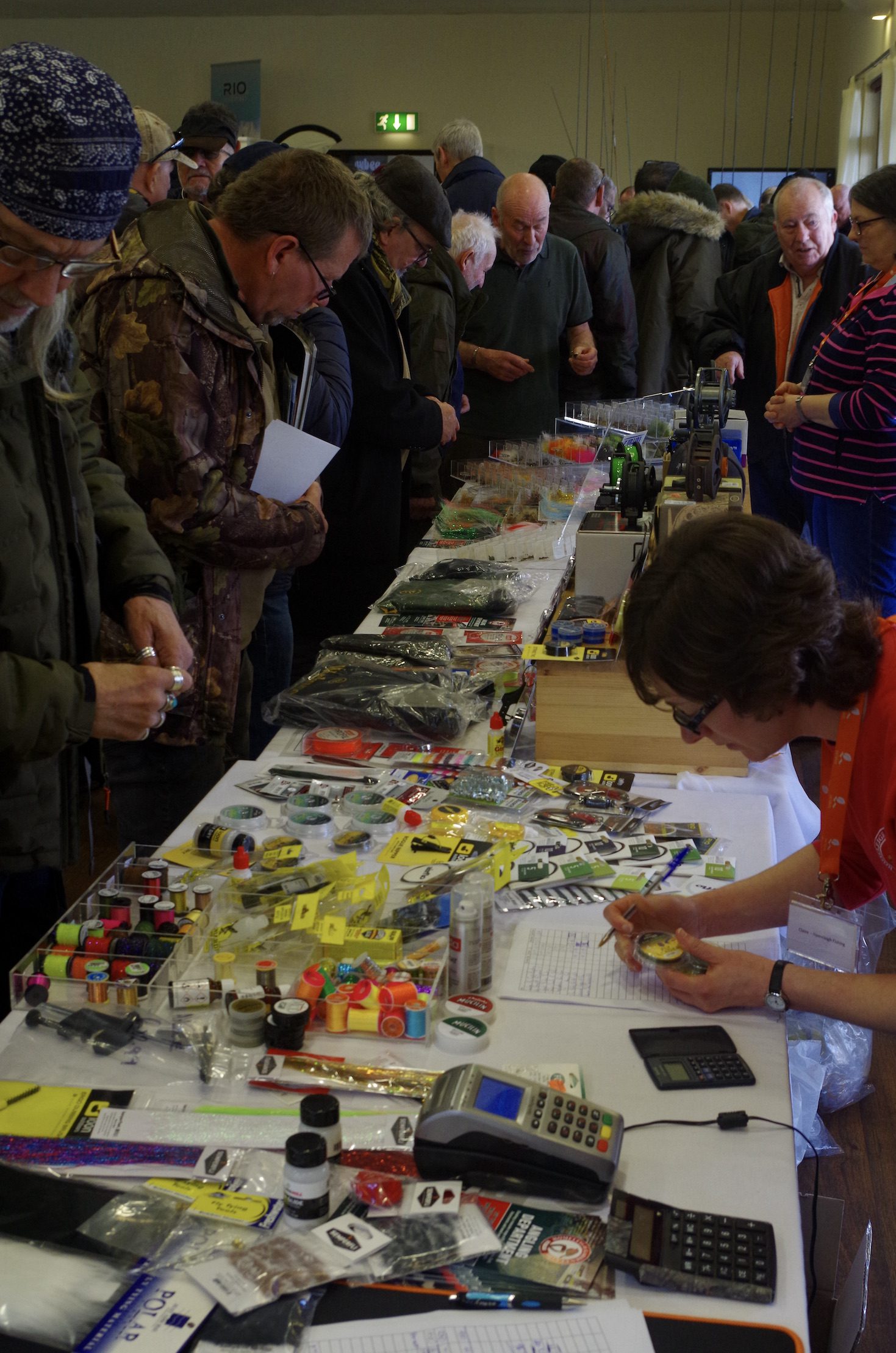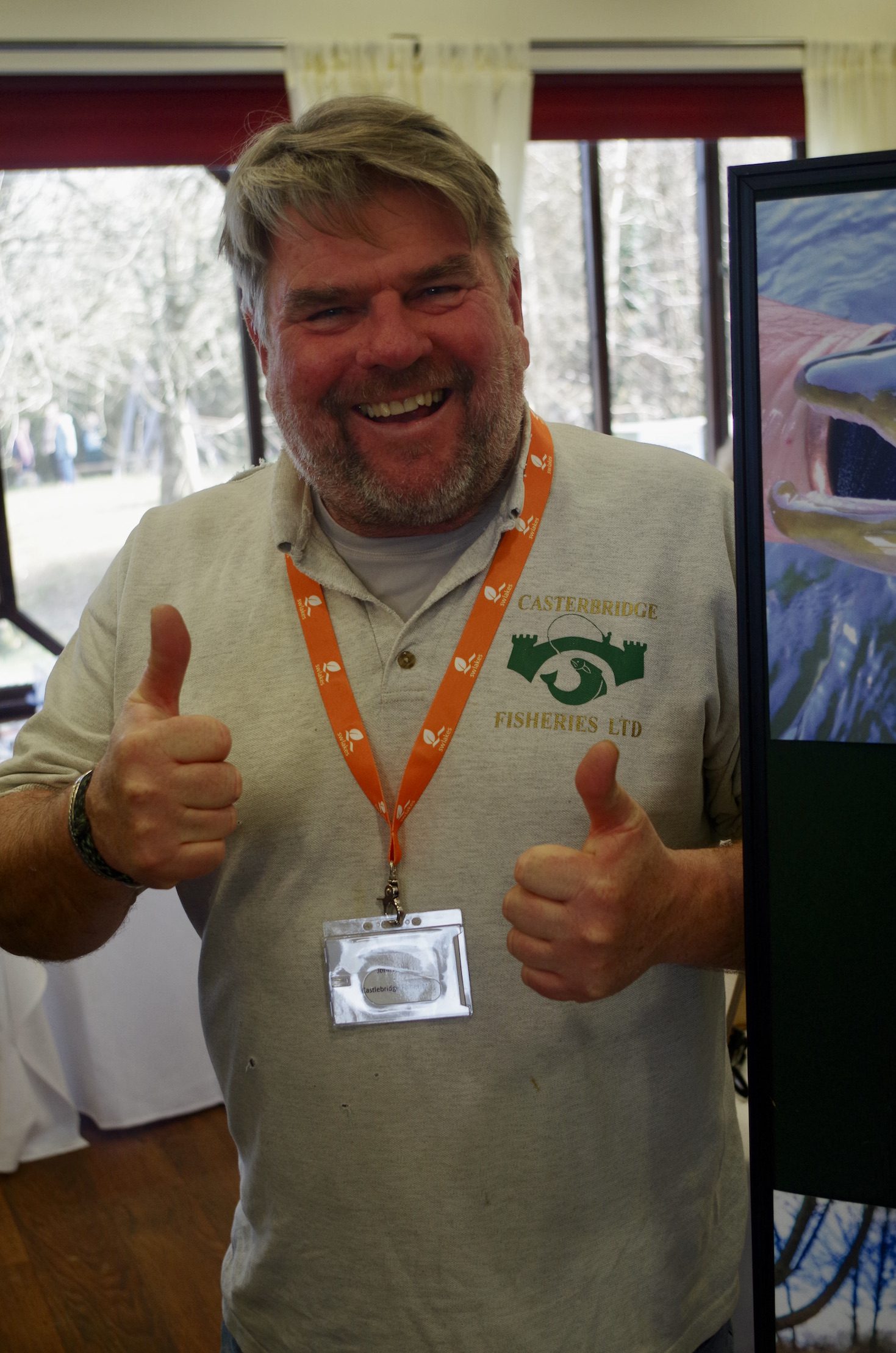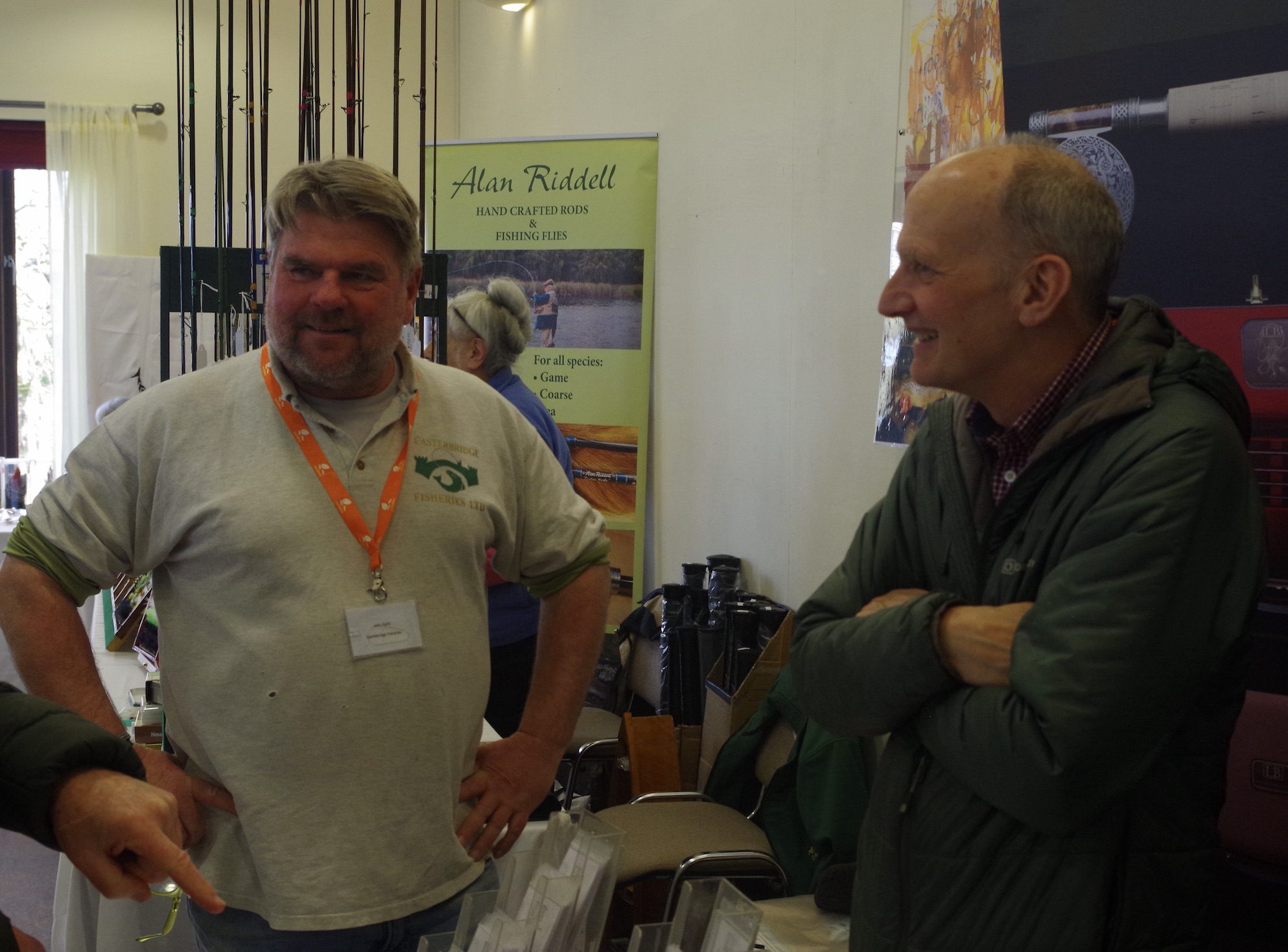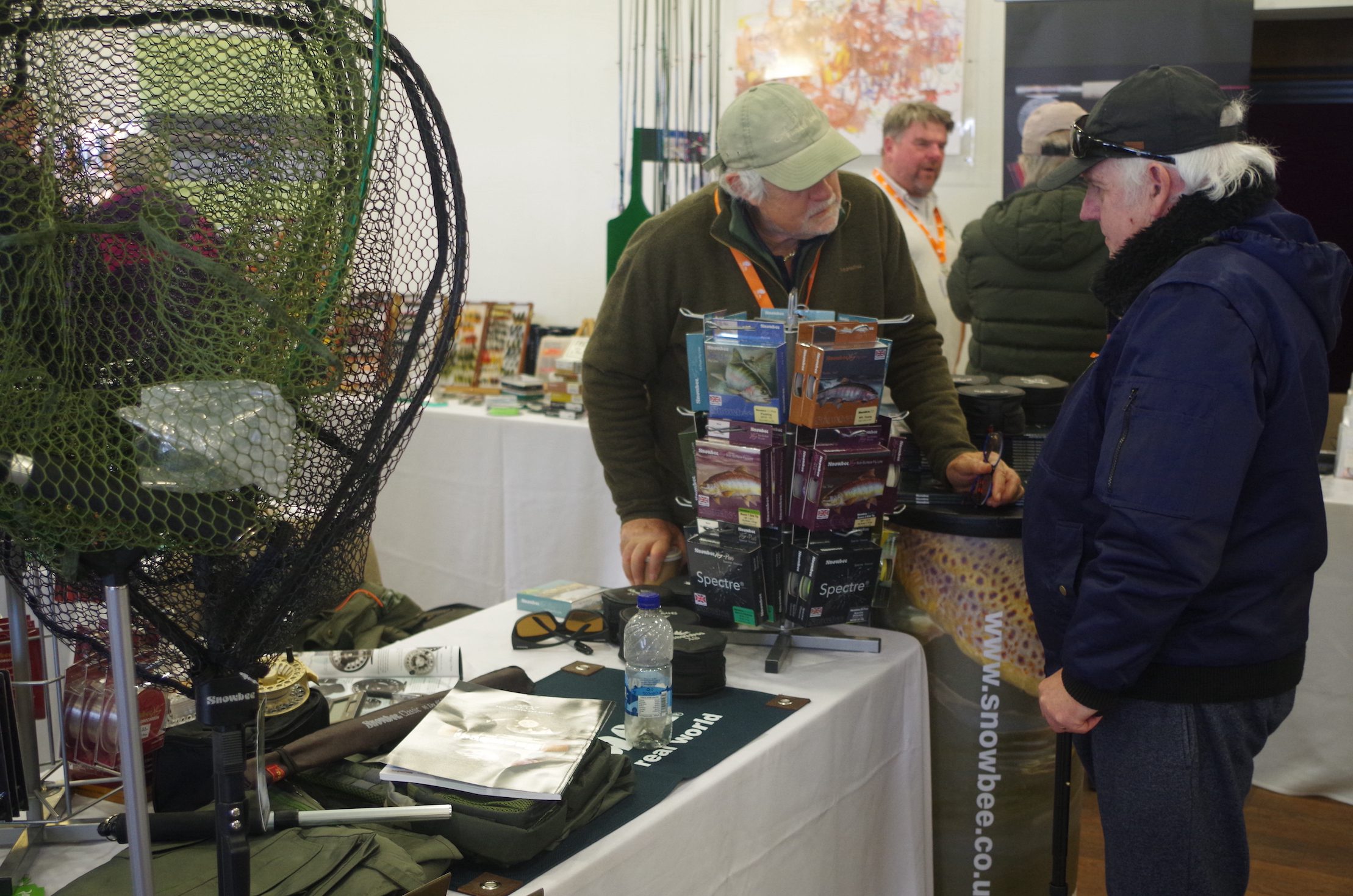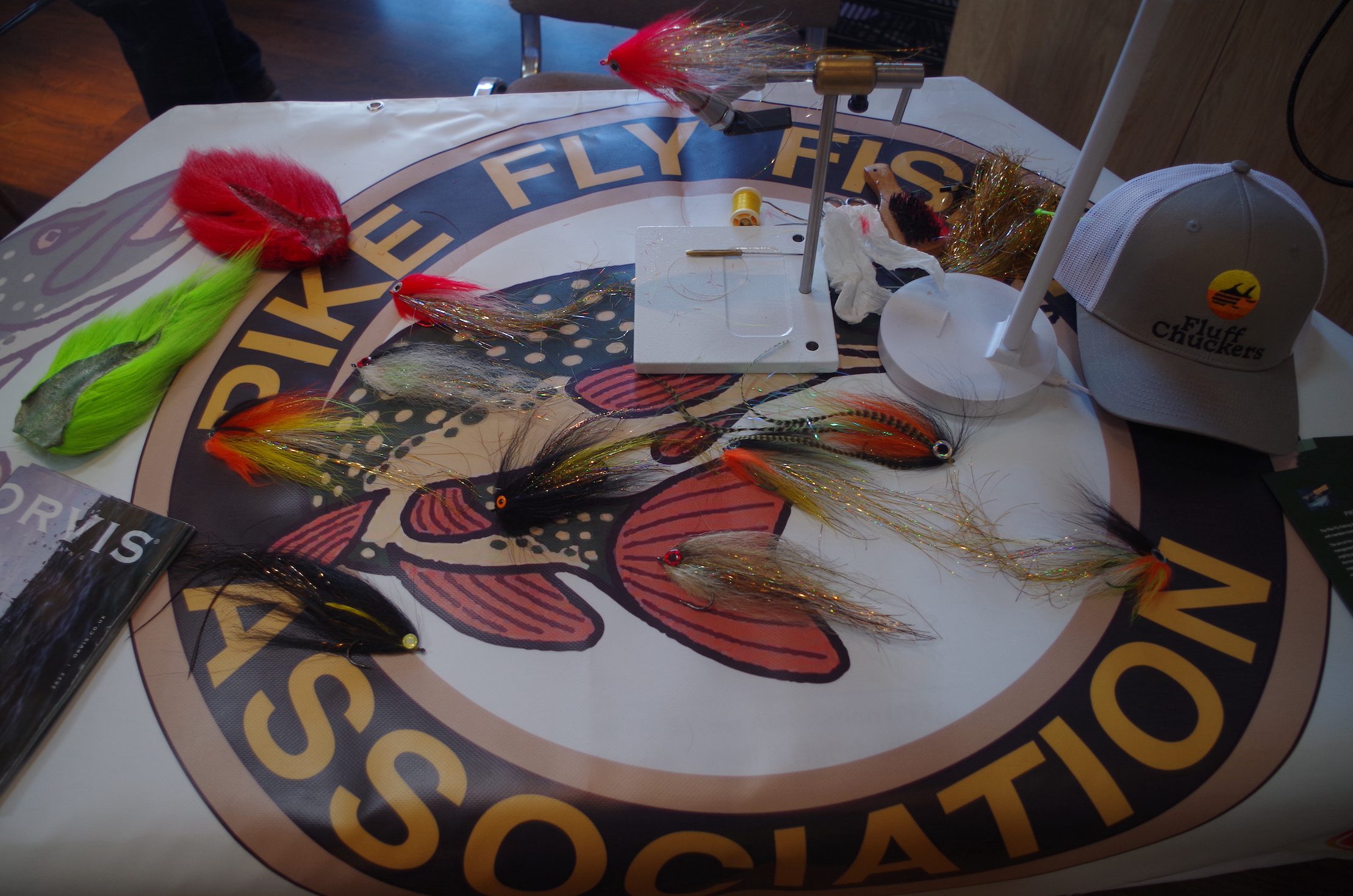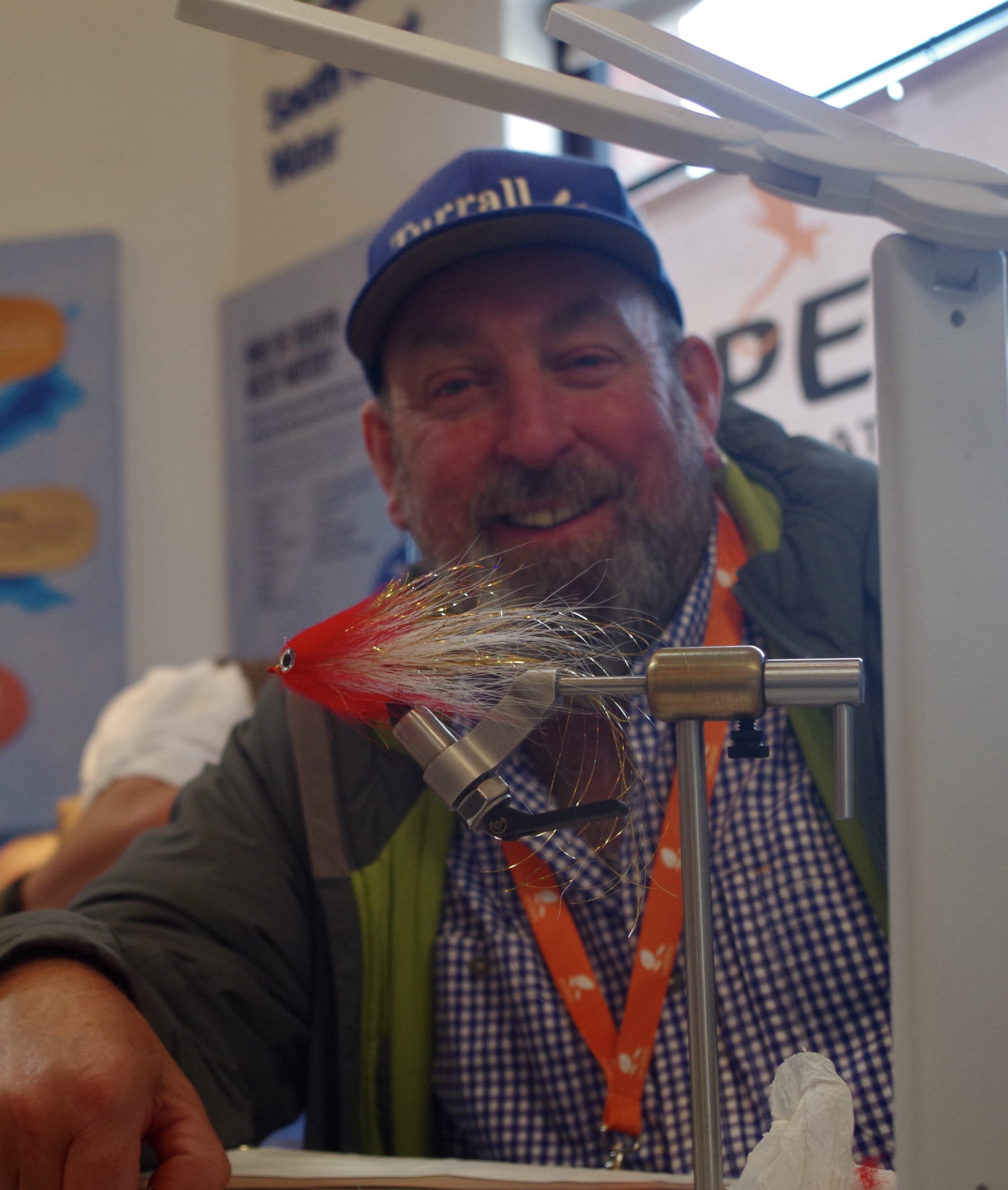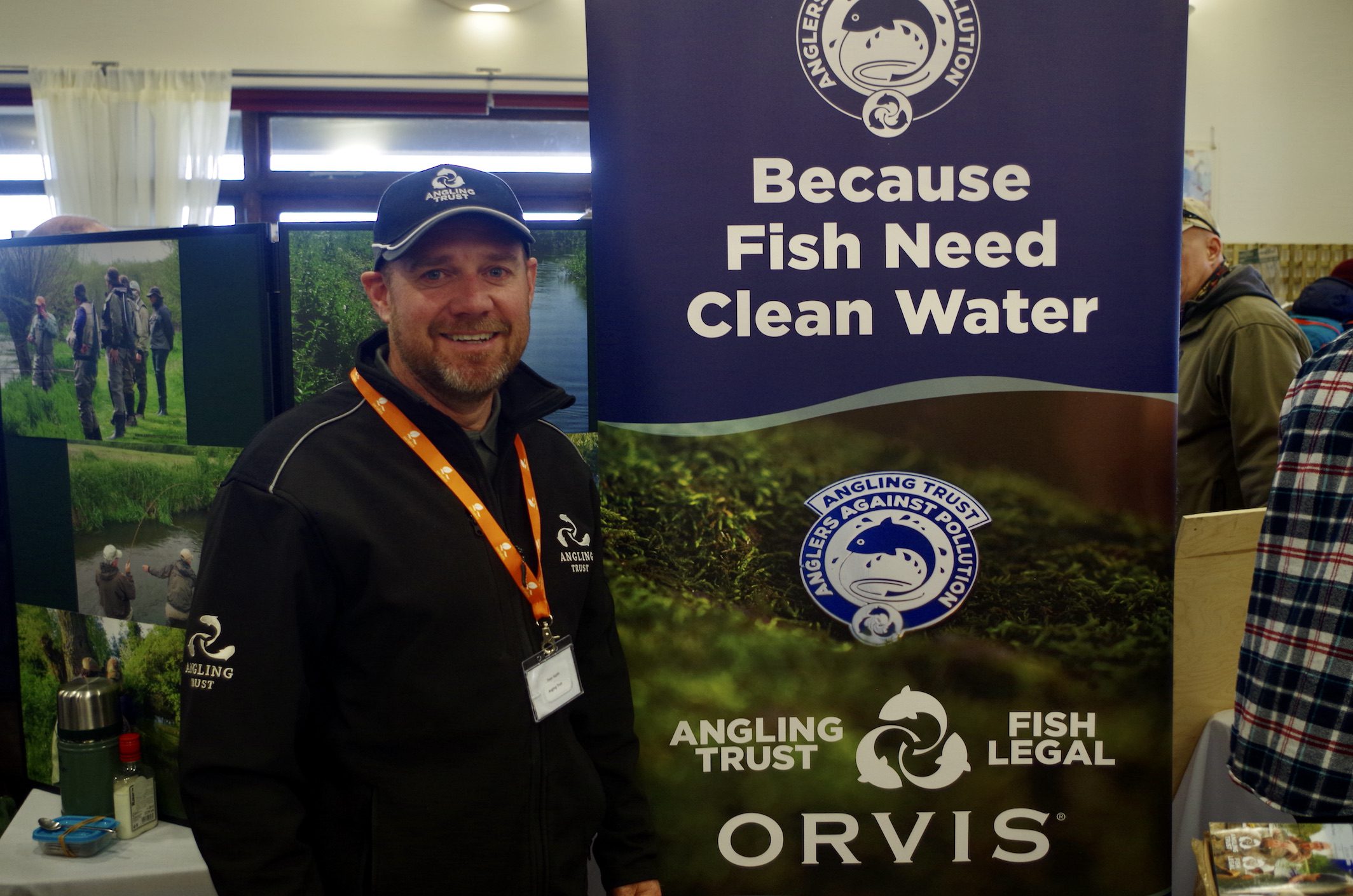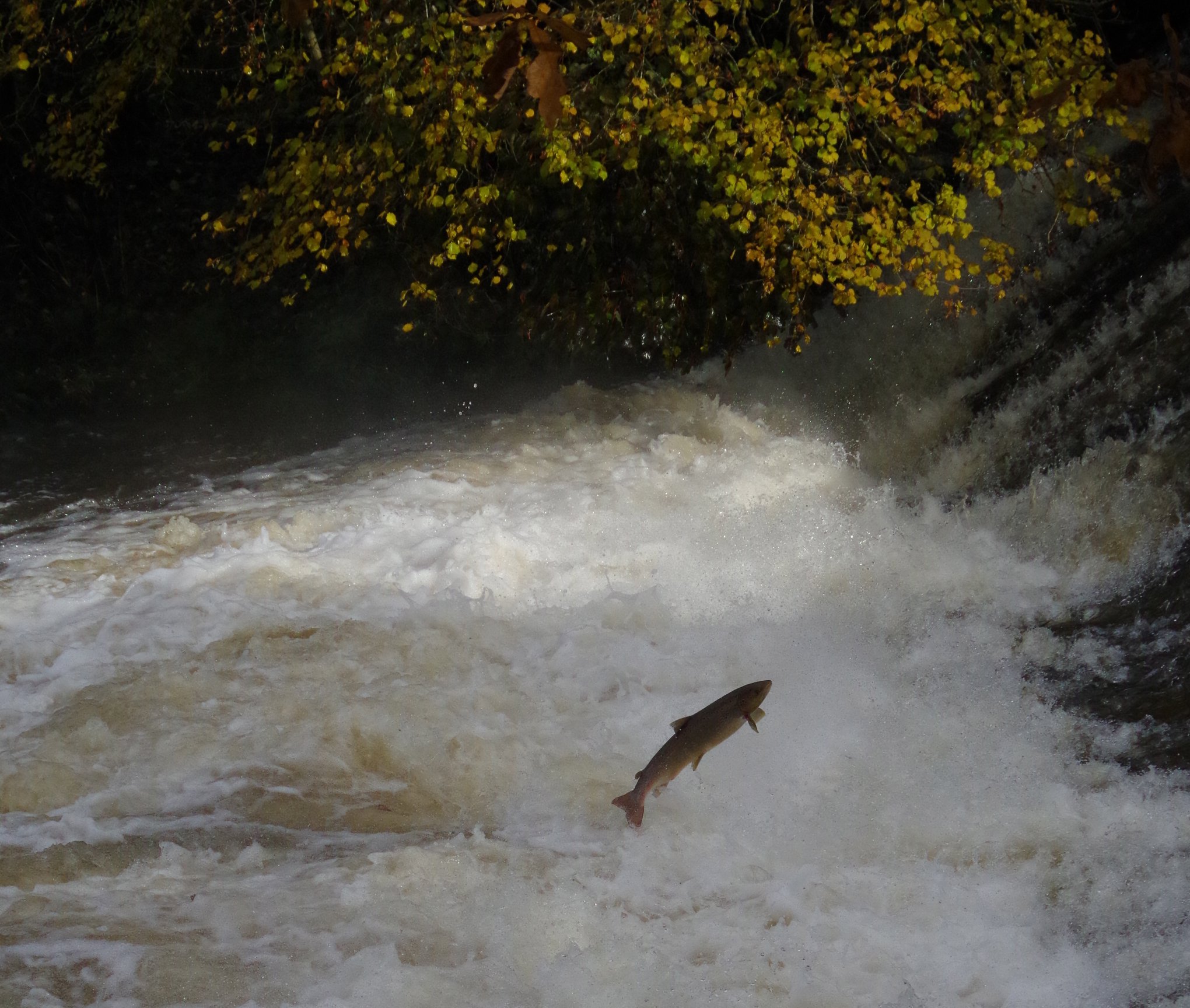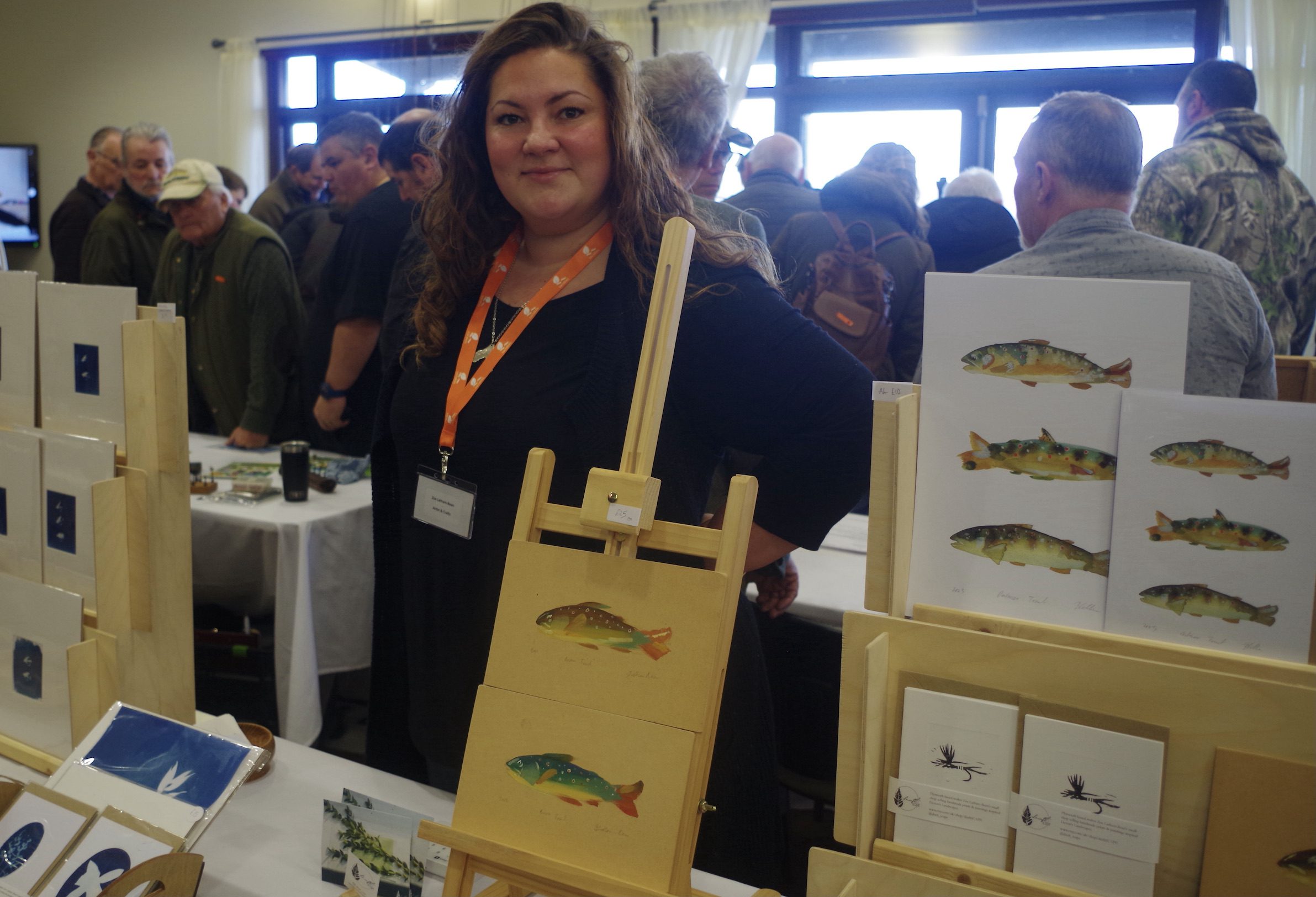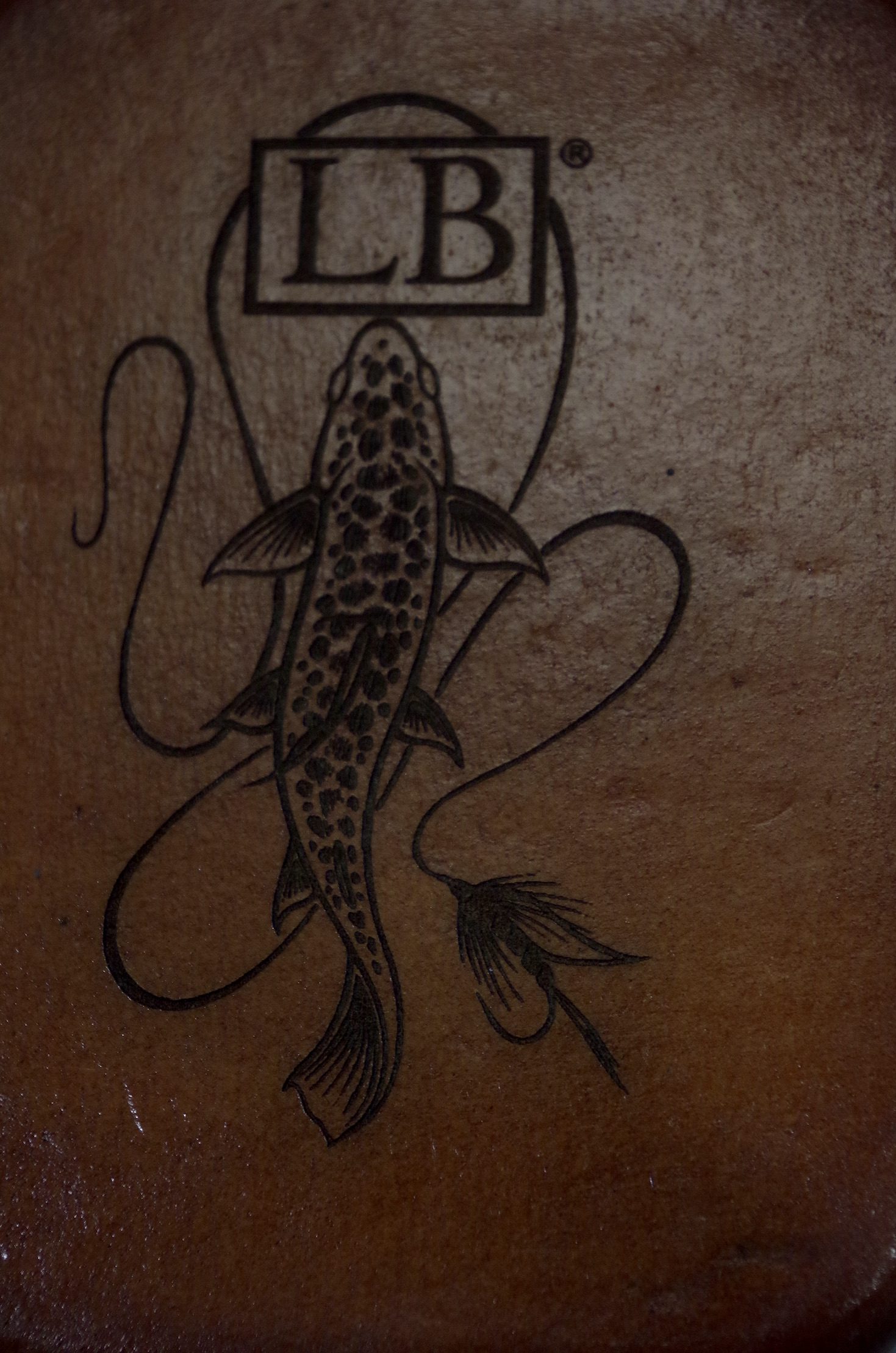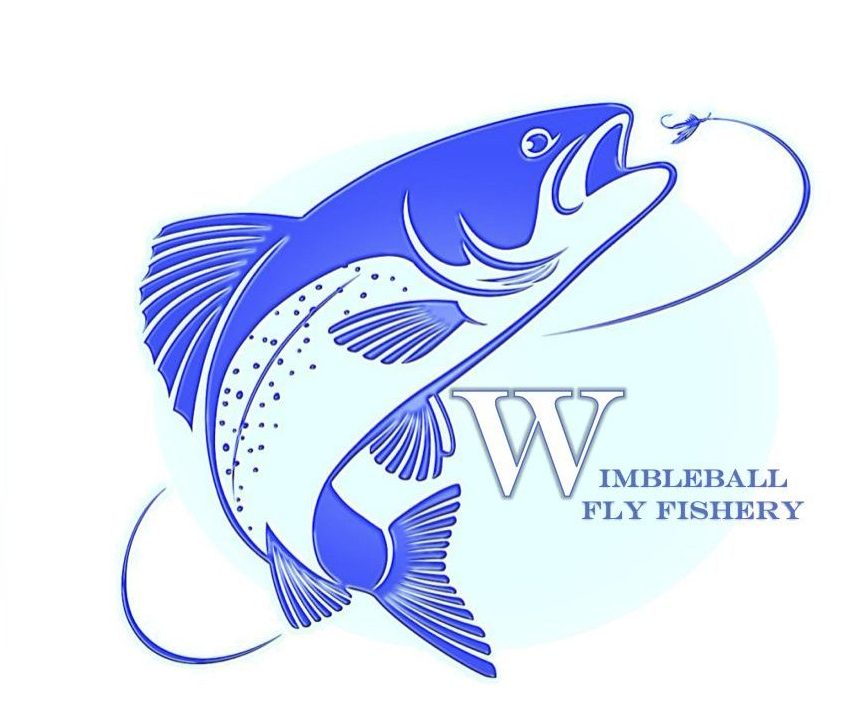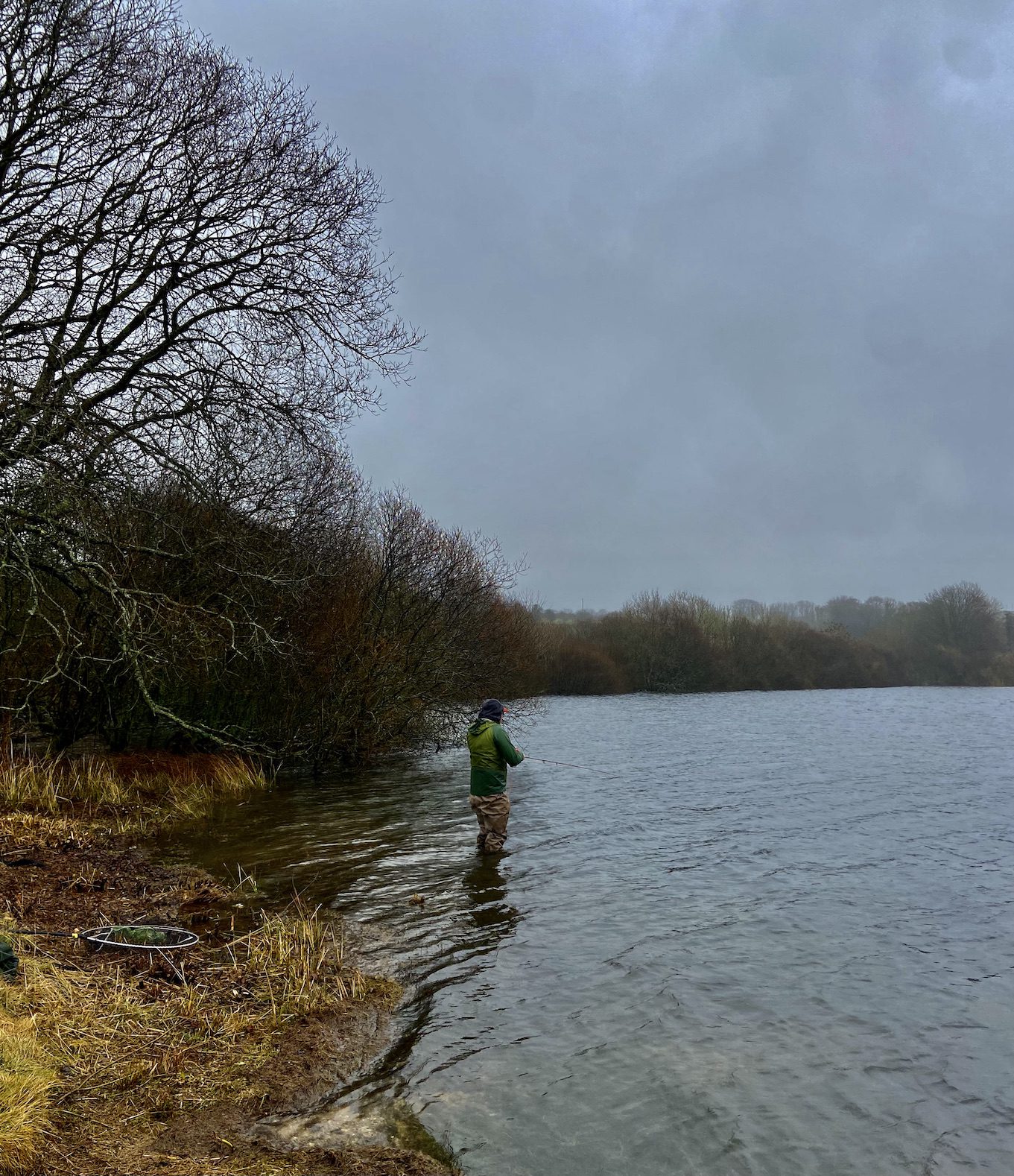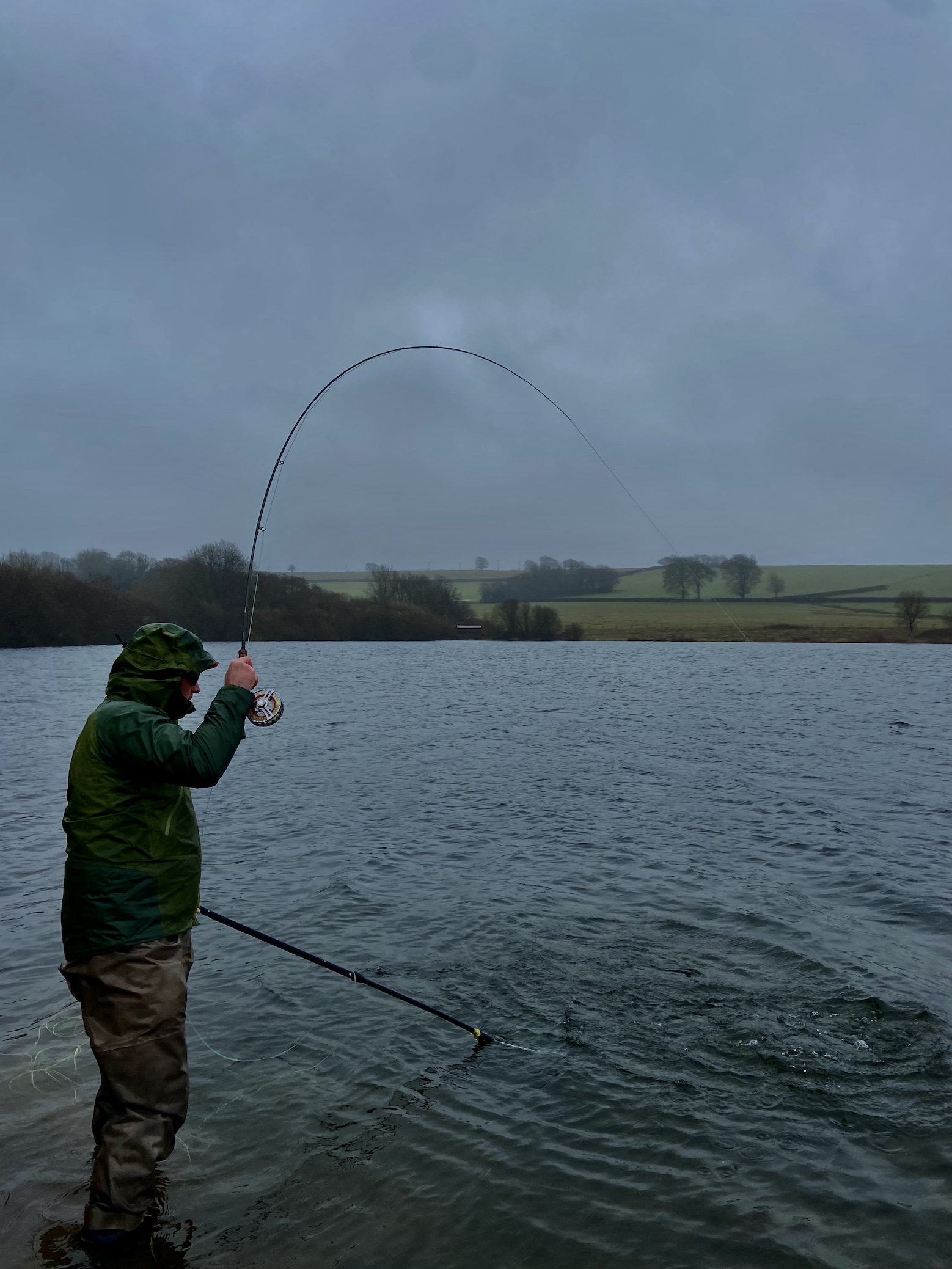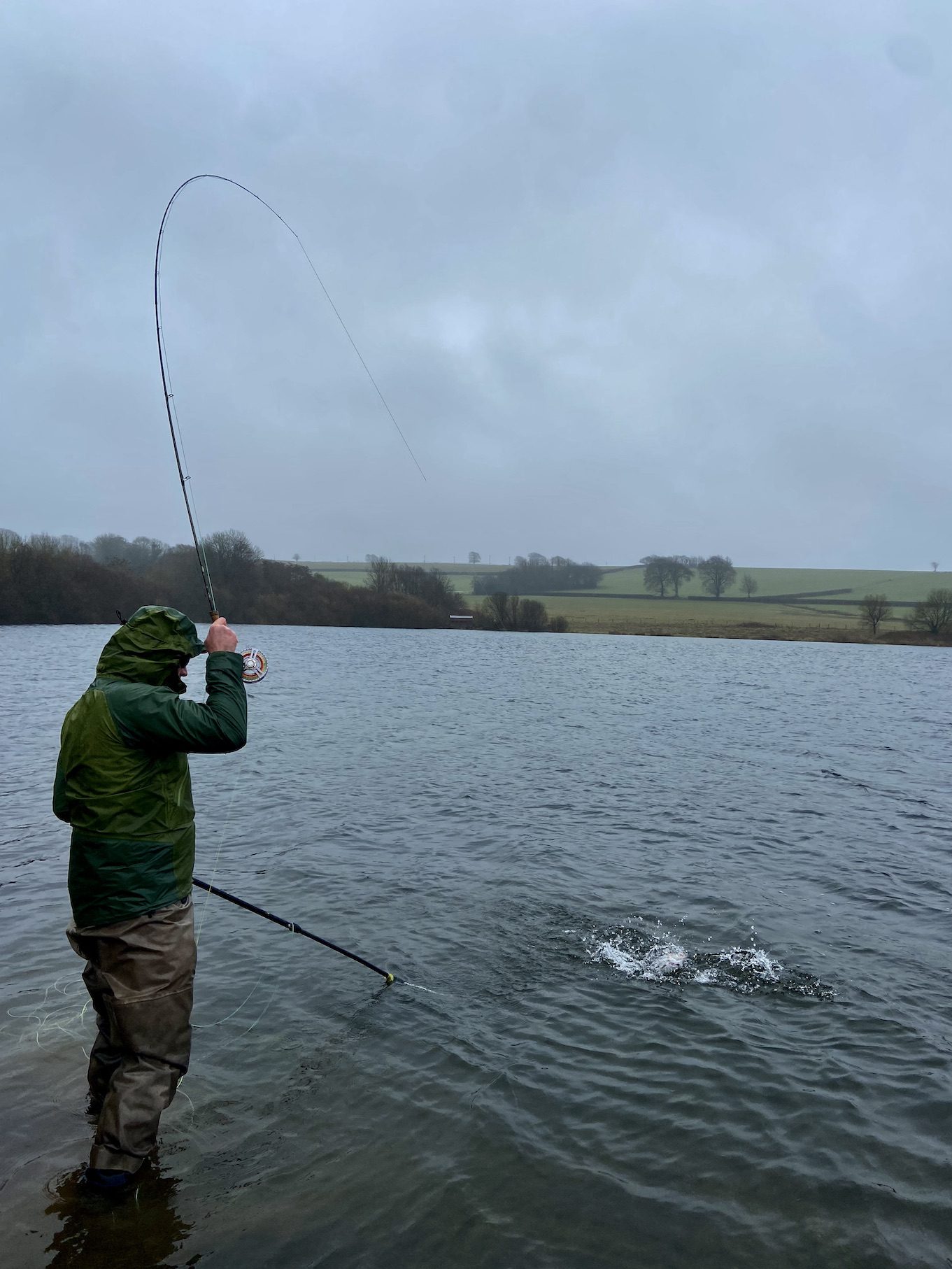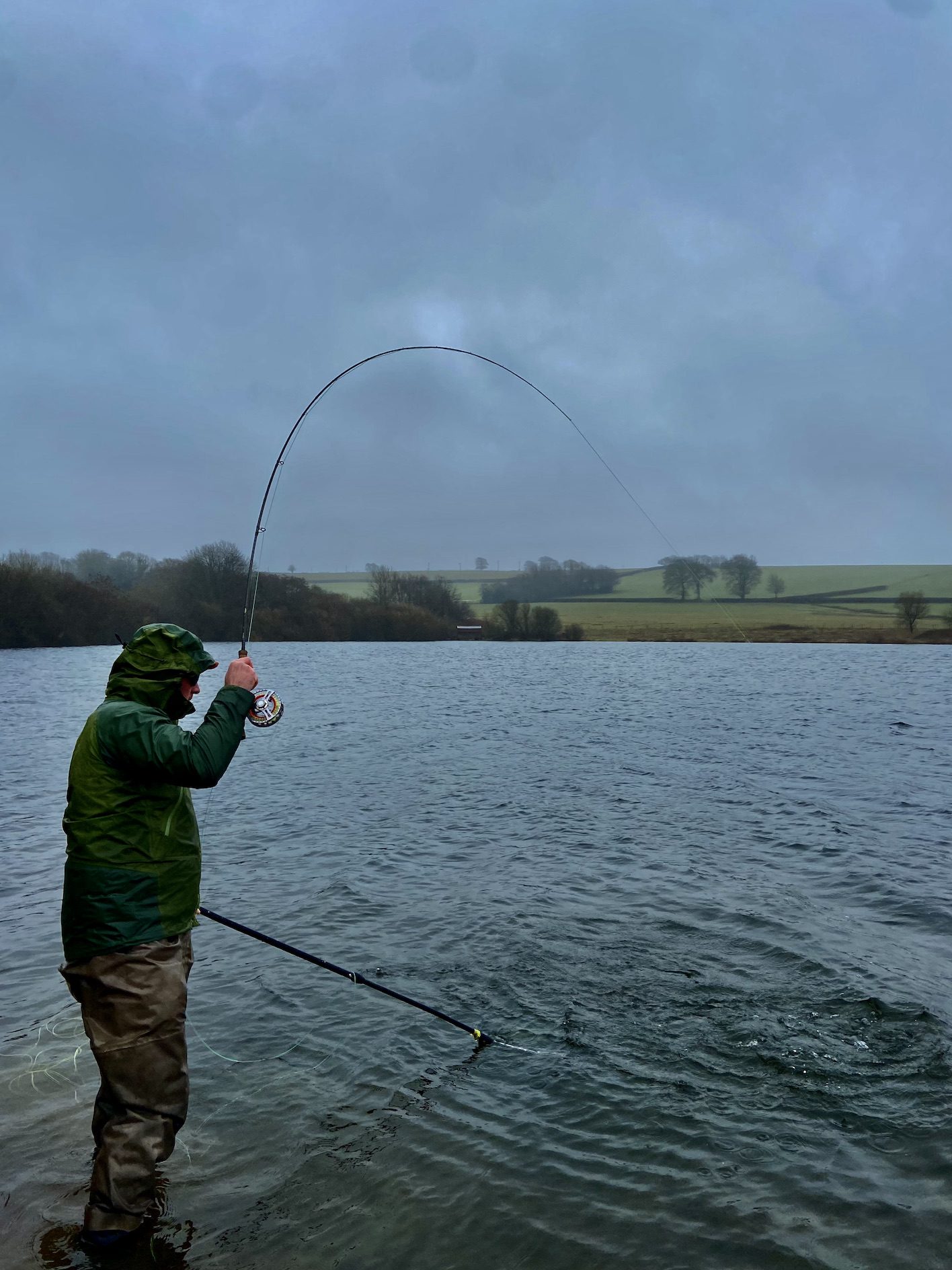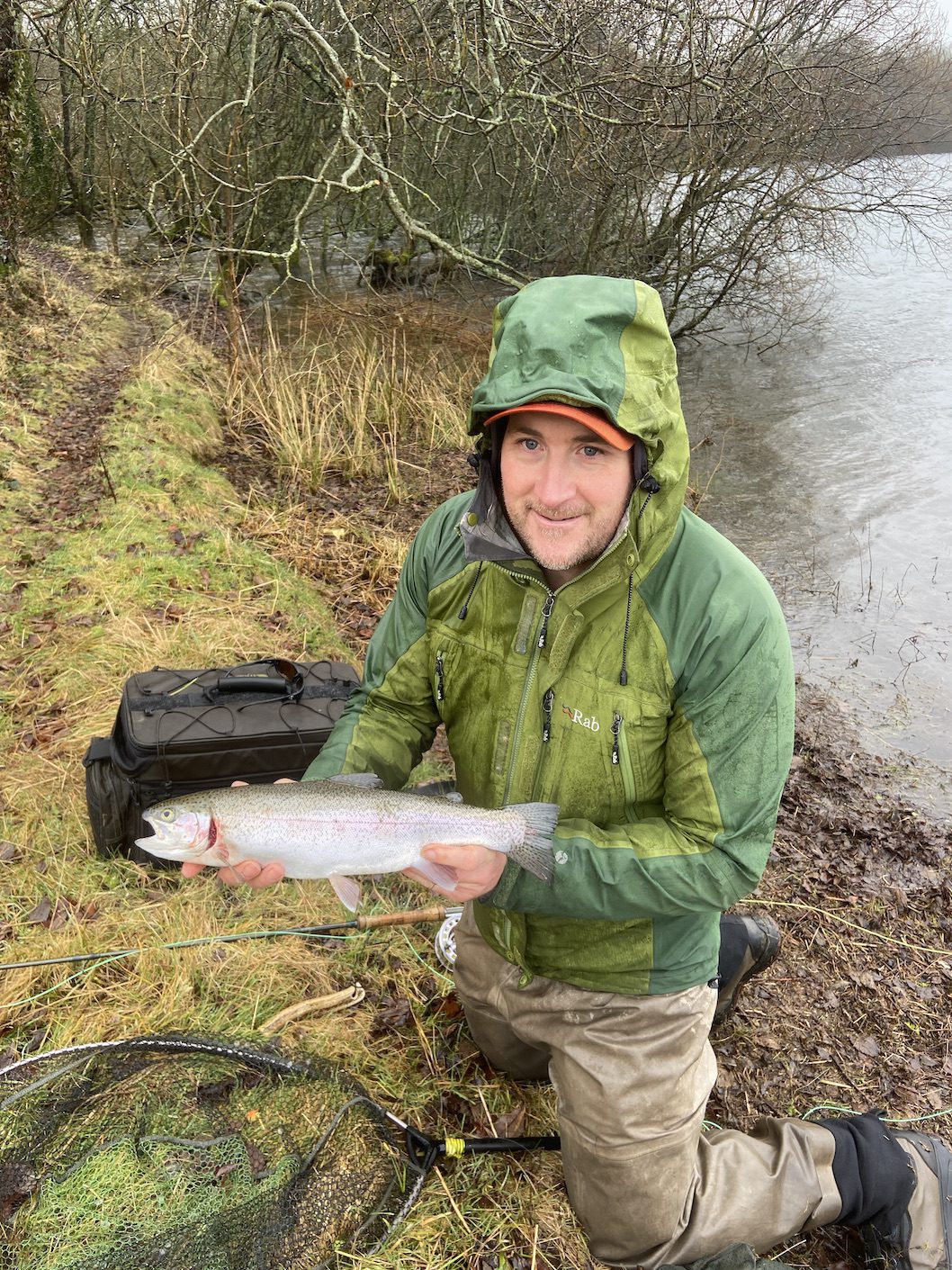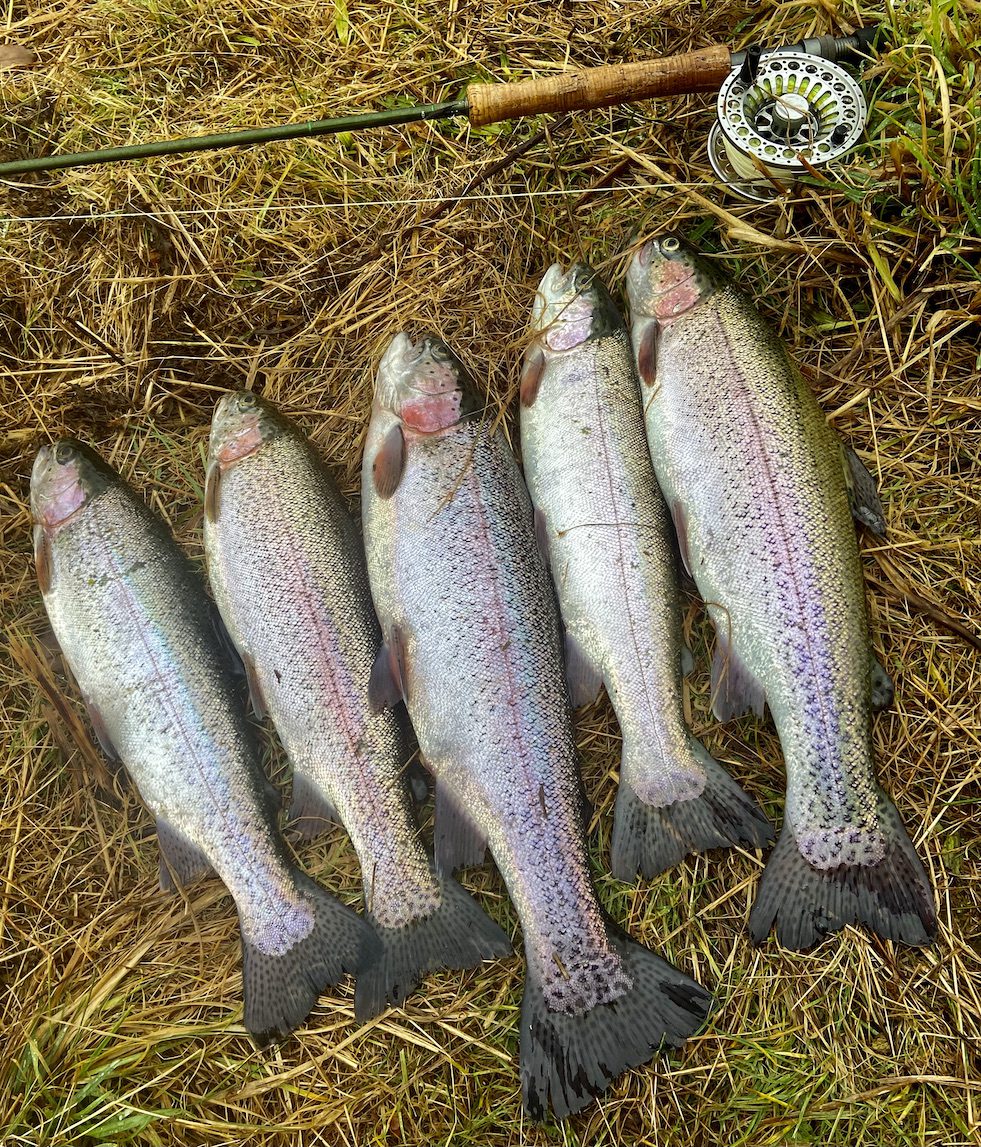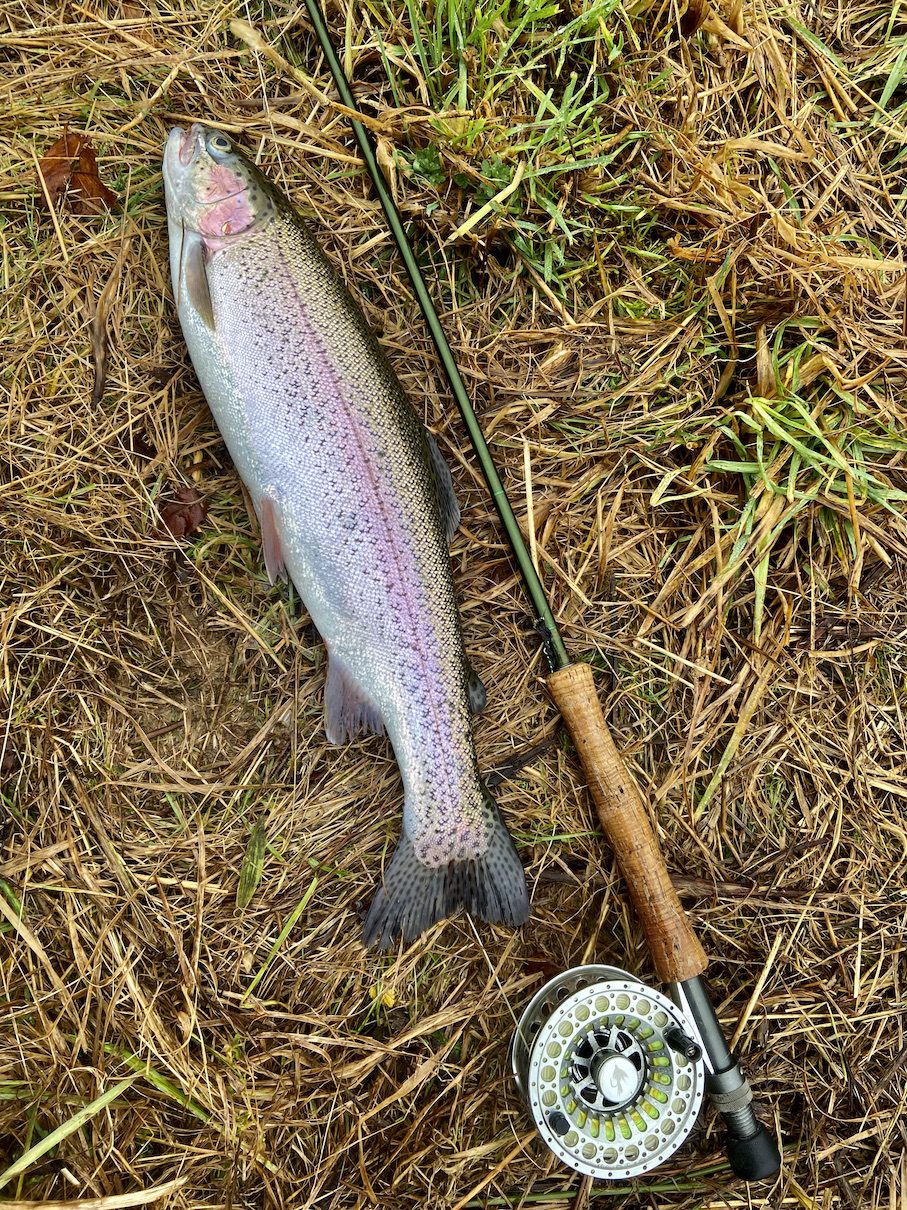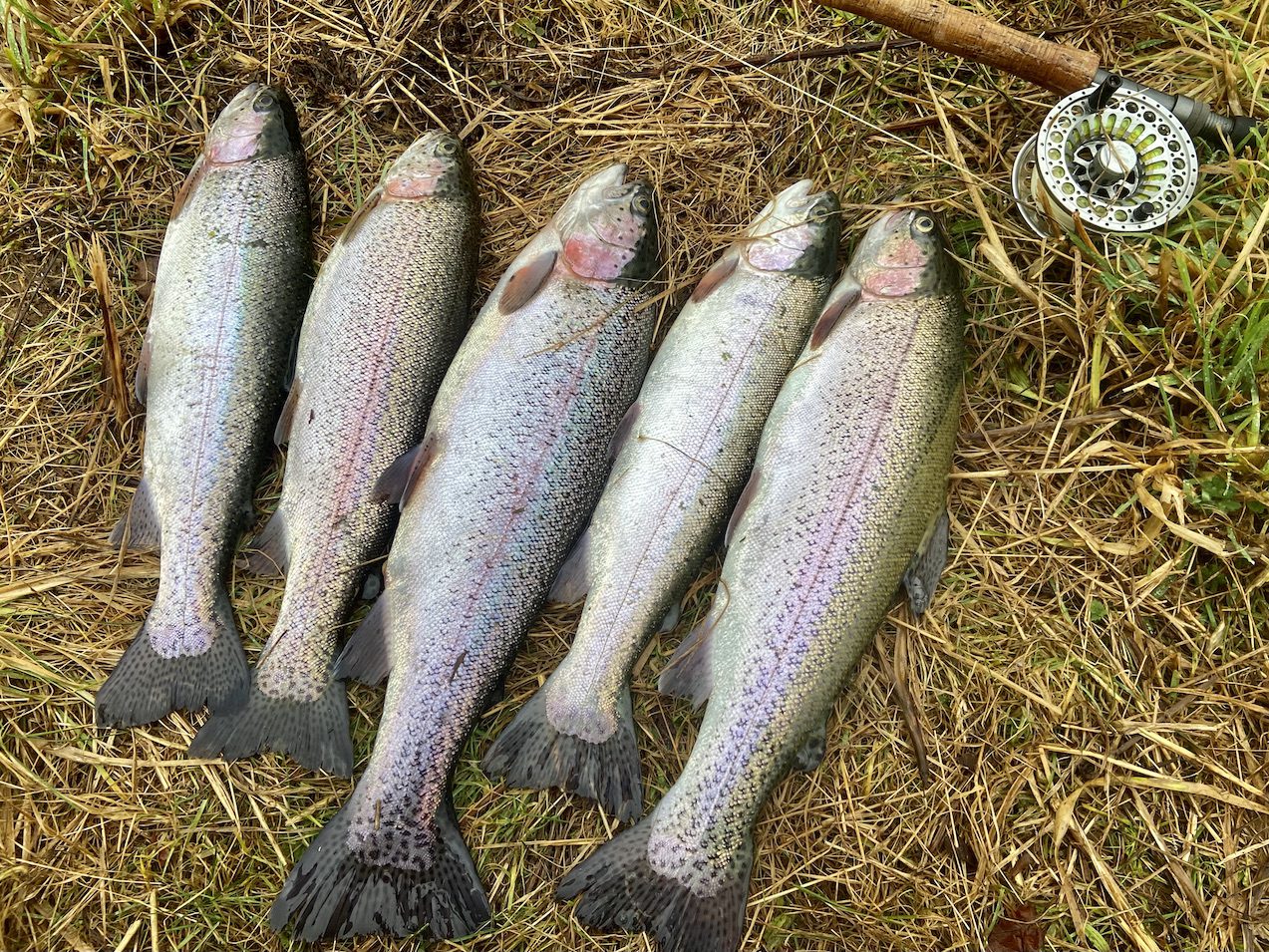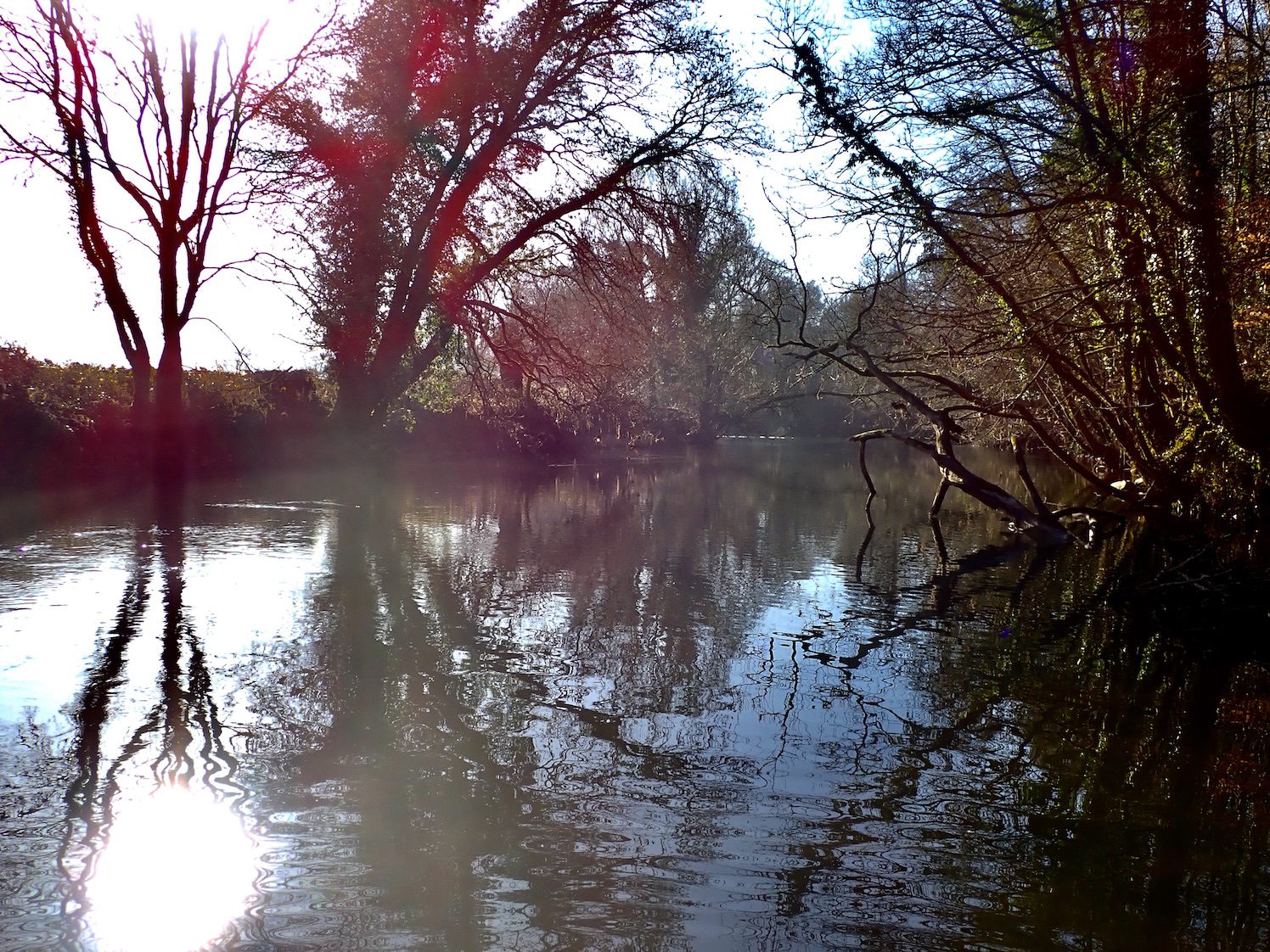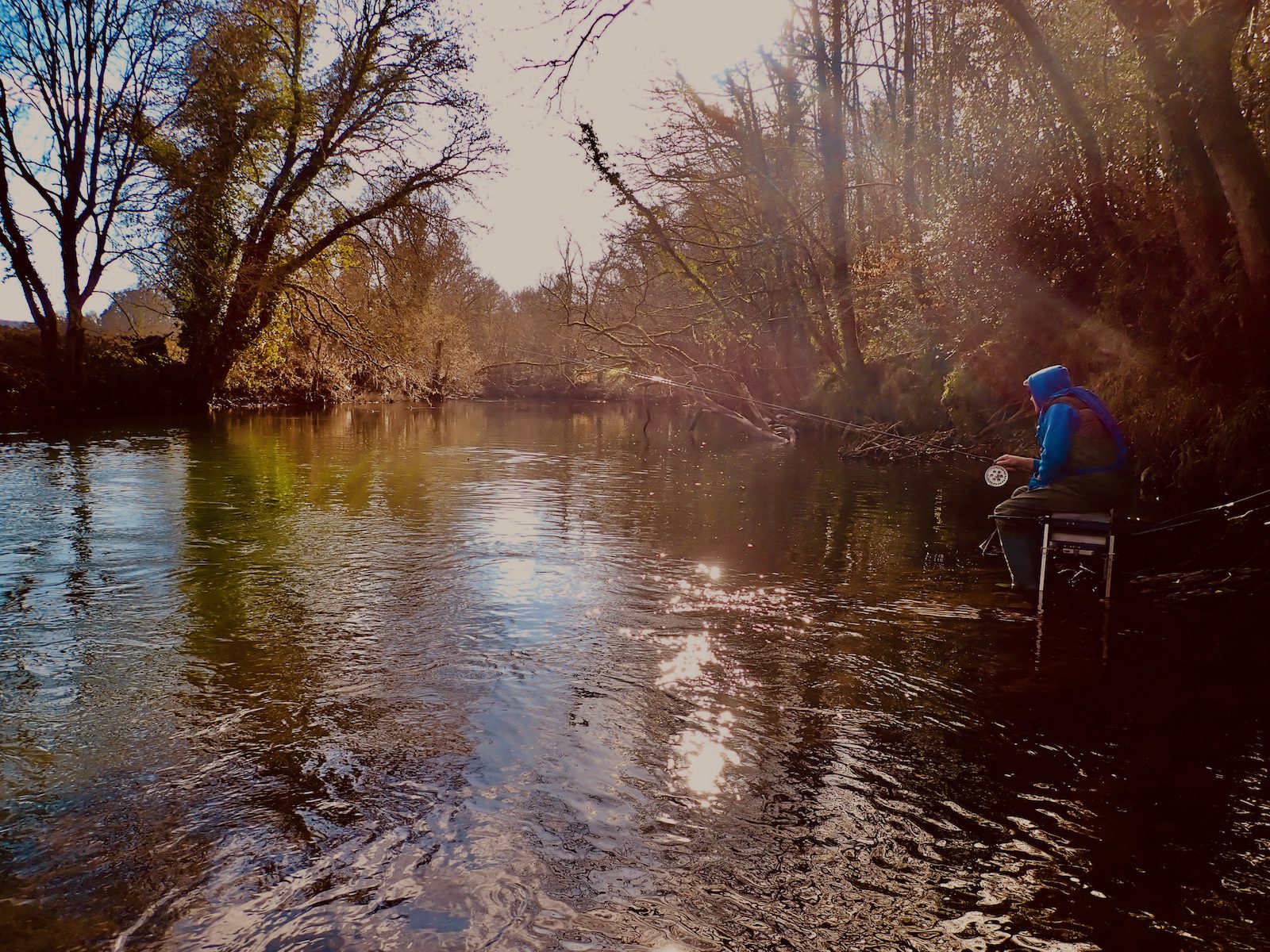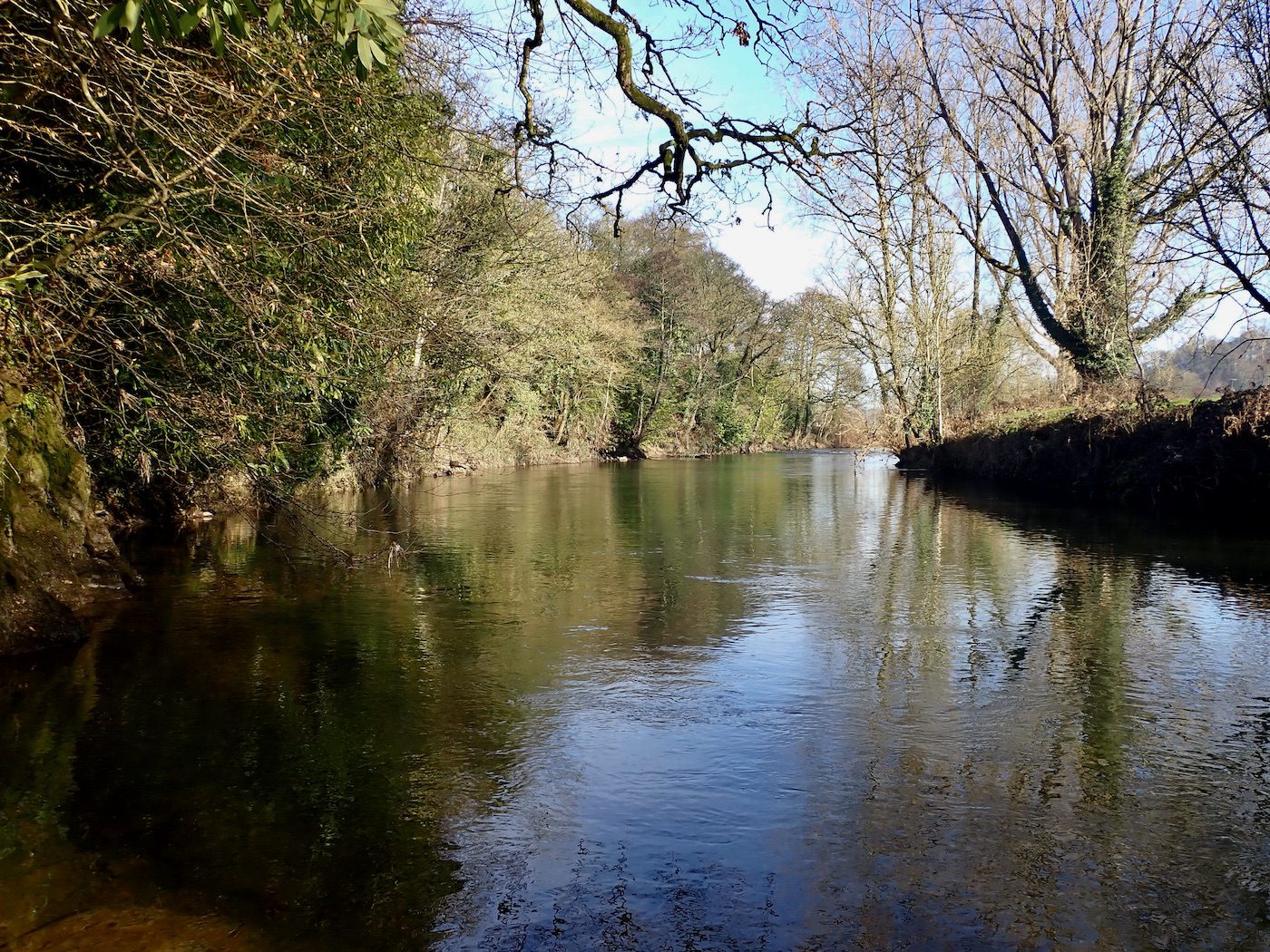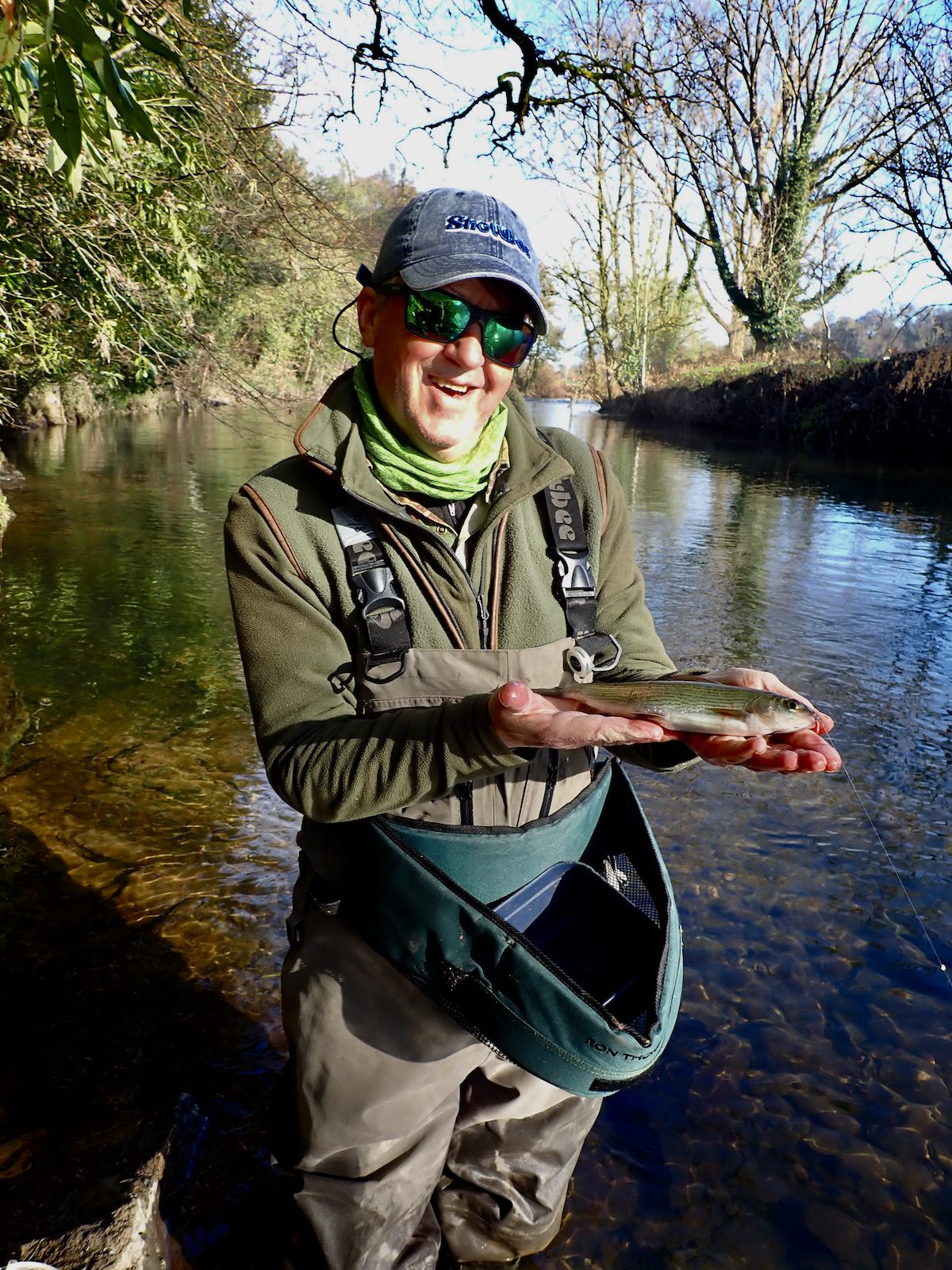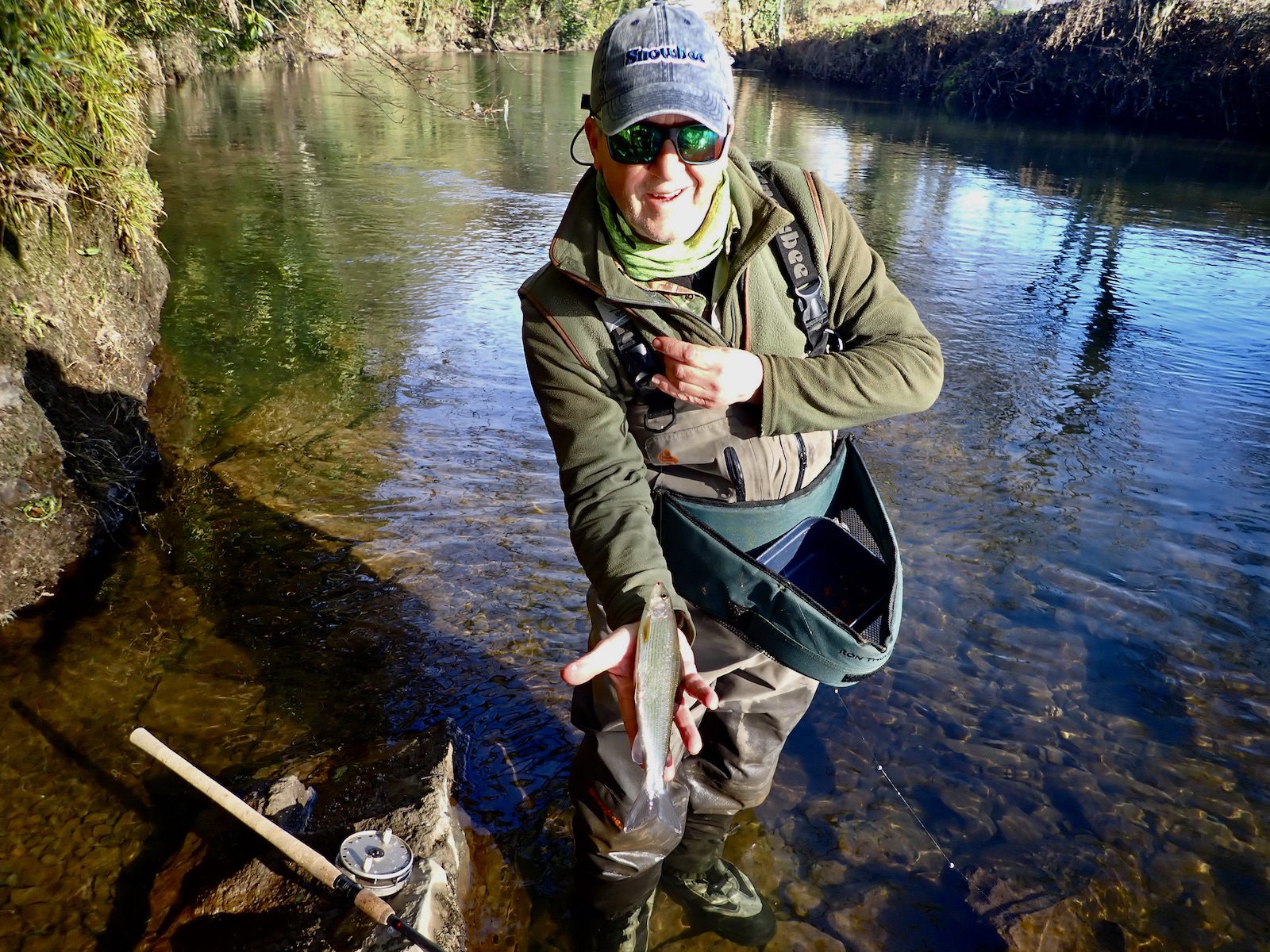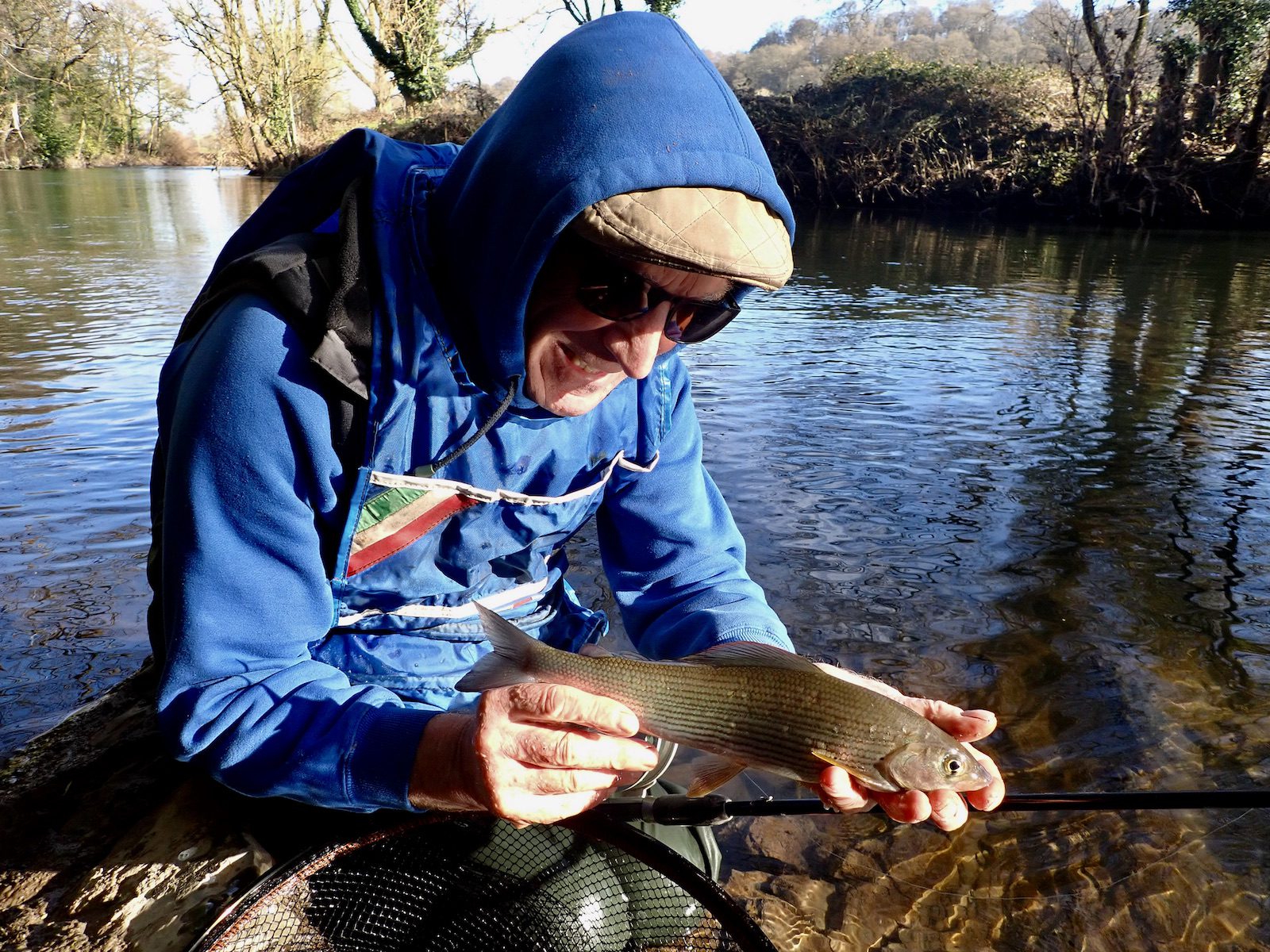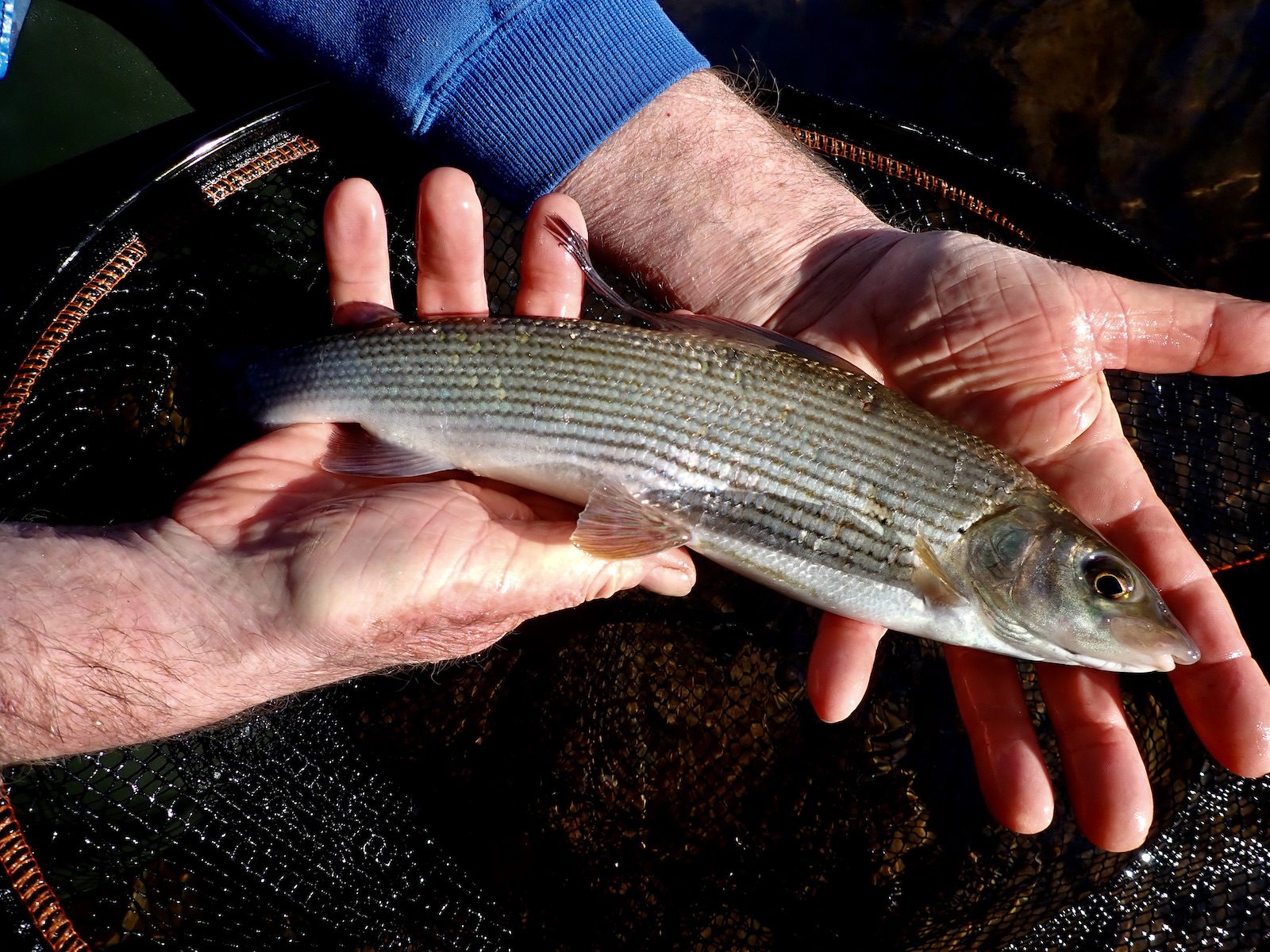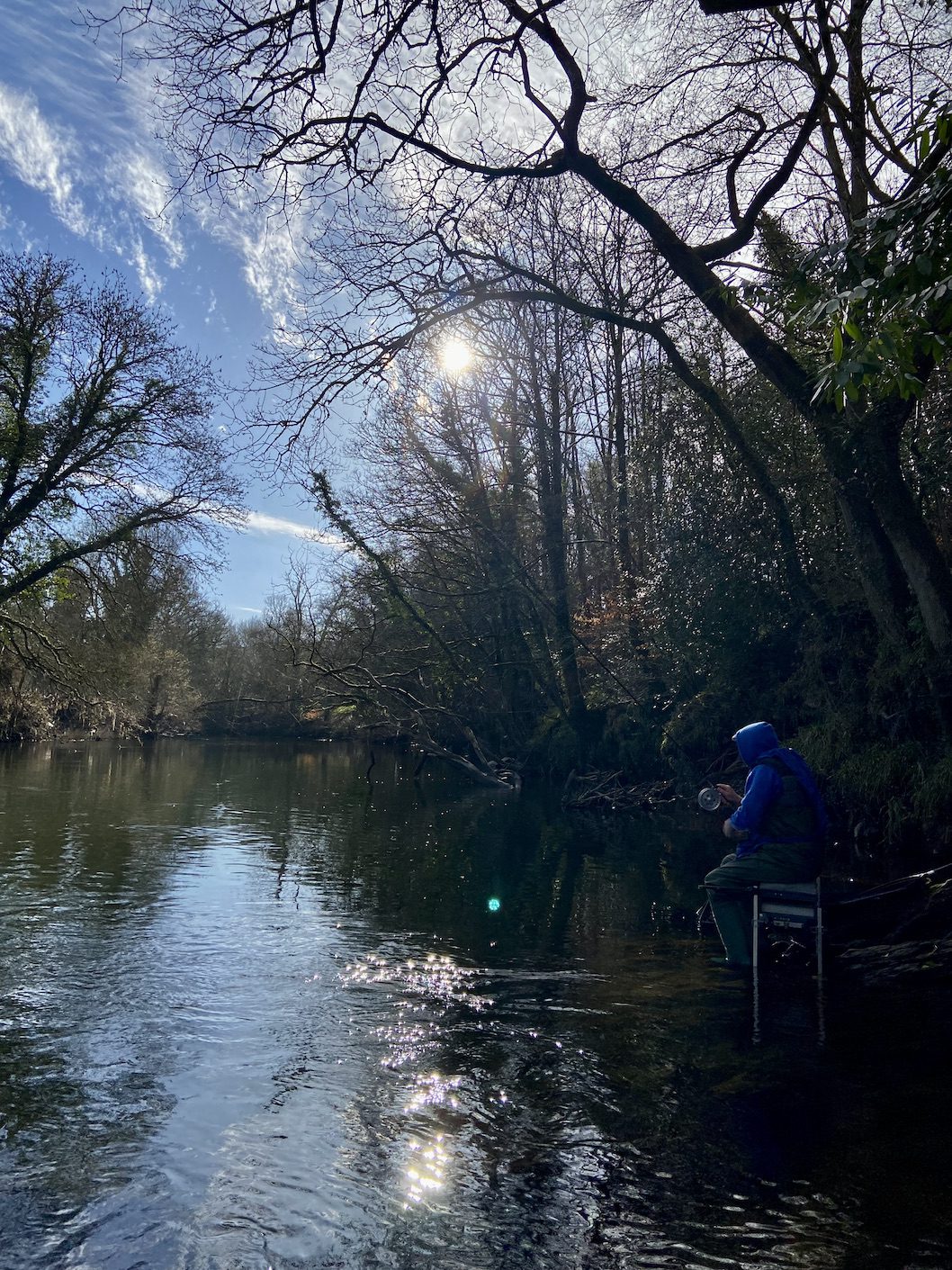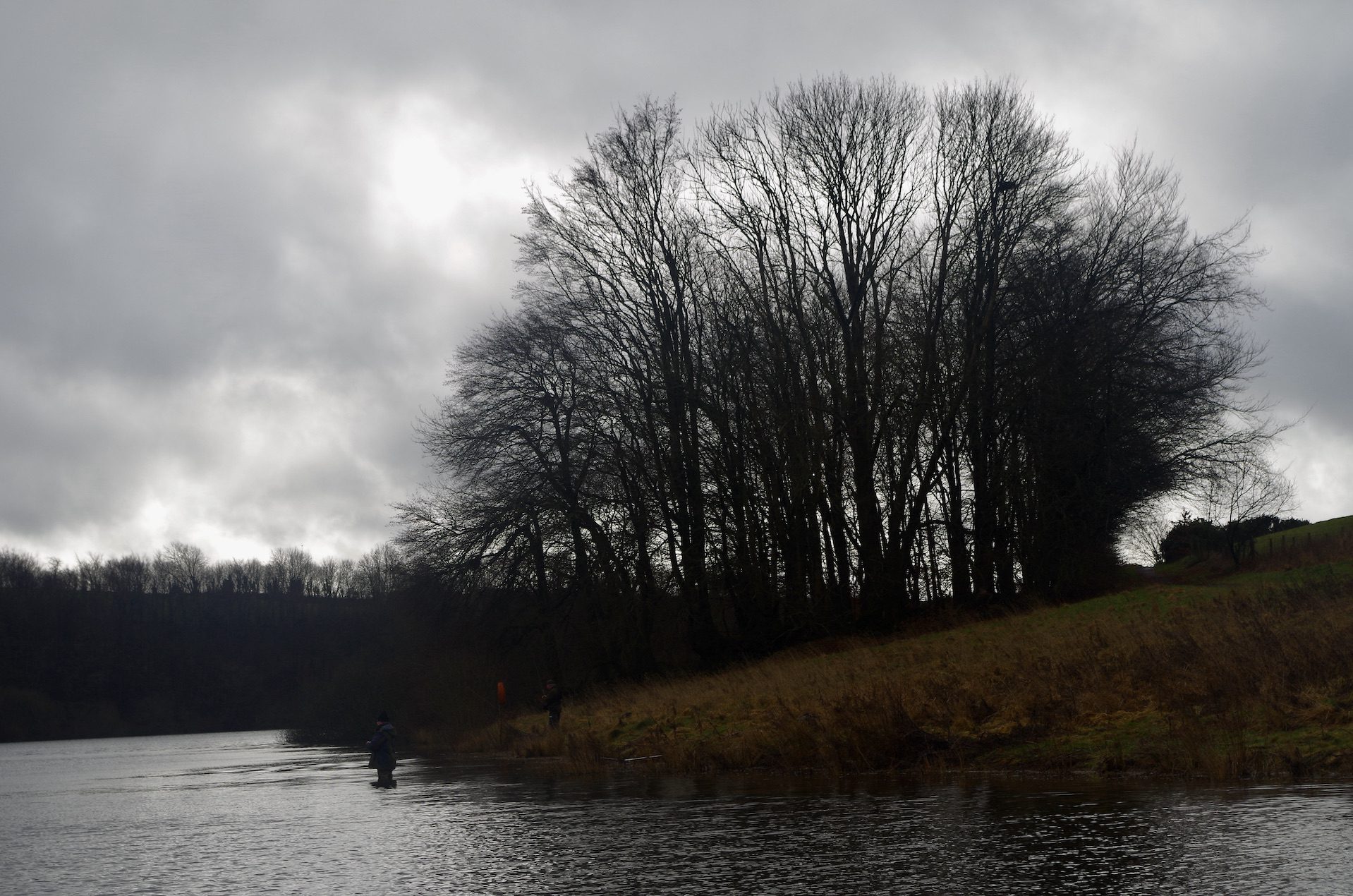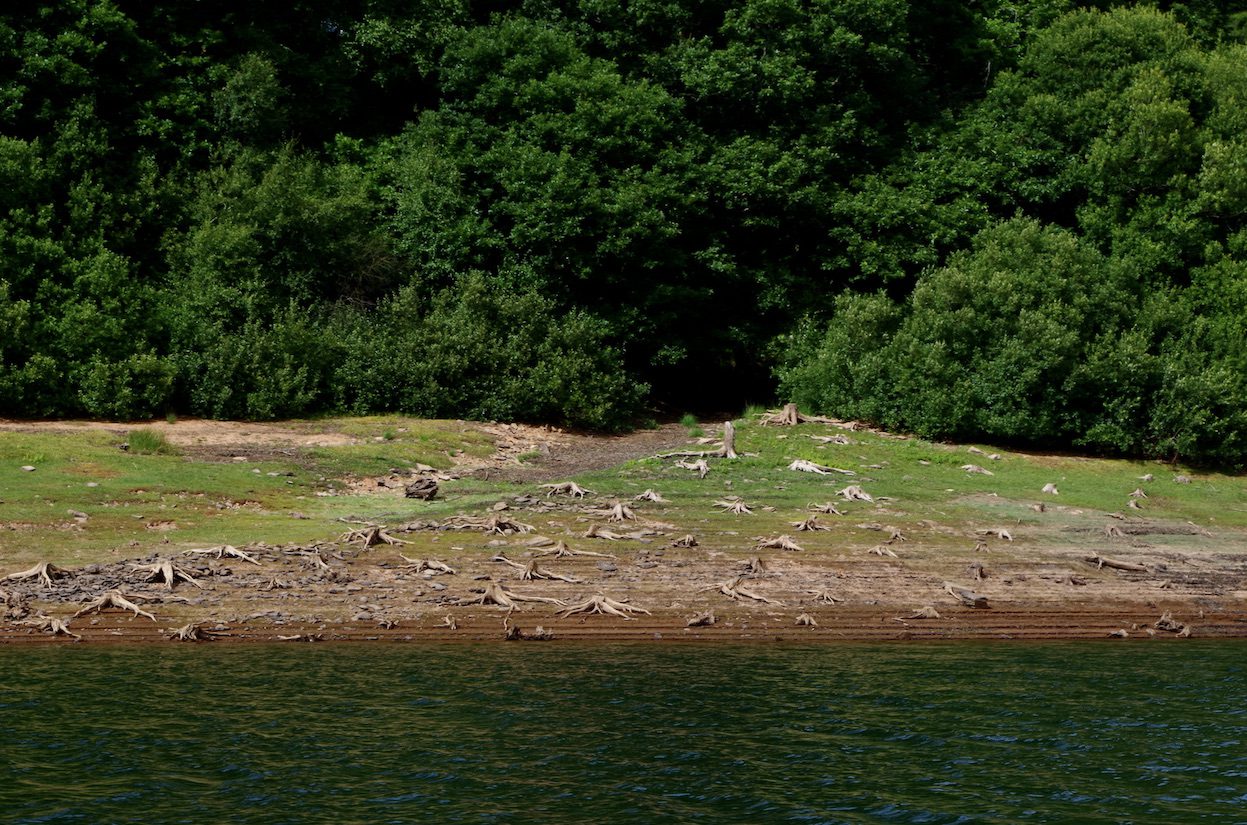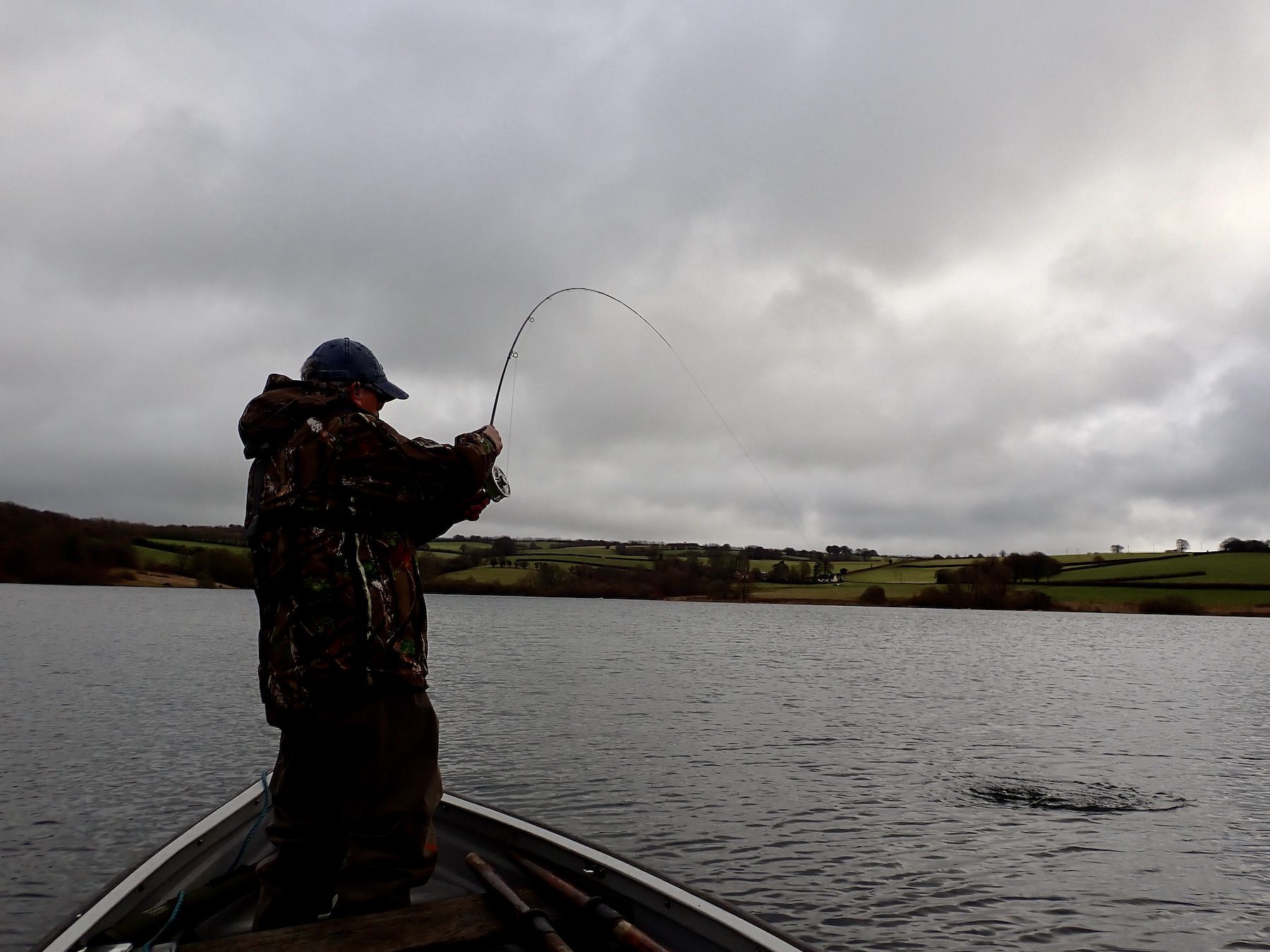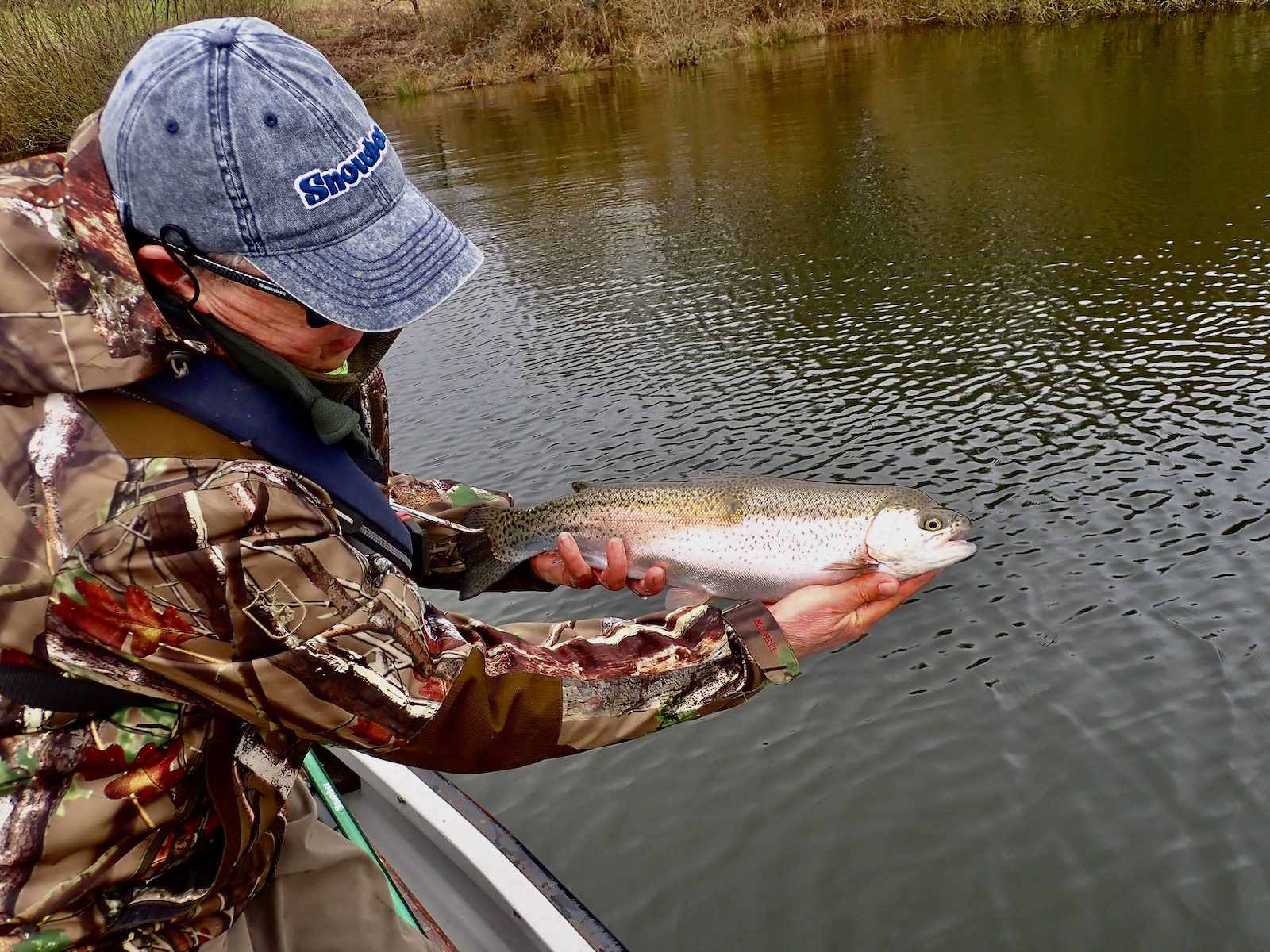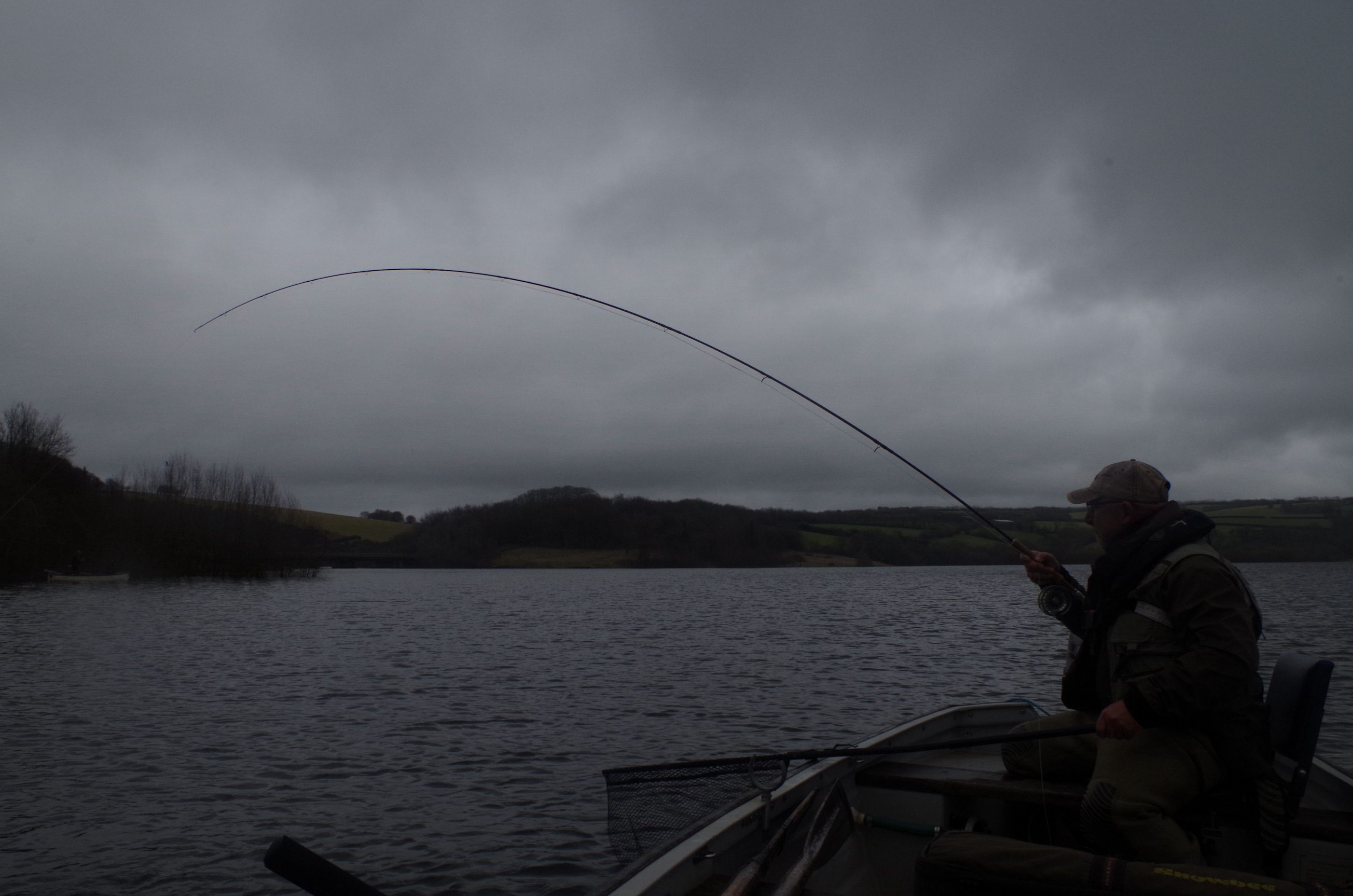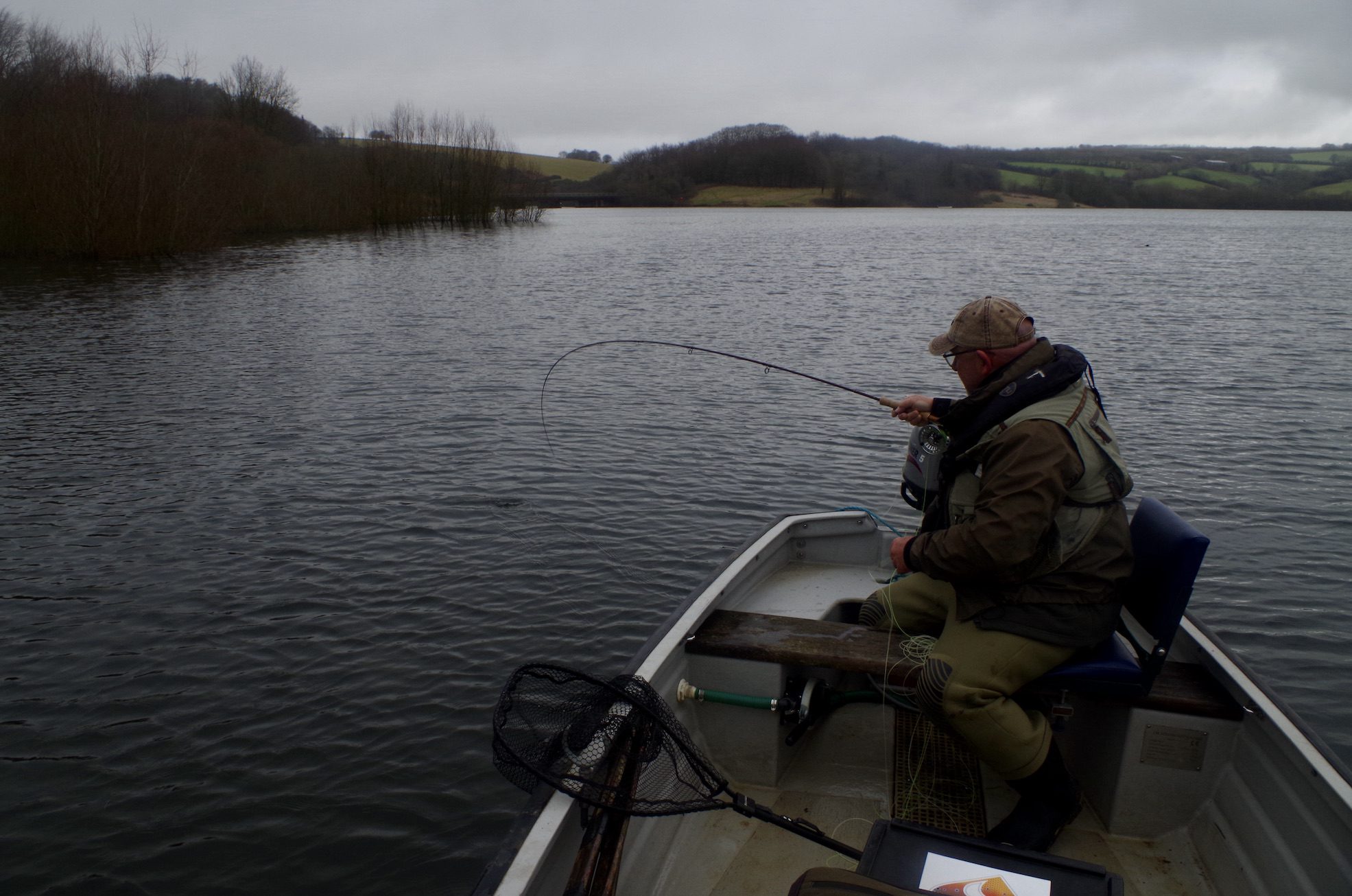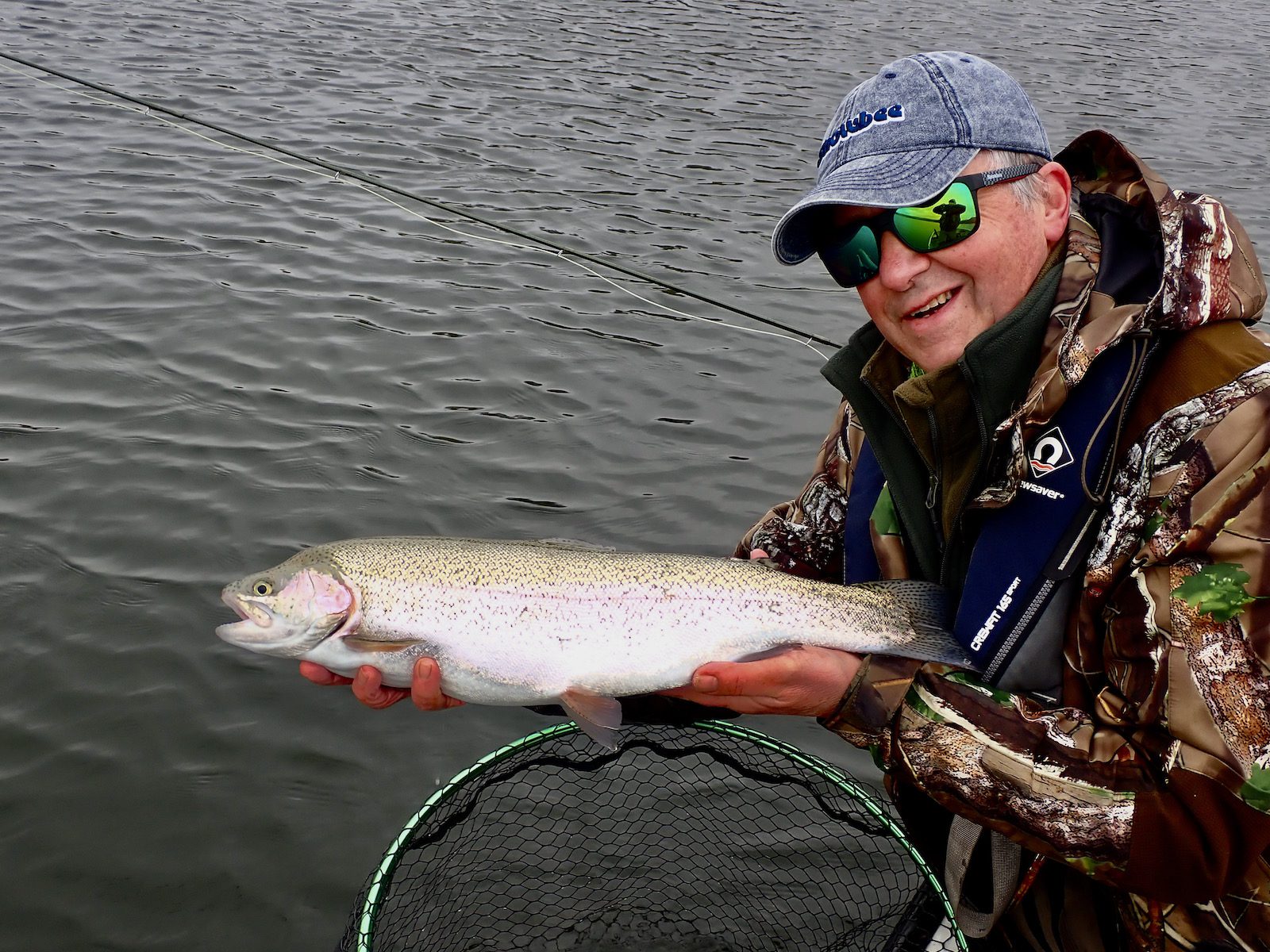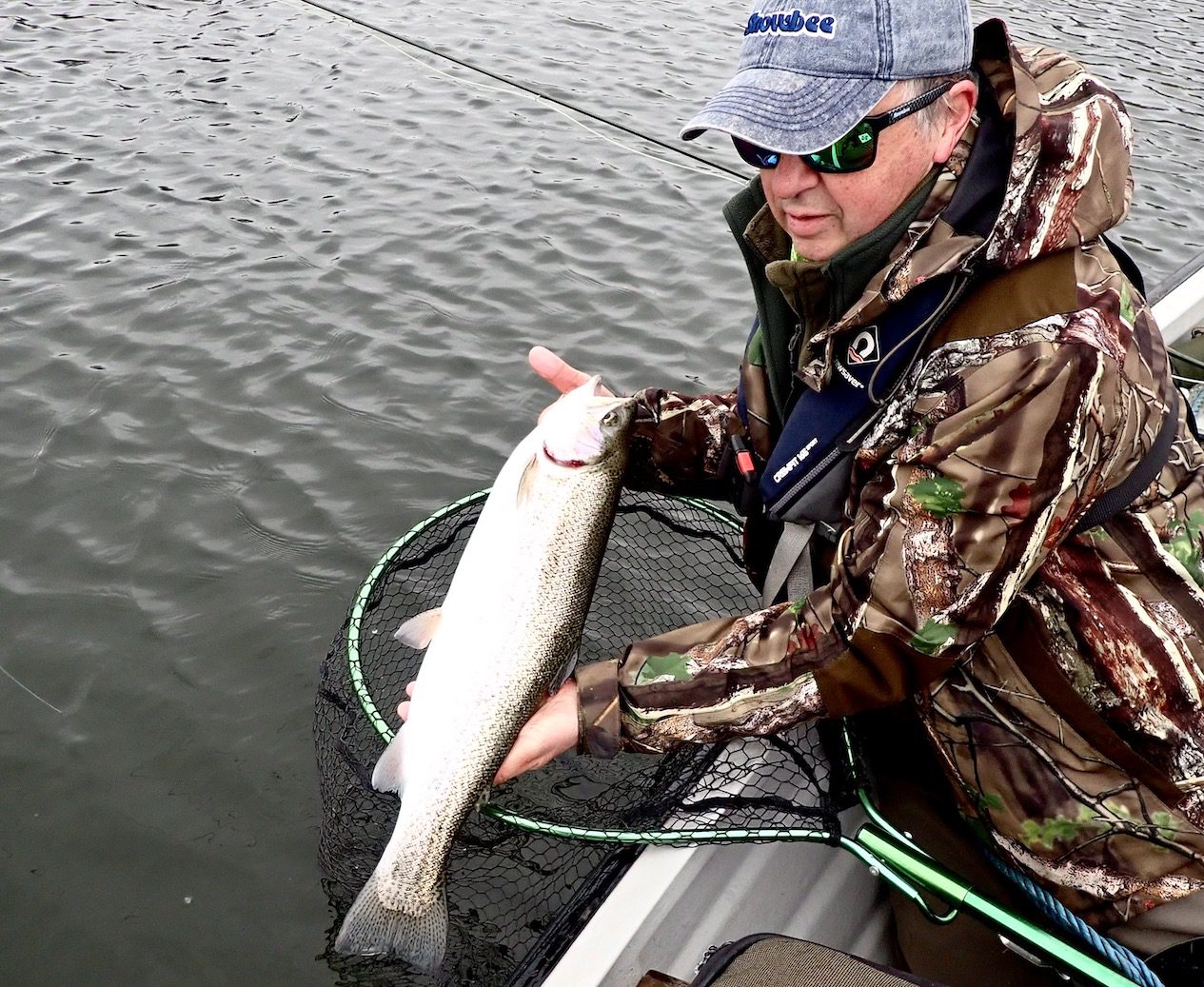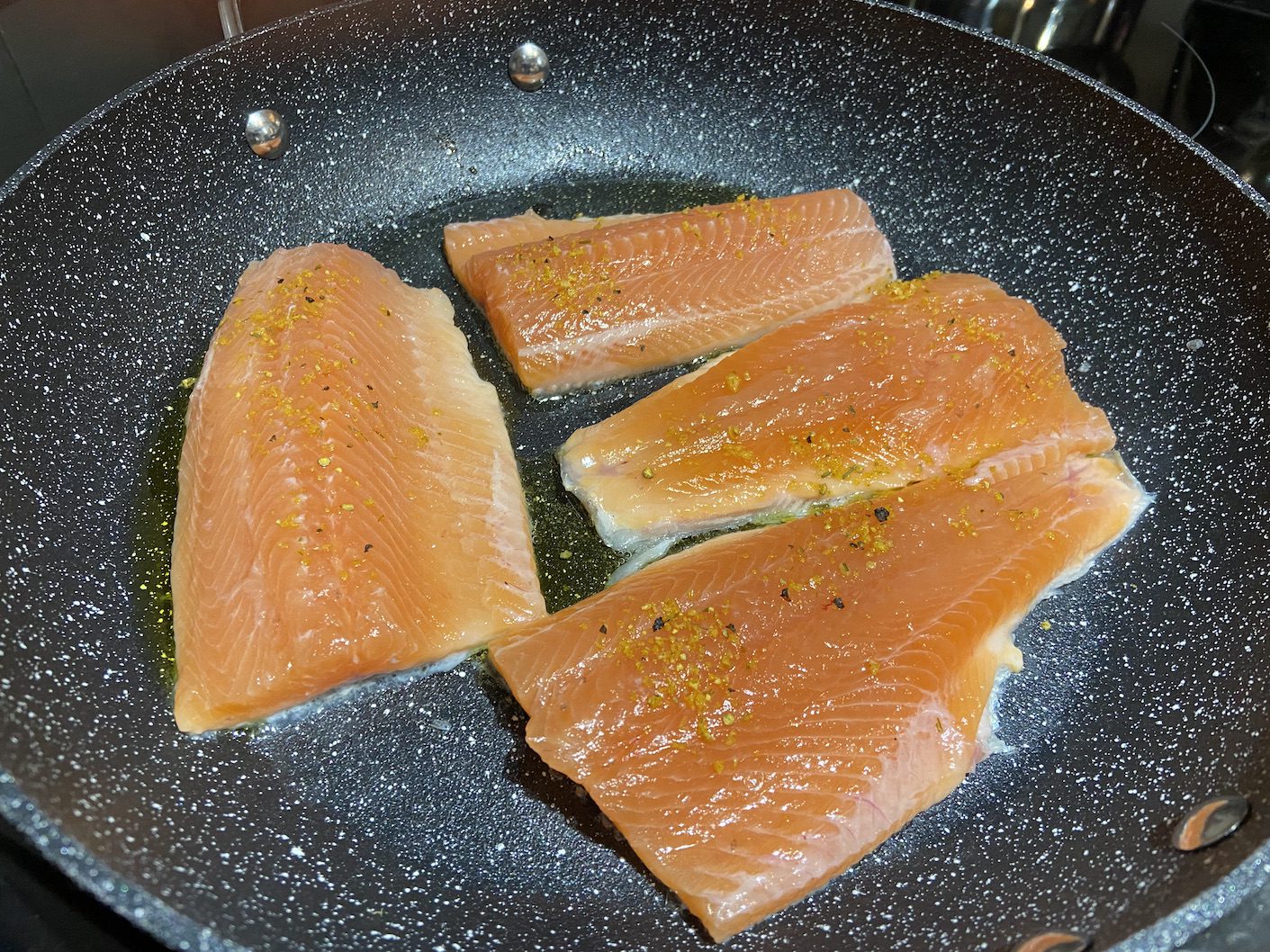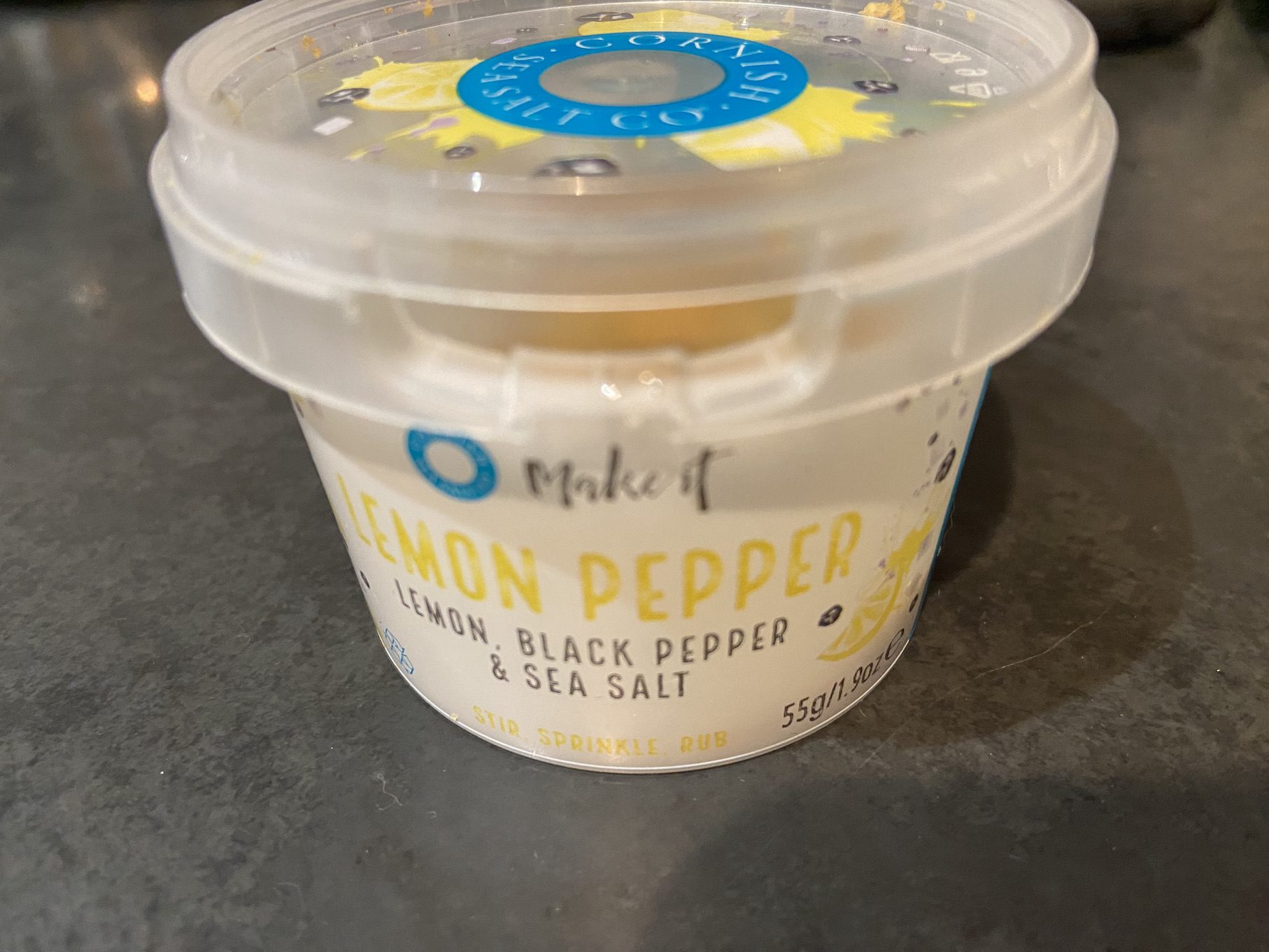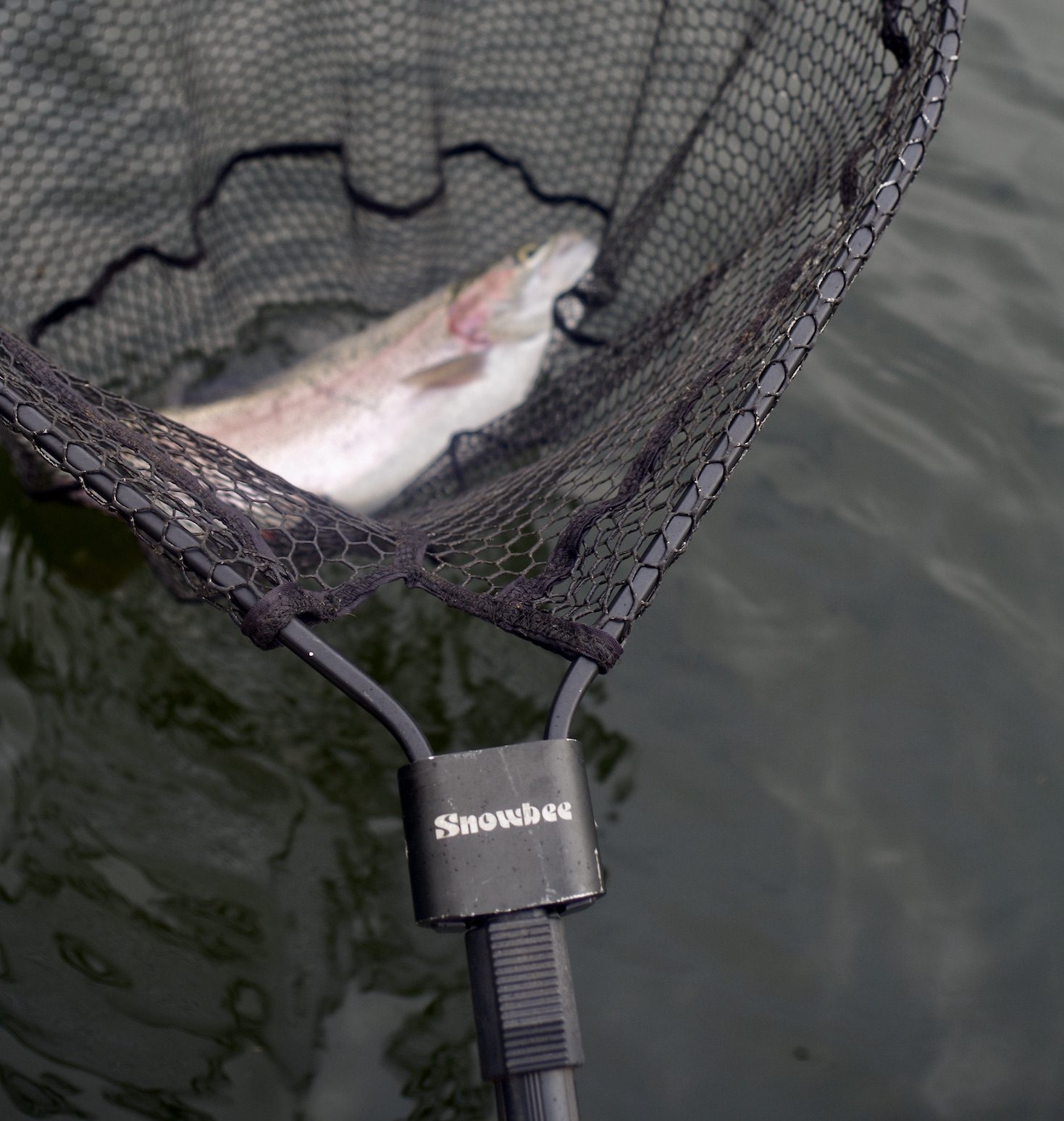“Fancy a day trotting for grayling on the Frome in Dorset ?” Asked my good friend Bruce.
Sounds good I replied and booked up the adjacent beat on the estate hidden away between Dorchester and Wareham. Weather looked good, dry and cold.
A week later on the eve of our trip; severe weather warnings in place. Sleet ,heavy snow and strong North East winds. We were to be right on the border of the severe weather with potential heavy rain instead of snow!
The call of the river is strong and at 6.30am I was on my way to meet Bruce at Honiton; a convenient half way meeting point on the journey. As I drove over Exmoor trees coated in heavy snow and roads slippery with slush and heavy snow falling I questioned our sanity.
After a short delay in Honiton as we arrived at different car parks we eventually converged and I loaded my grayling gear into Bruce’s capacious van.
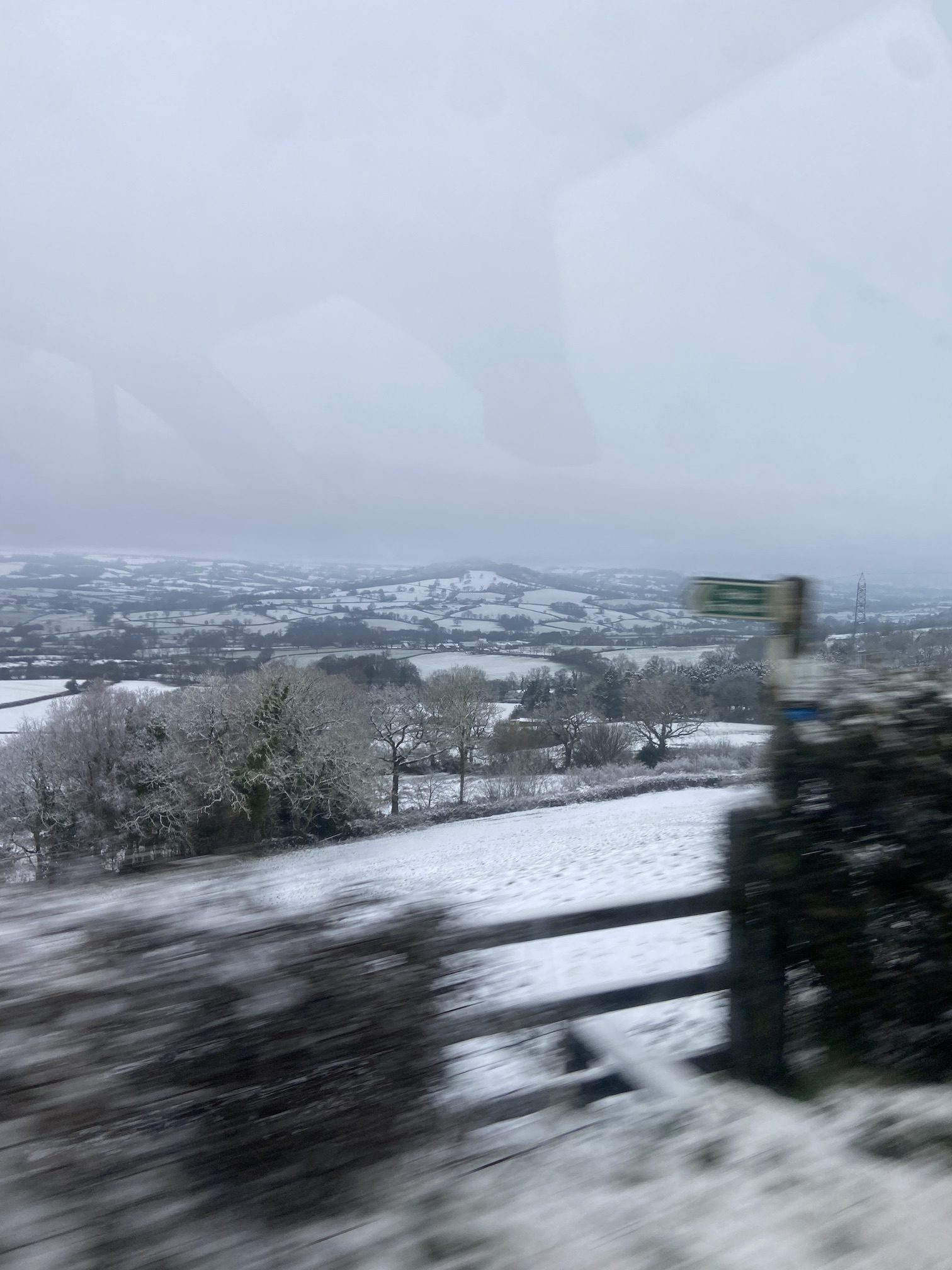
The higher ground was snow covered but as we got closer to the river the snow turned to rain.
Arriving at the river bank we were relieved that the rain had eased and the temperature had climbed to a balmy 3 degrees!
There was a bit of colour in the water but it looked Ok and running a little fast. The prospect of a good grayling had us both buzzing with excitement as we threaded line through the rings setting up with crimson topped floats, size 14 hooks and 3lb hook lengths.
Bruce walked the Upper beat with me showing me some promising swims where he had enjoyed success on previous visits.
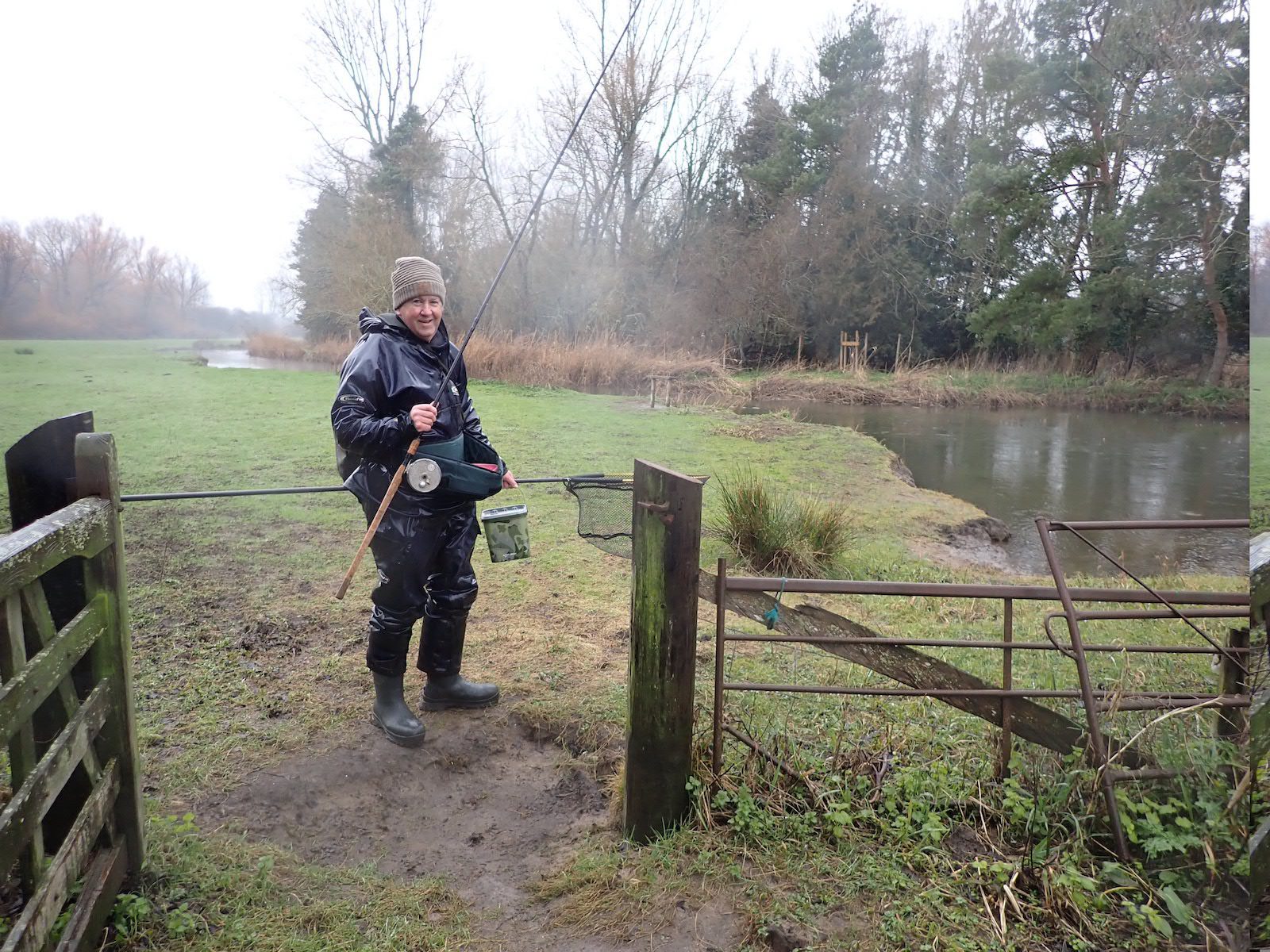
I set the depth to allow the maggot or corn hook baits to trip over the gravel bottom. The fishery has produced grayling to over 3lb with 2lb fish highly likely.
After half an hour of trotting I hooked a powerful fish that fought hard in the strong current. I was disappointed when the flanks of a two pound plus out of season brown trout appeared. I netted the fish and slipped it back. This was followed ten minutes or so later by an almost identical trout. It might even have been the same fish.
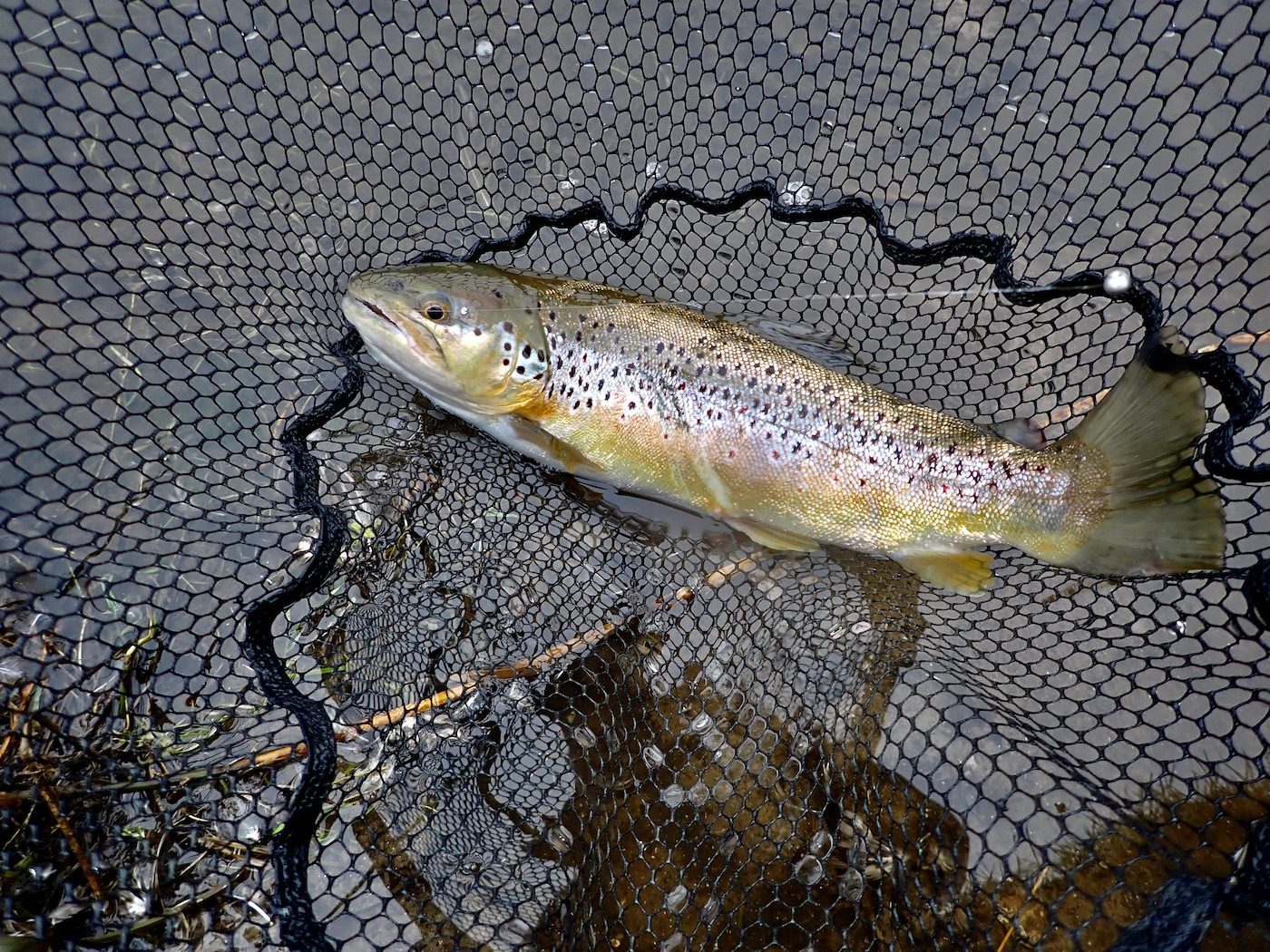
I fished various swims as I fished slowly down river trotting baits through likely looking runs. It was good to be beside the river despite the damp gloomy conditions. I noticed the wrens flitting to and fro amongst the bank side reeds. Flocks of long tailed tits flew about in the adjacent trees.
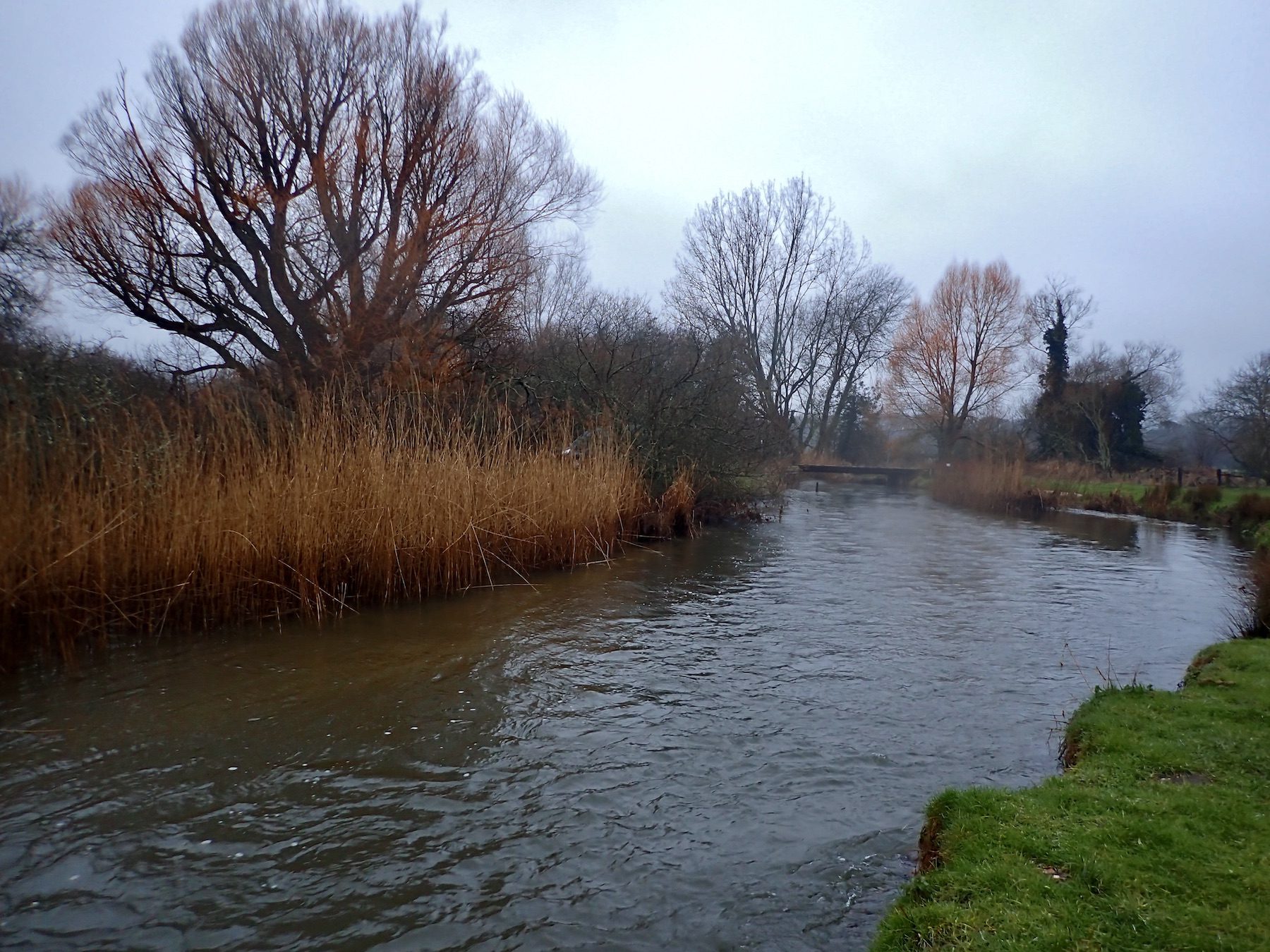


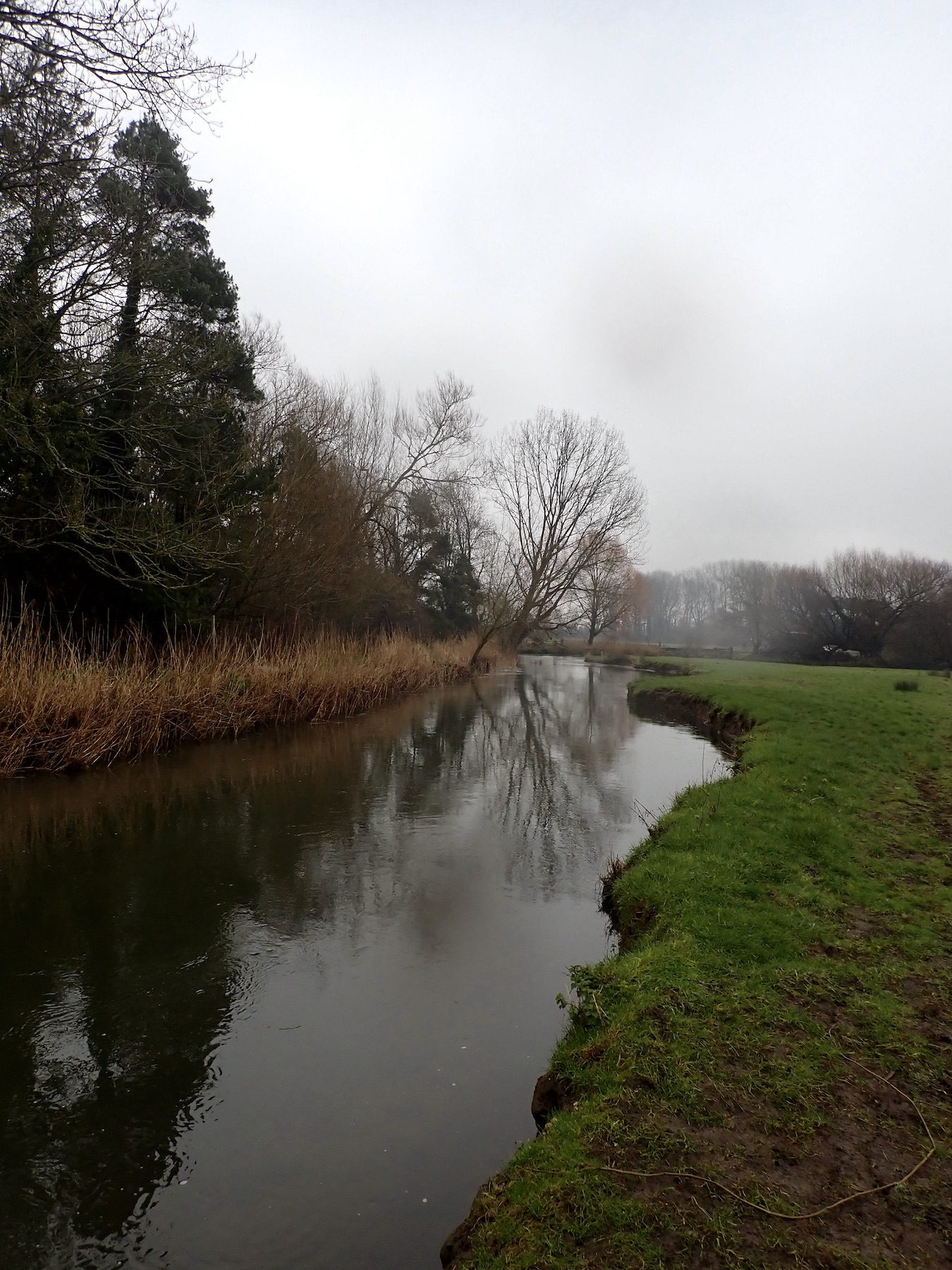
The float dipped from time to time as the baits caught on the bottom but grayling were proving elusive. In a promising run the float dipped and I was delighted to feel a satisfying resistance and glimpse the dorsal fin of a good sized grayling. At 1lb 14oz it was a pleasing result.
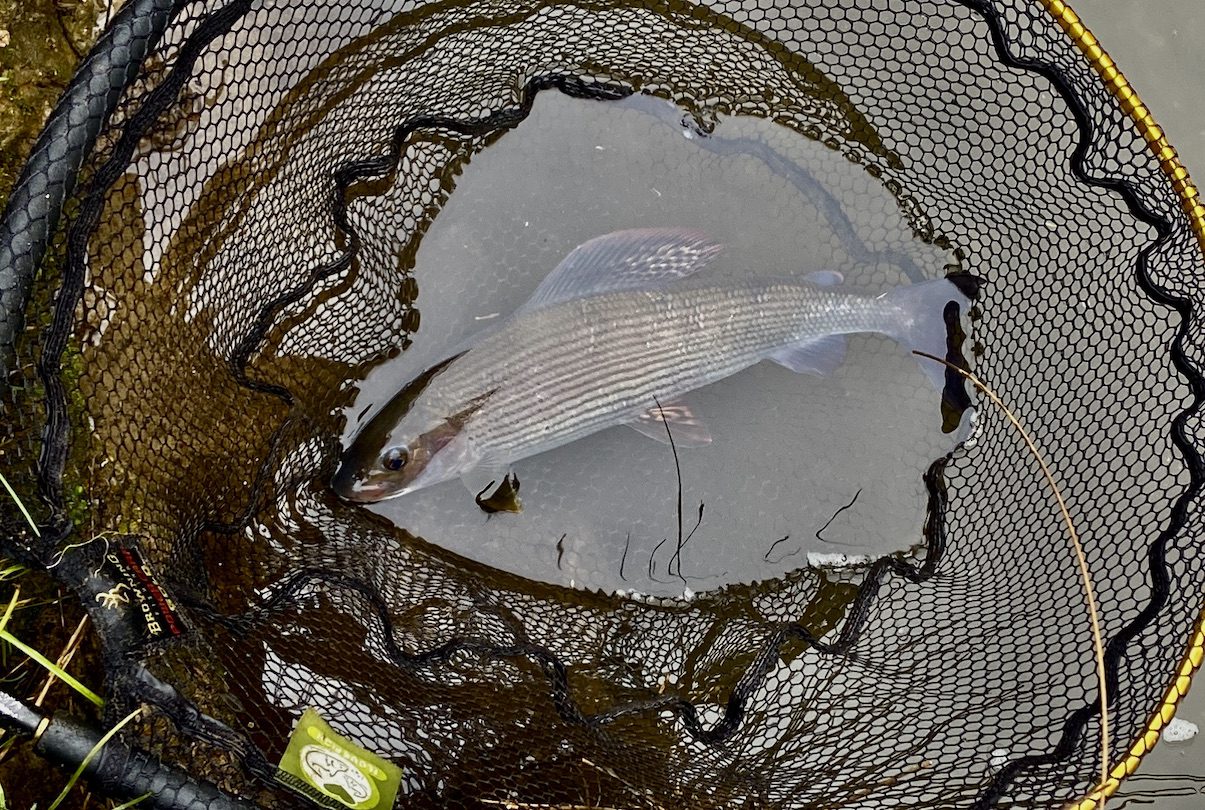
By now it was gone 1.00pm and I was almost back at the van. I dropped Bruce a message and we met up for lunch in the back of the van. Comparing notes, it was obvious that the grayling were not in a cooperative mood. Bruce had tempted two grayling one of over 1lb the other a little smaller. He had also caught a brace of trout.
After the short break we set back out onto the river. I returned to the swim I had caught the grayling in before dinner. After a couple of trots the float dipped and a second grayling of around 1lb 8oz was brought to the net.
I spent the next couple of hours searching the beat with a couple of brief hook ups and another out of season brown trout. As the light faded my expectations waned and I headed down to see how Bruce was getting on.
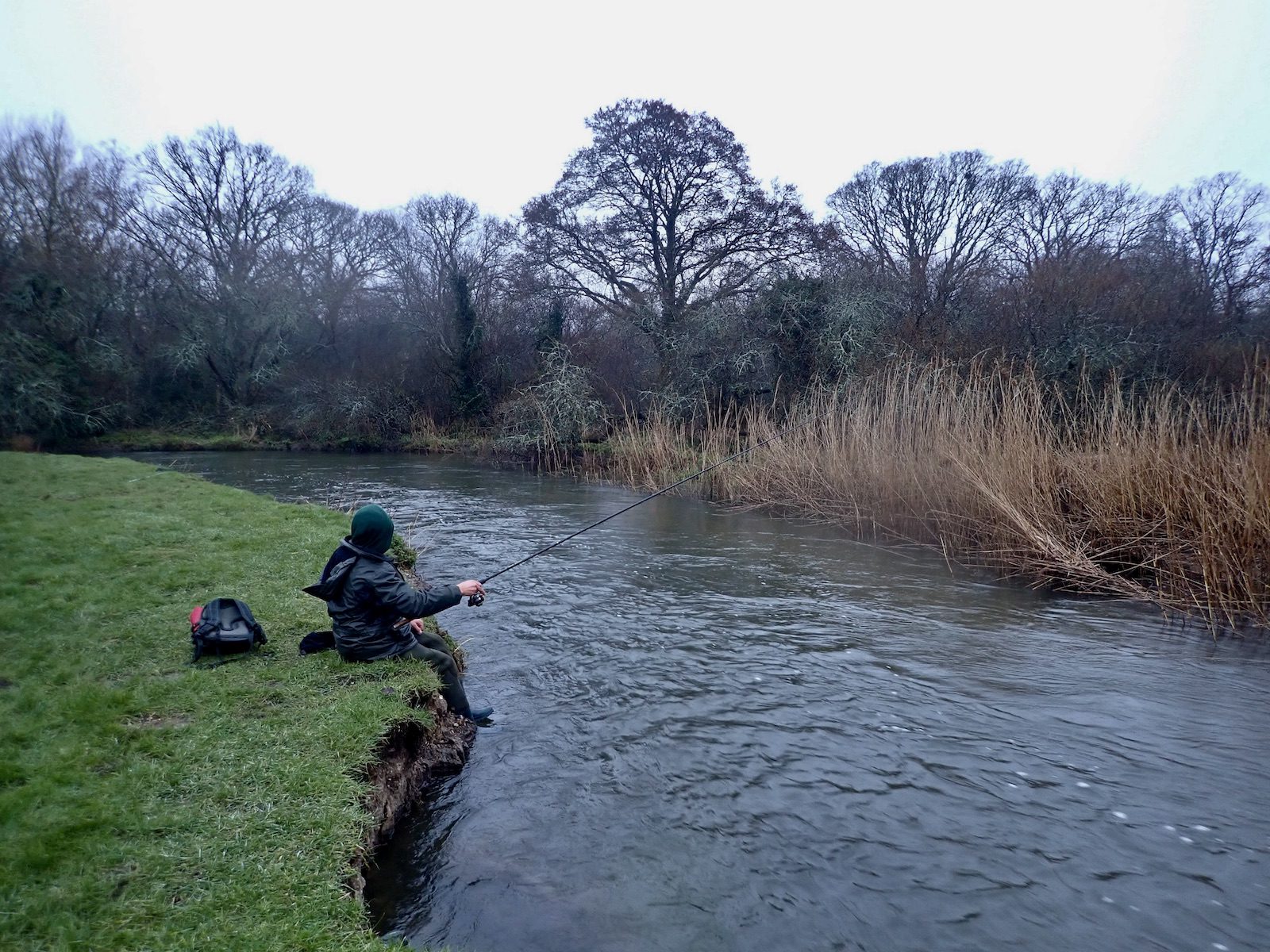
Bruce was trotting his float expertly through a fast run and had just lost a good fish. The light was fading fast, as I watched the float shot under and Bruce was into a good grayling of around 1lb 12oz. I had packed away my rod and enjoyed watching Bruce fish until the float was barely visible.
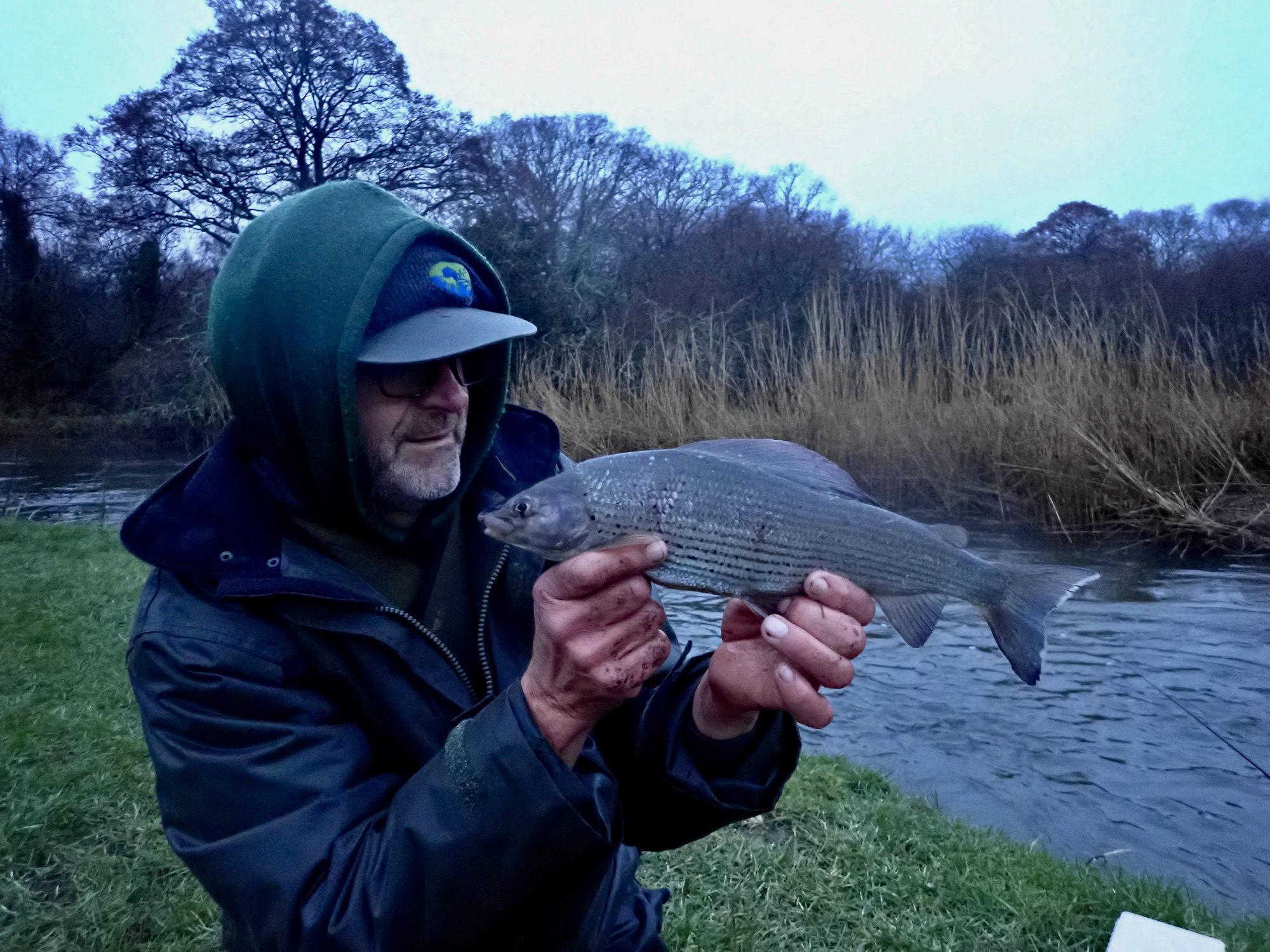
It had been a good day’s fishing. Hard going in cold gloomy conditions with the grayling hard to tempt. The strong east wind forecast had not arrived and the heavy rain held off. We will be back next winter for sure.
We drove home through heavy rain with sleet on the high ground. I arrived at Tiverton to find the link road closed resulting in an unwelcome diversion over the snowy moors. I arrived home at close to 10.00pm a long but enjoyable day at the water’s edge.

